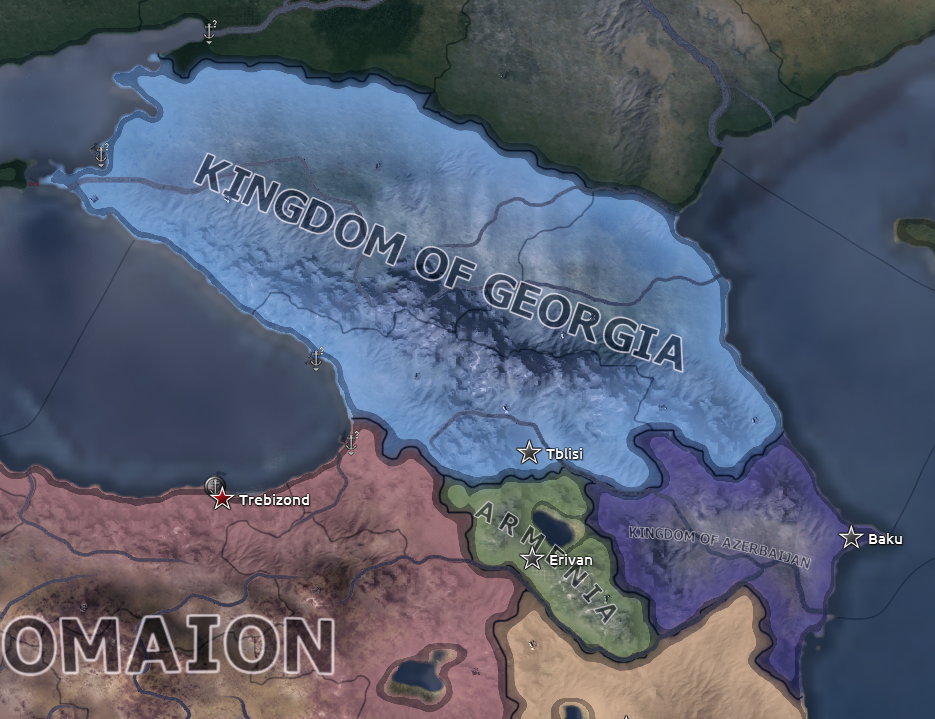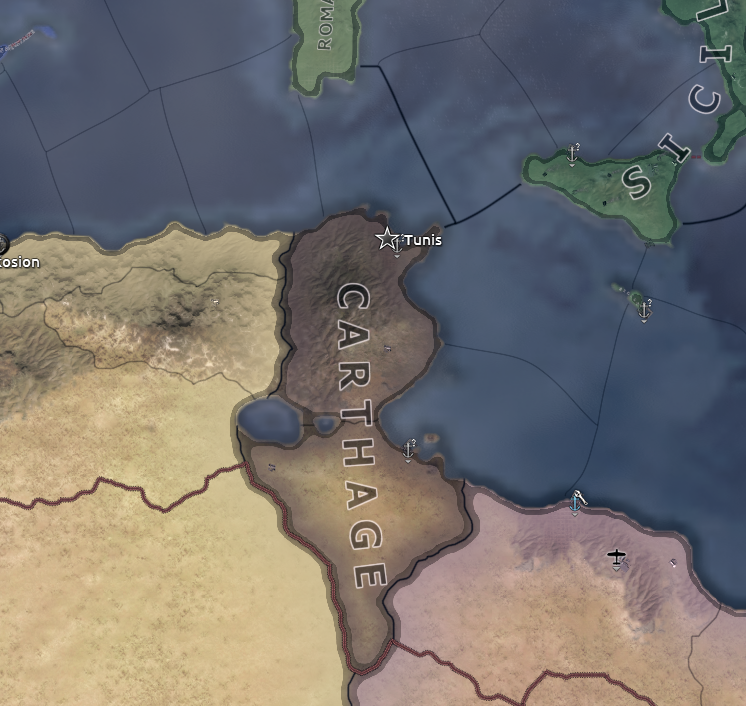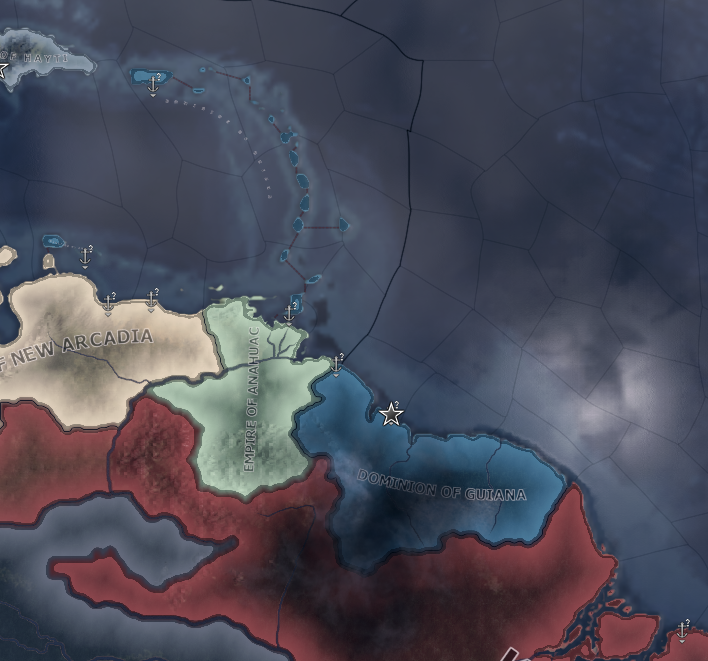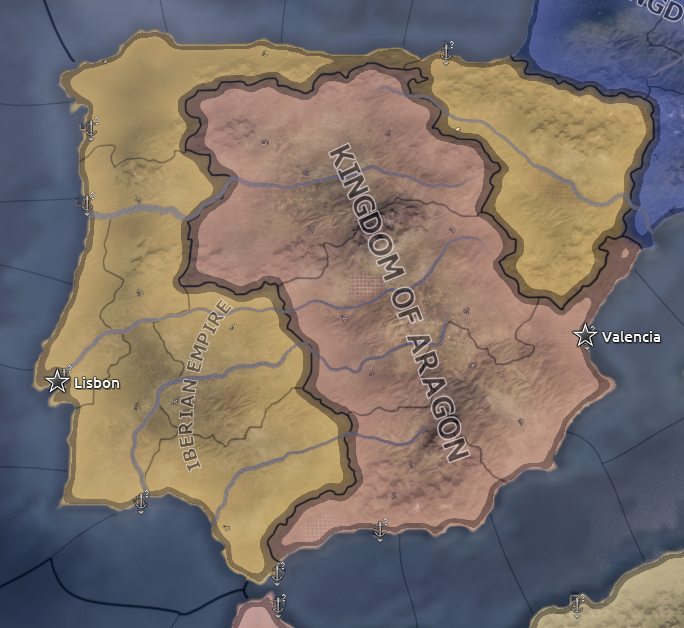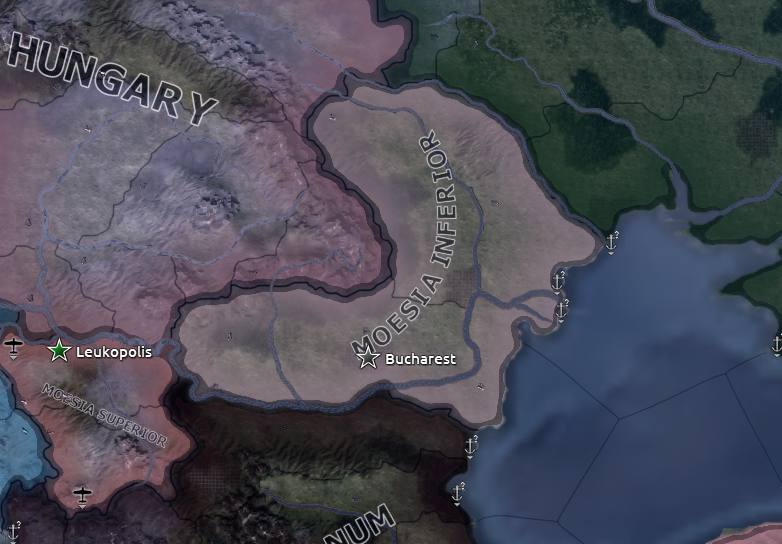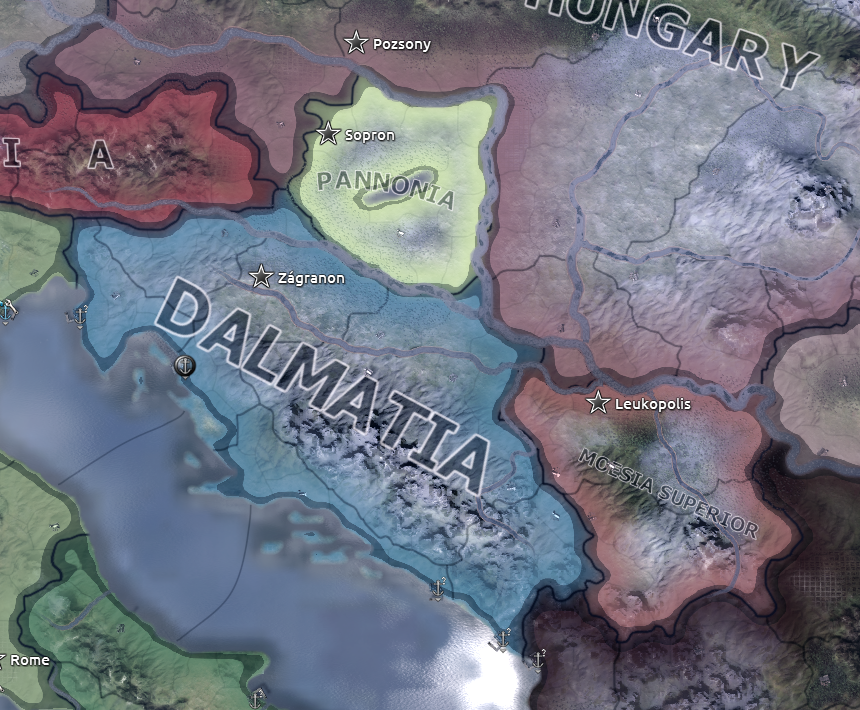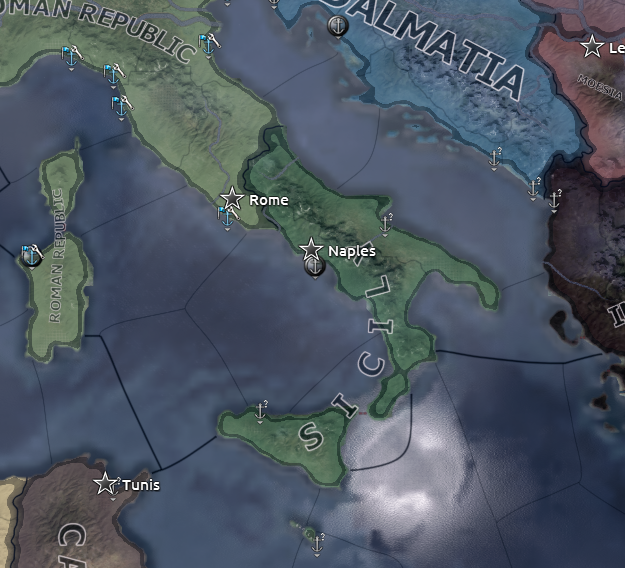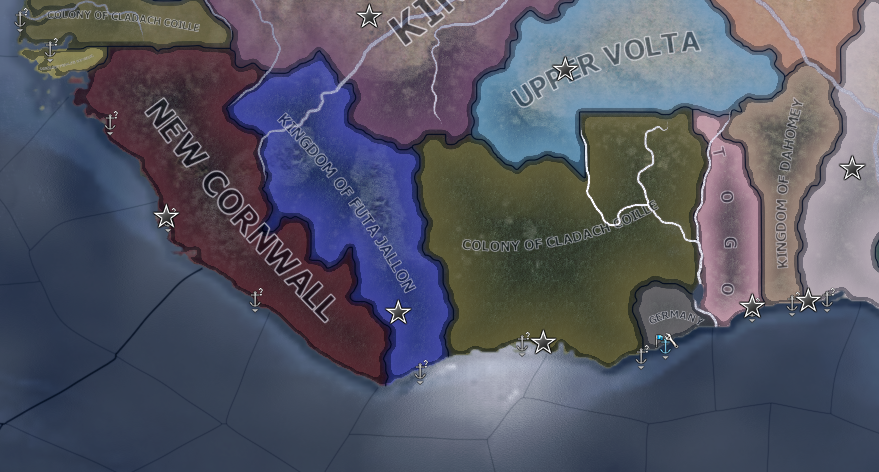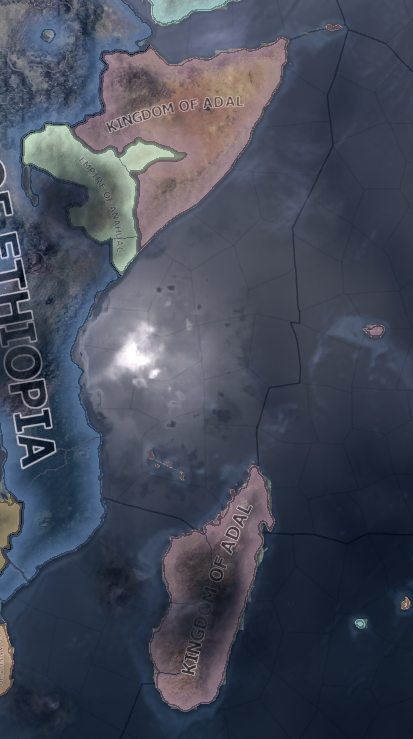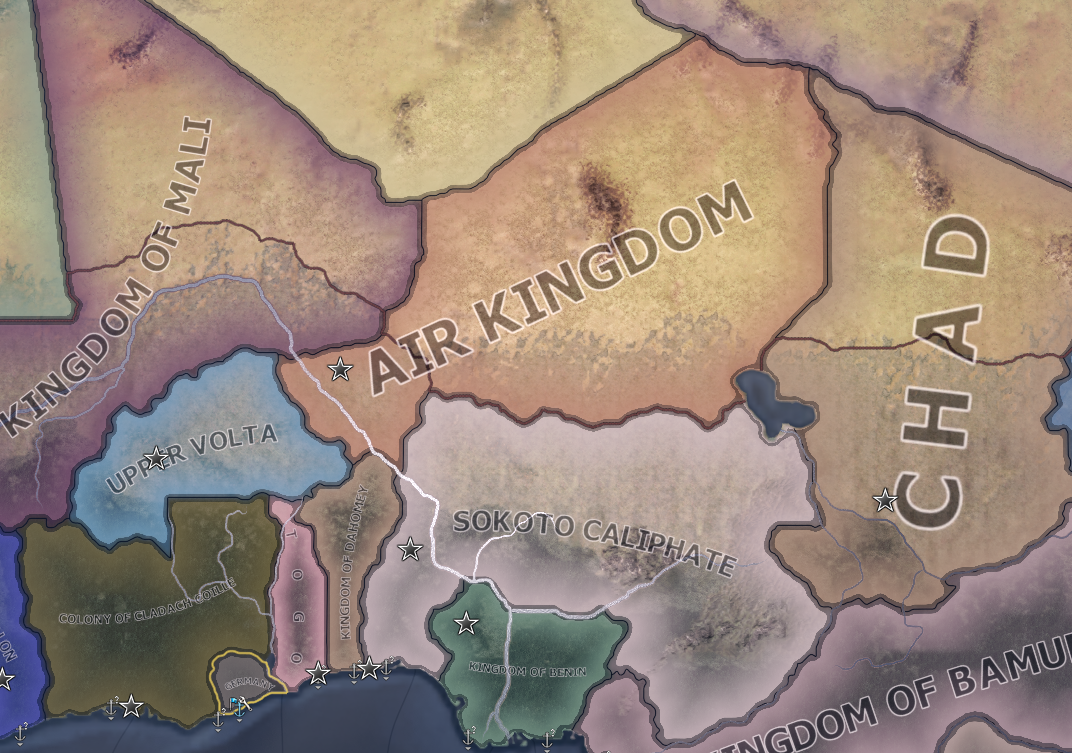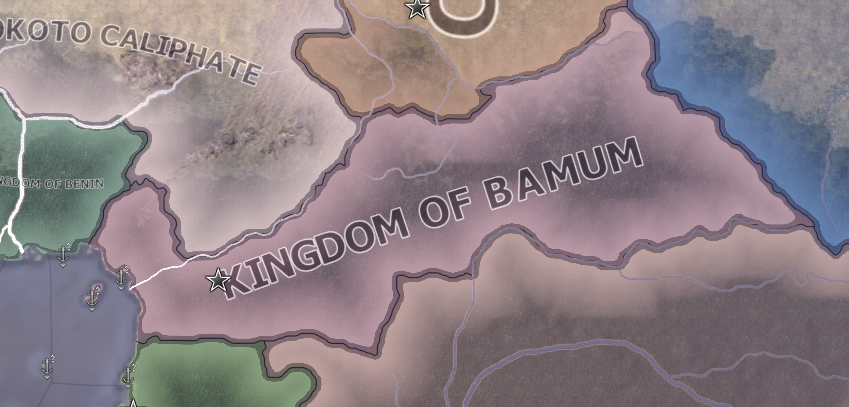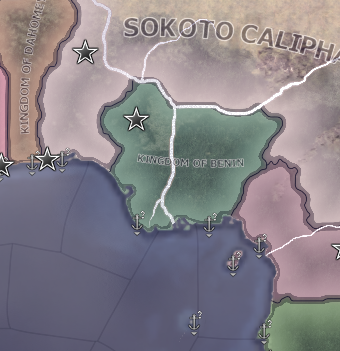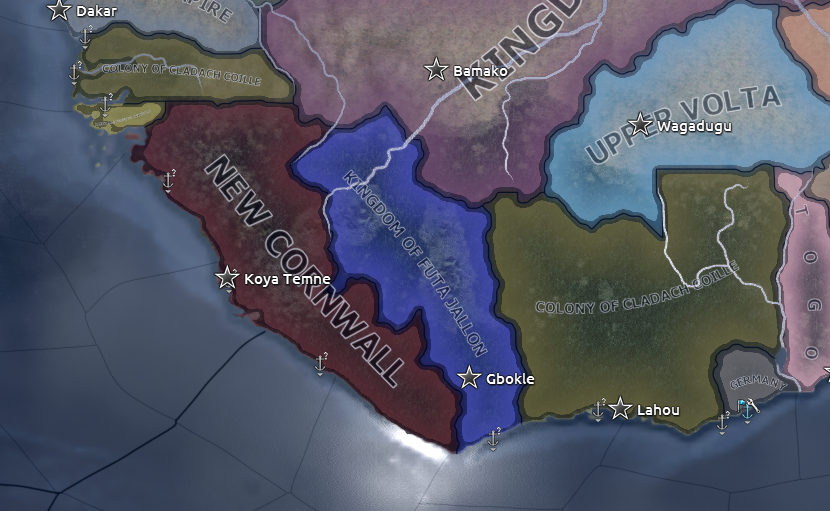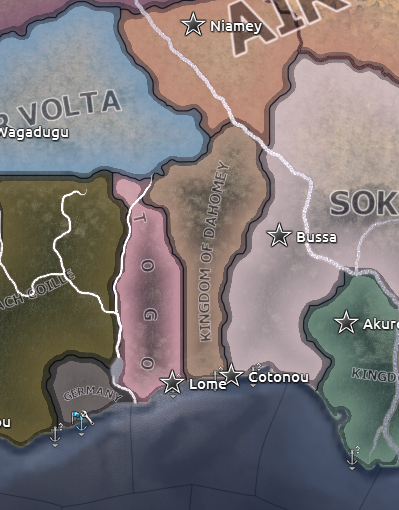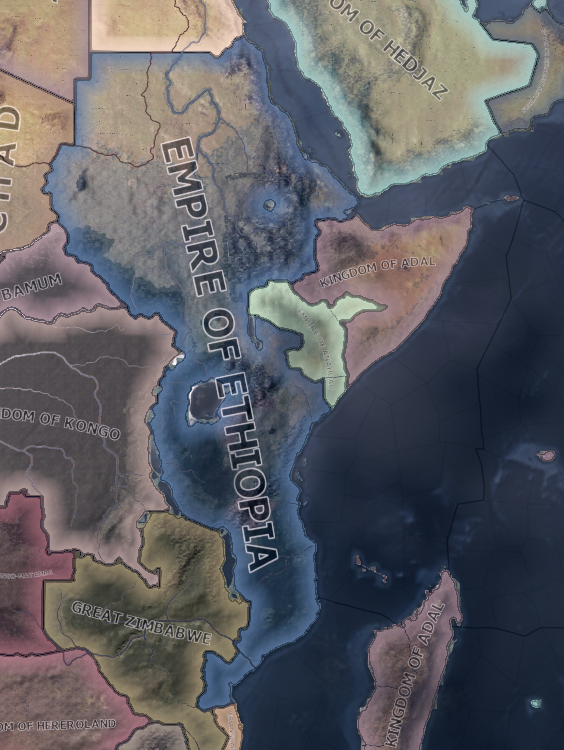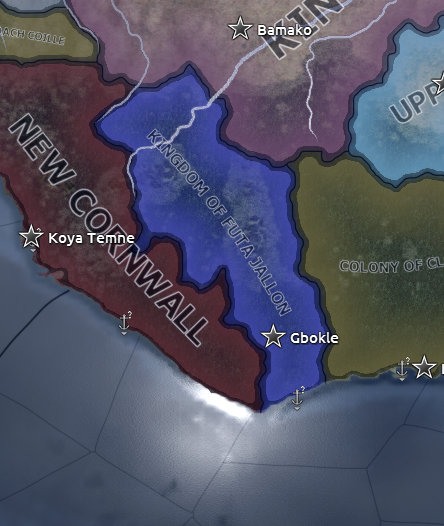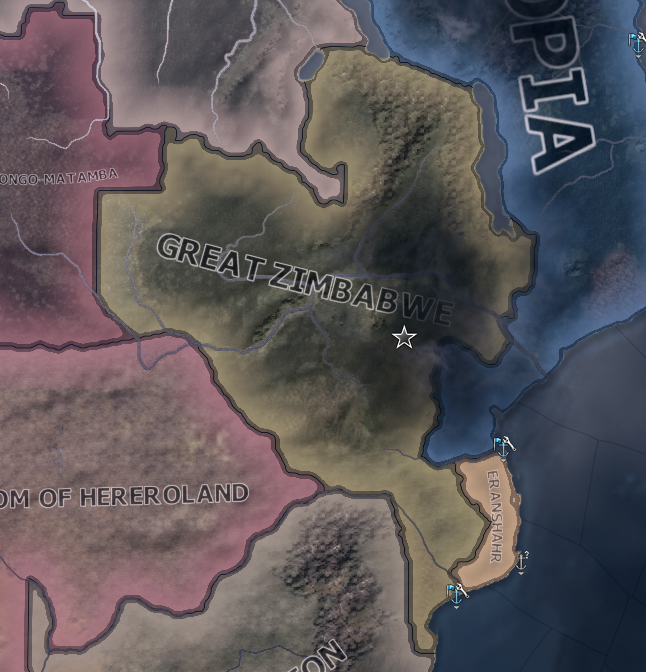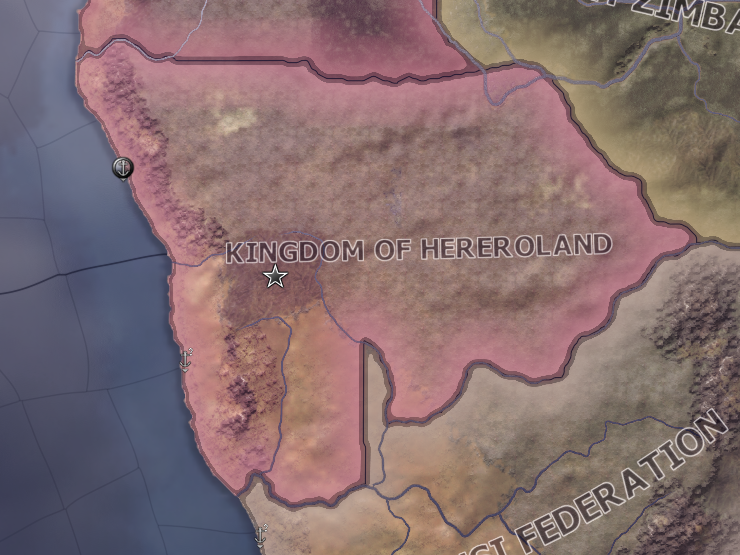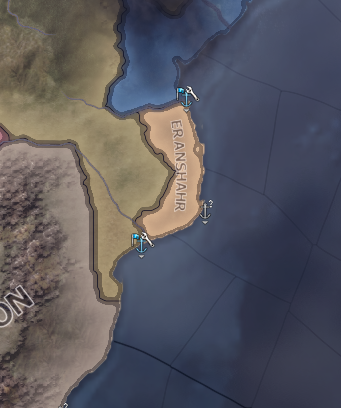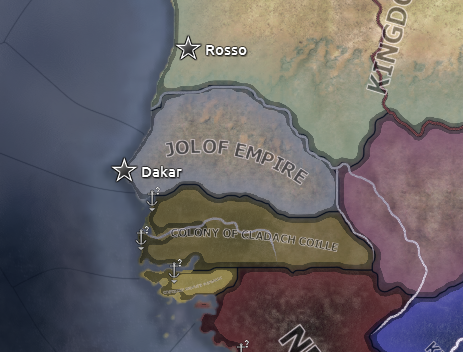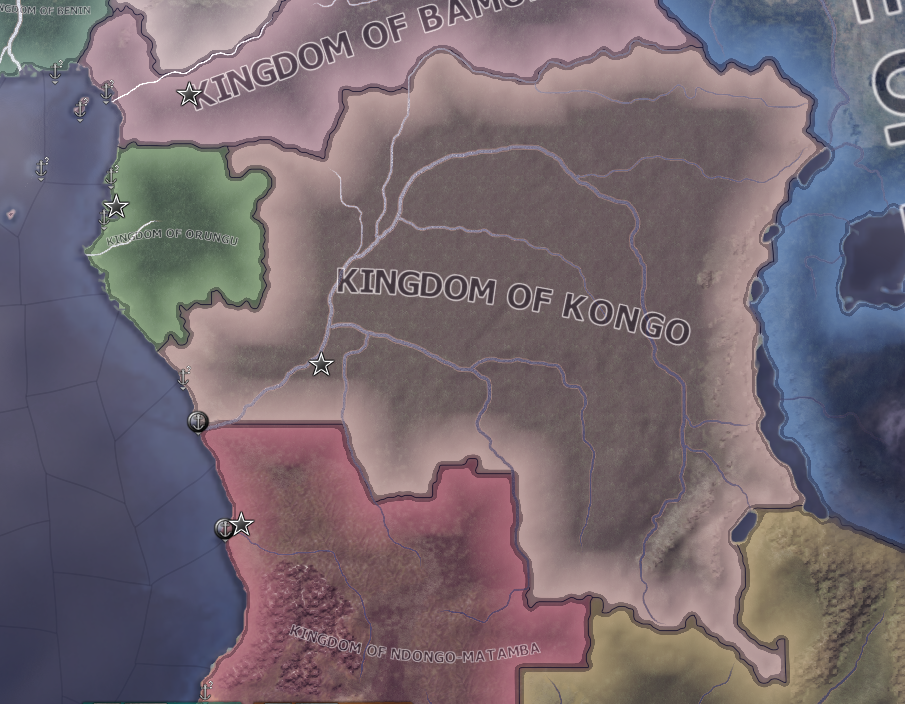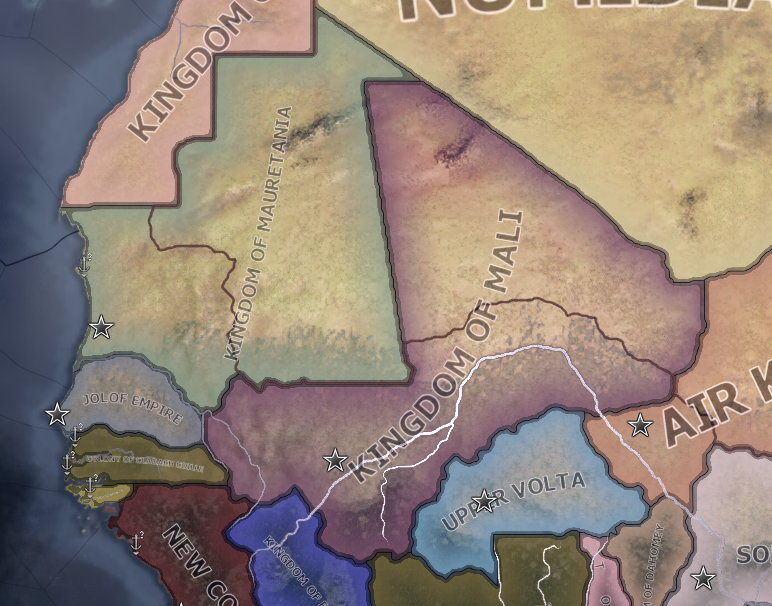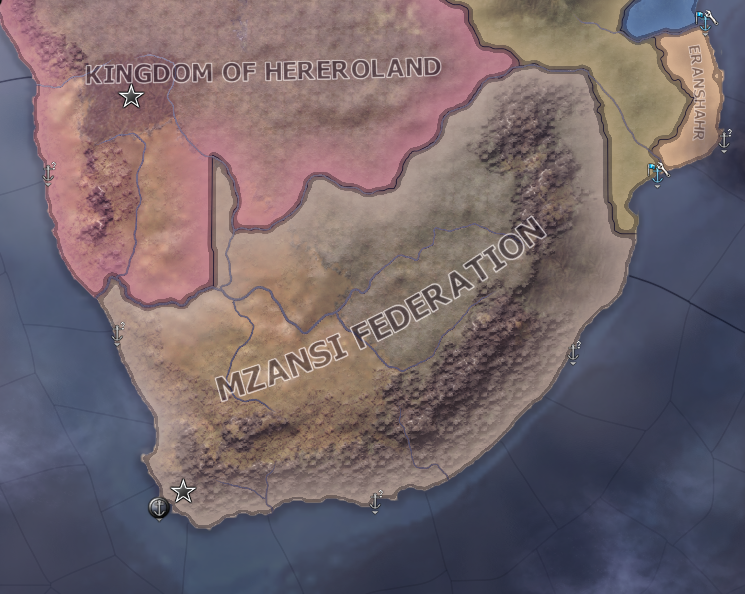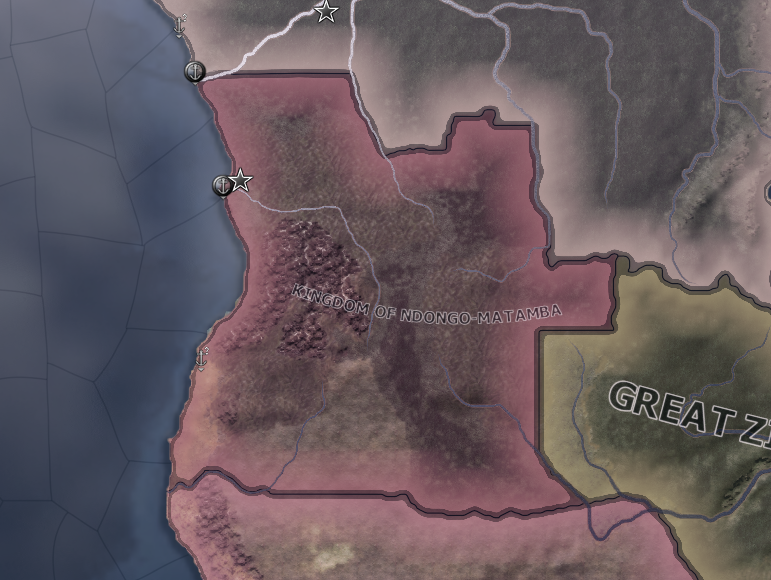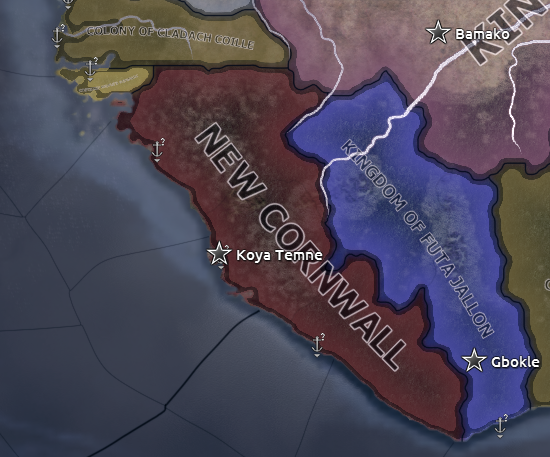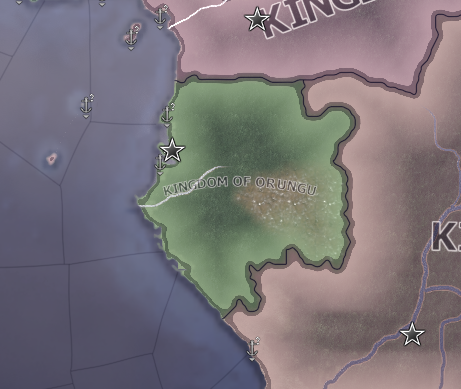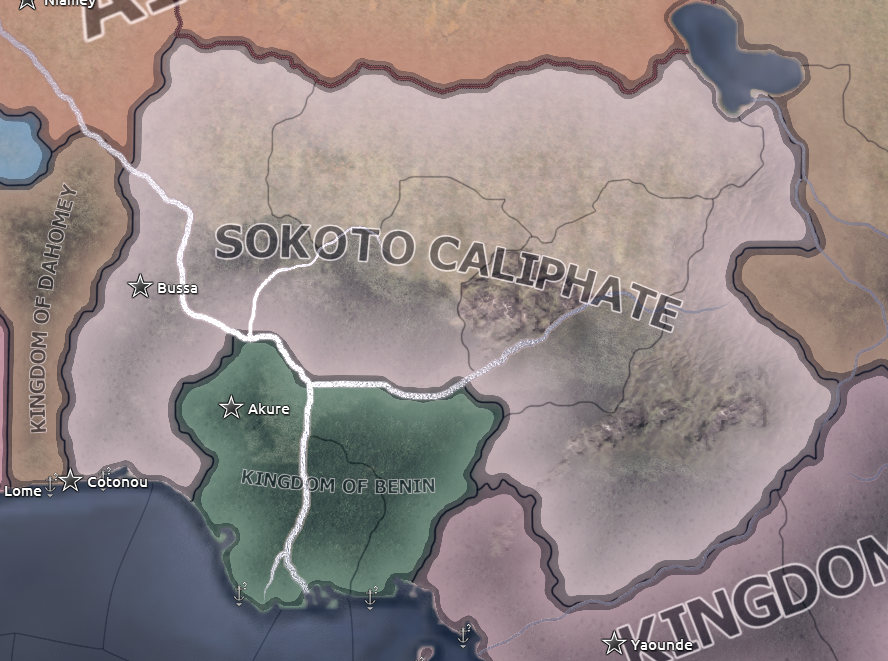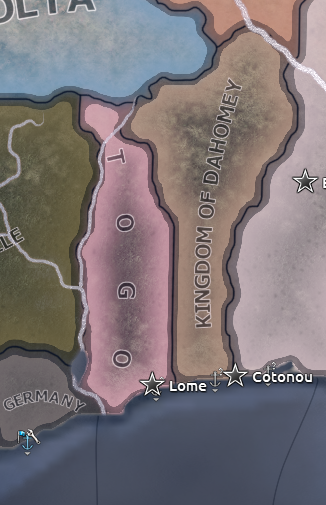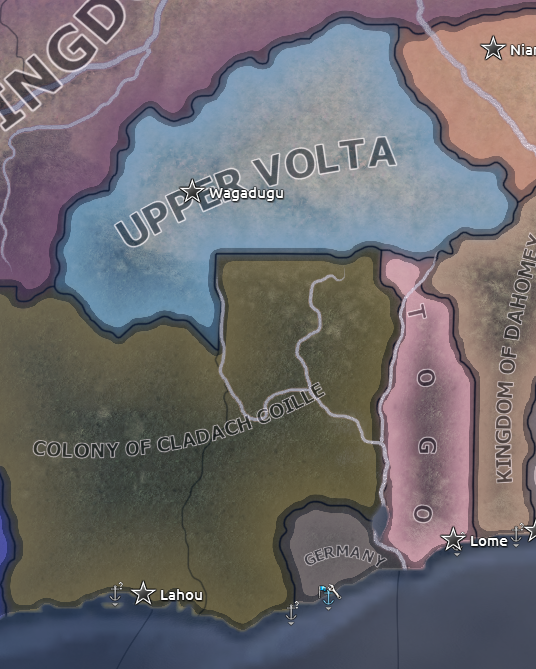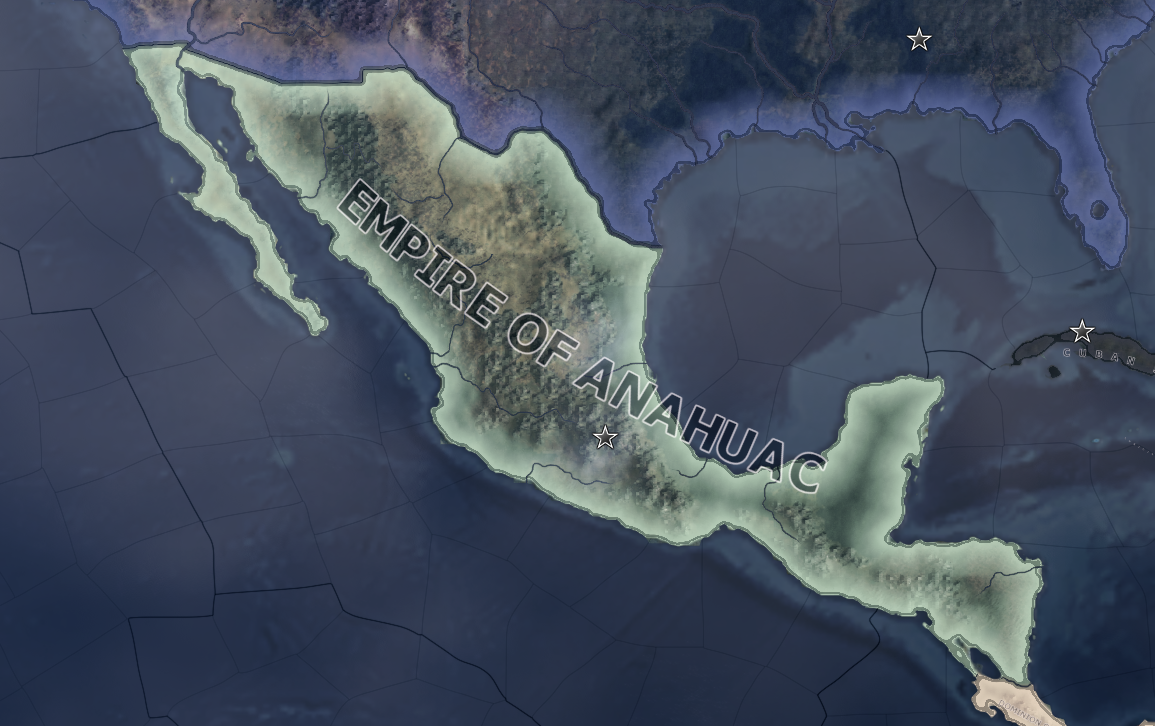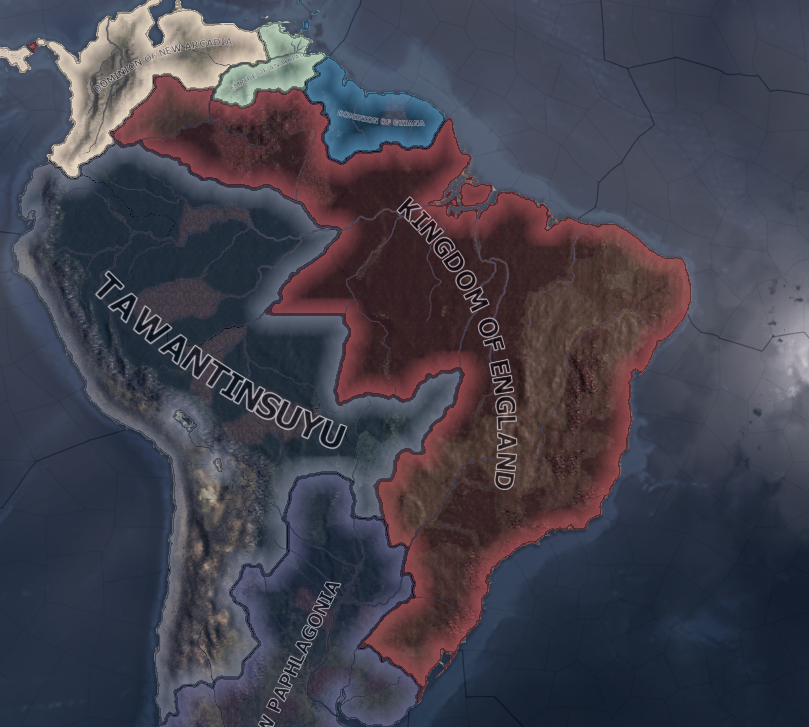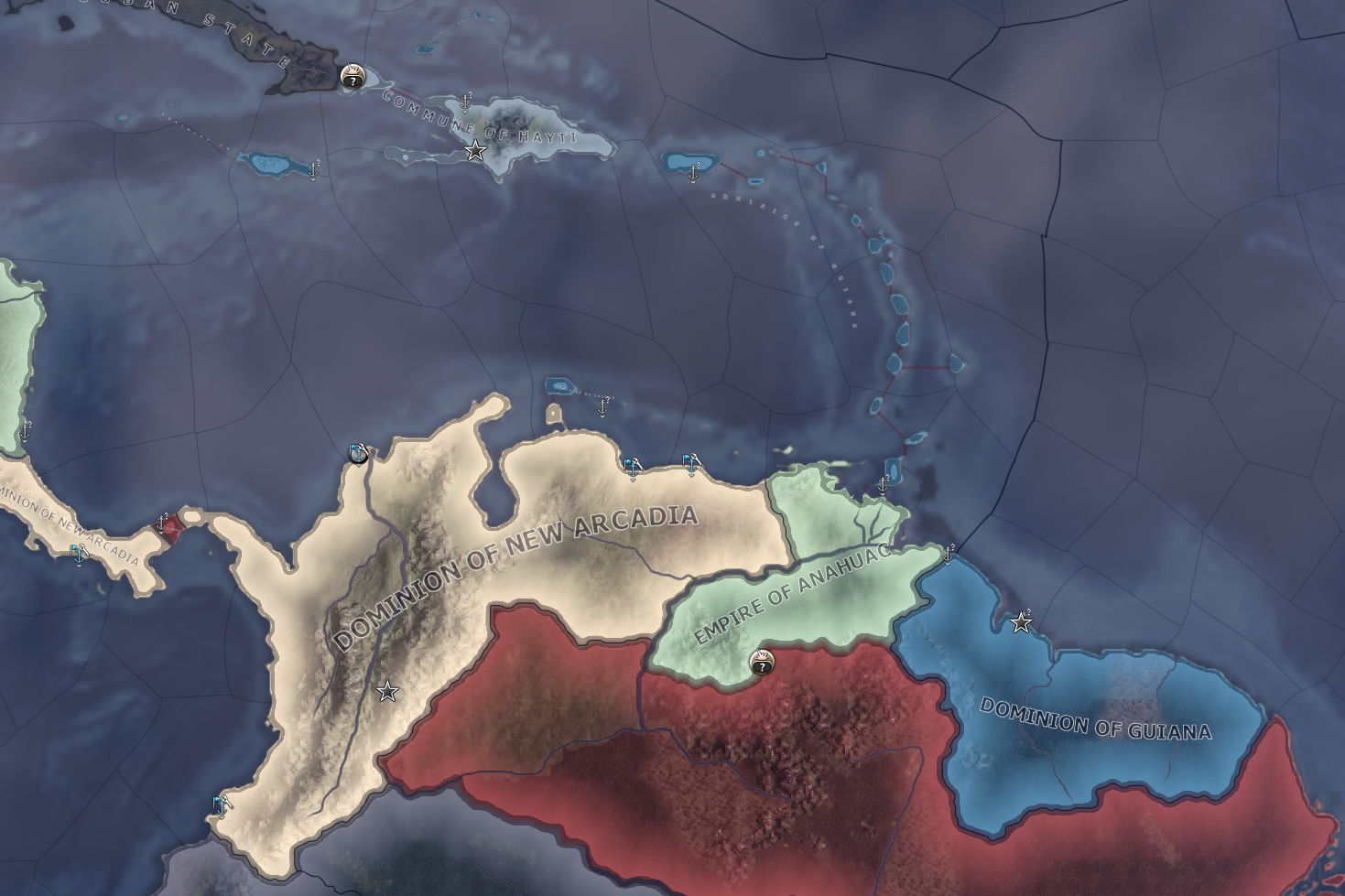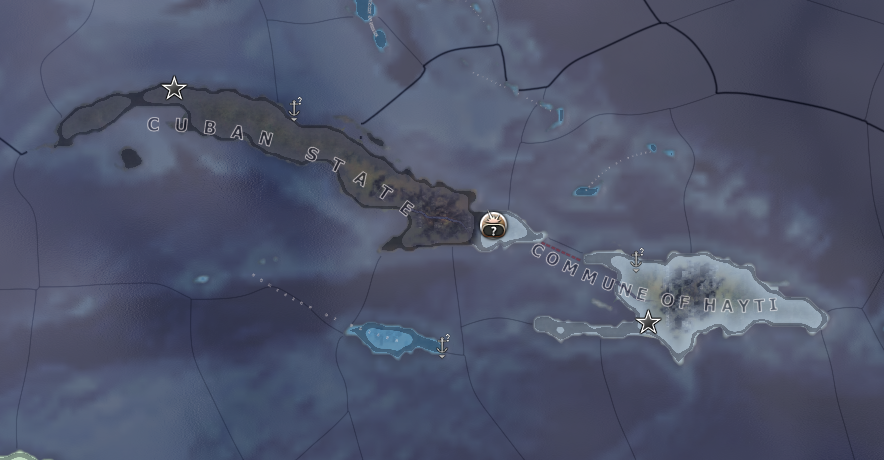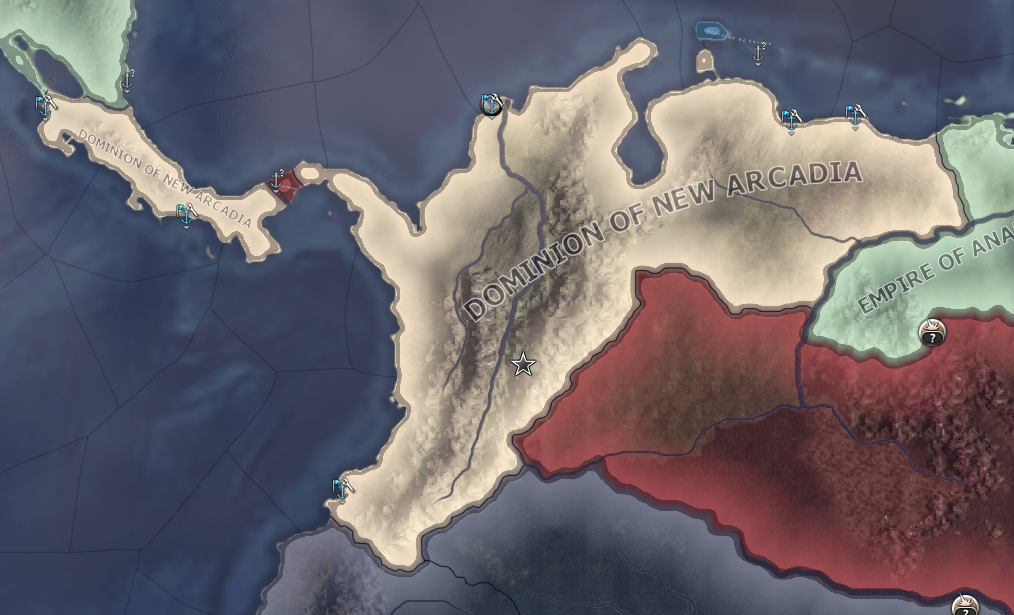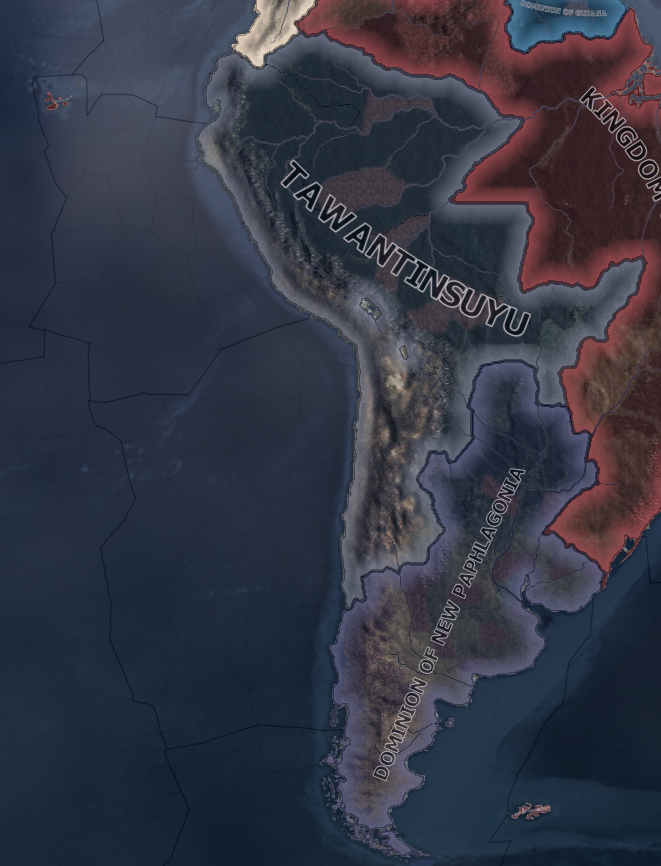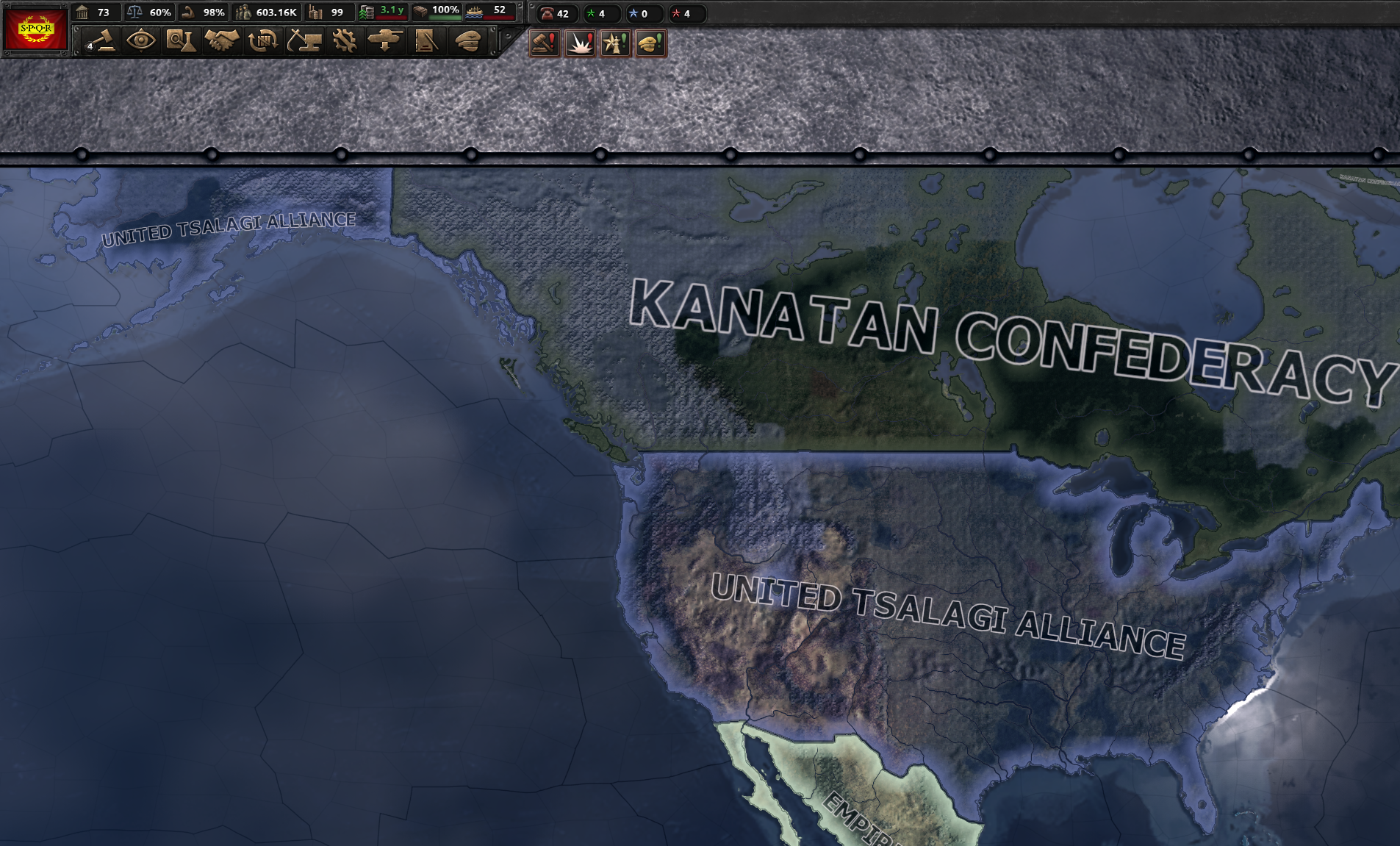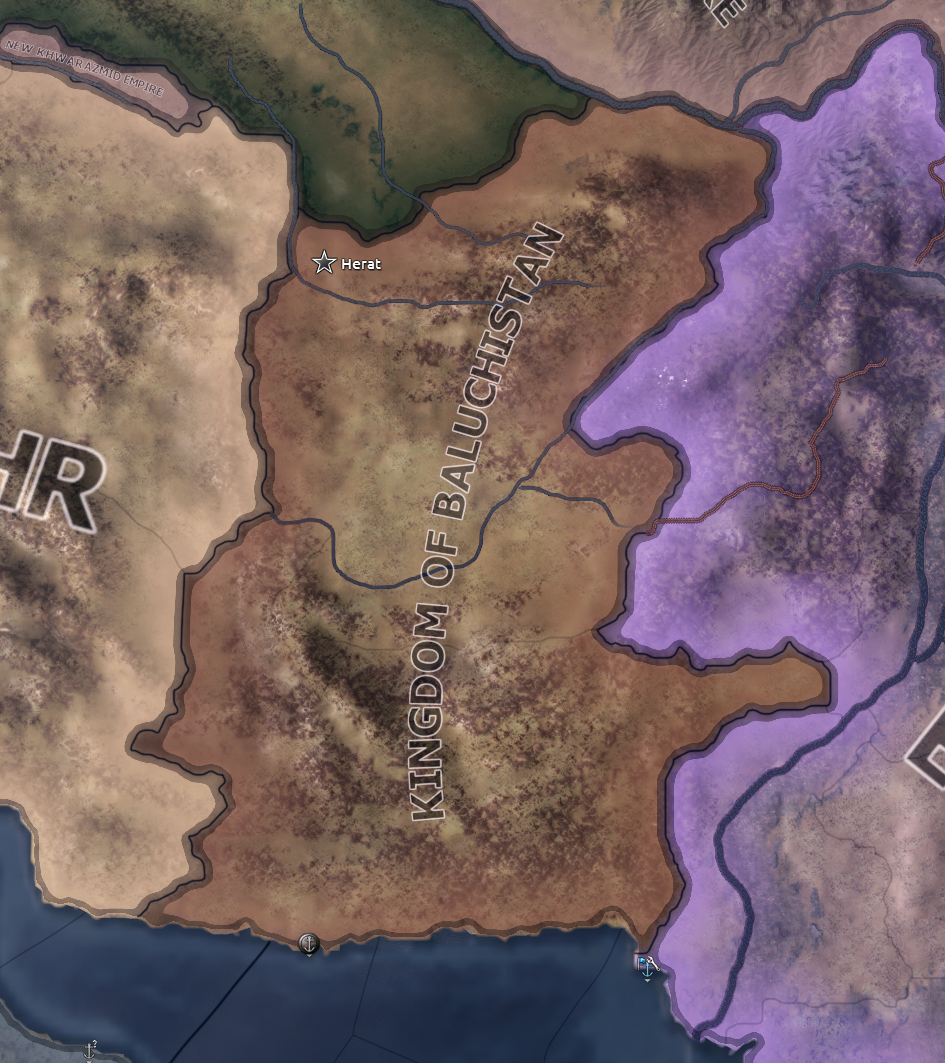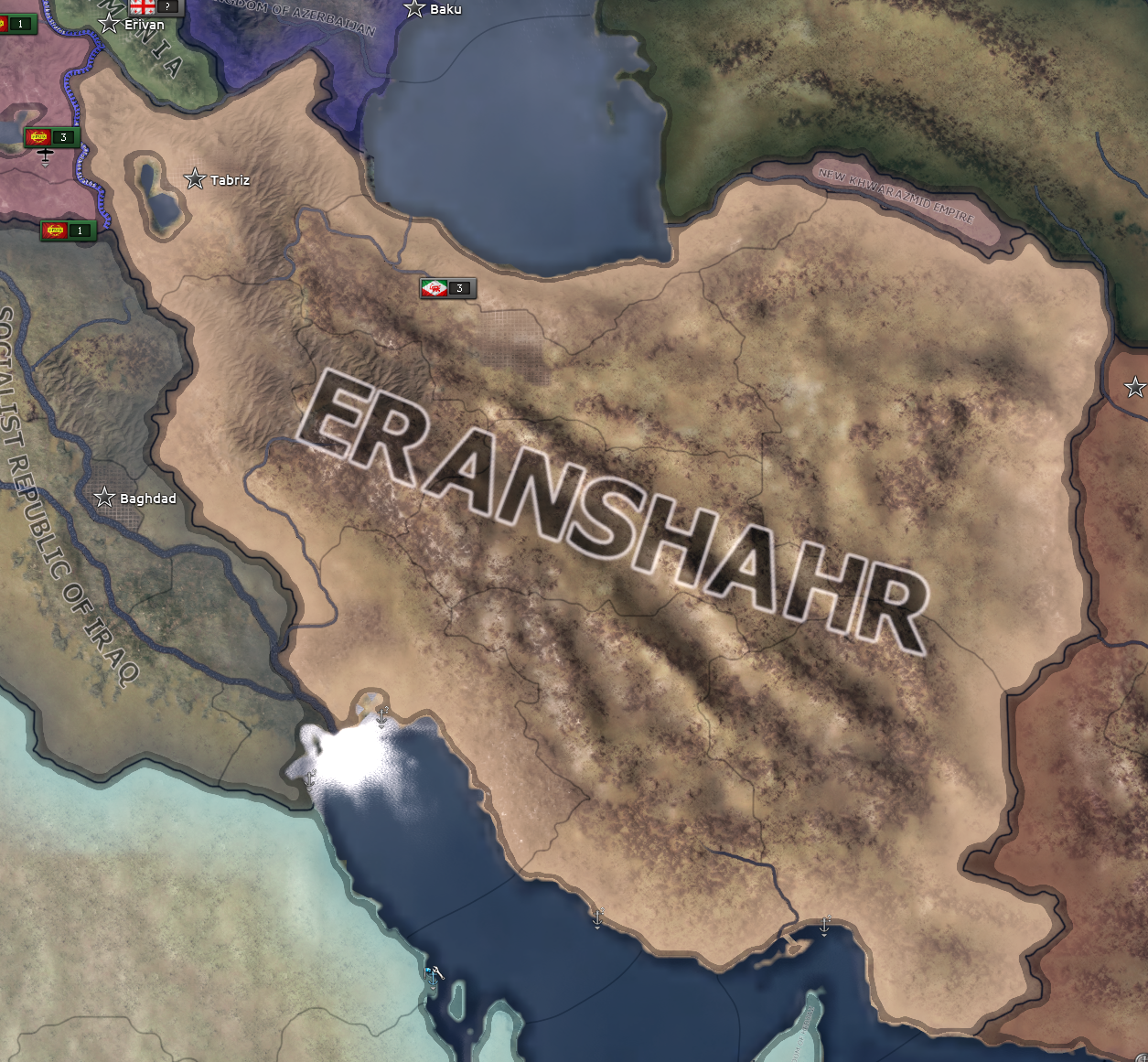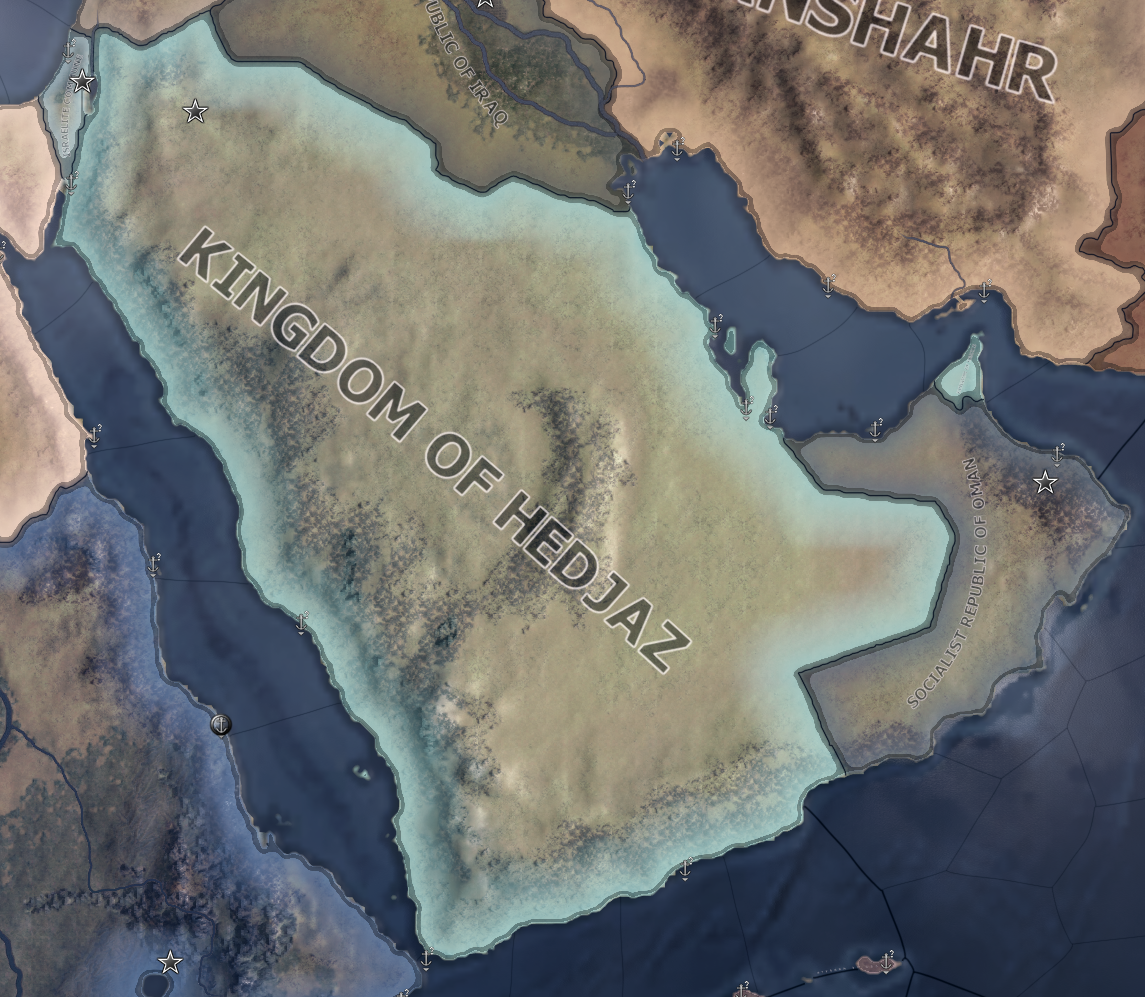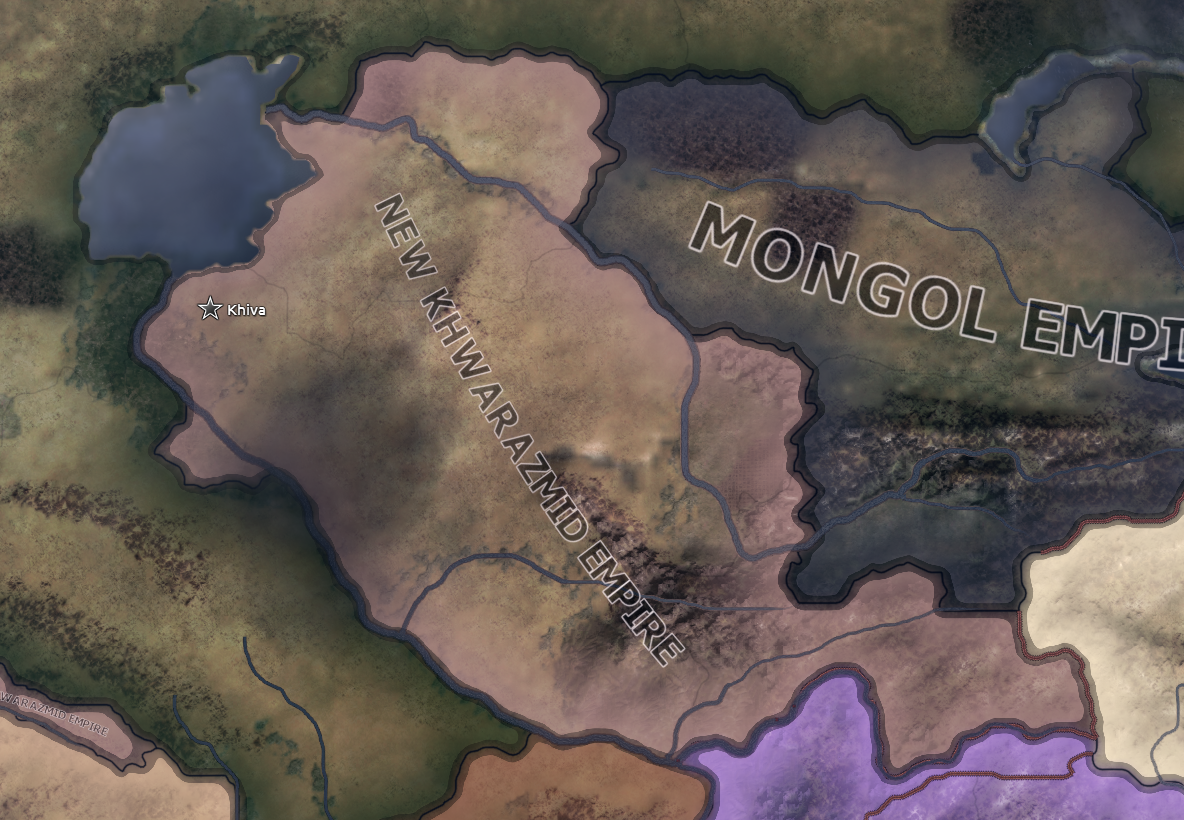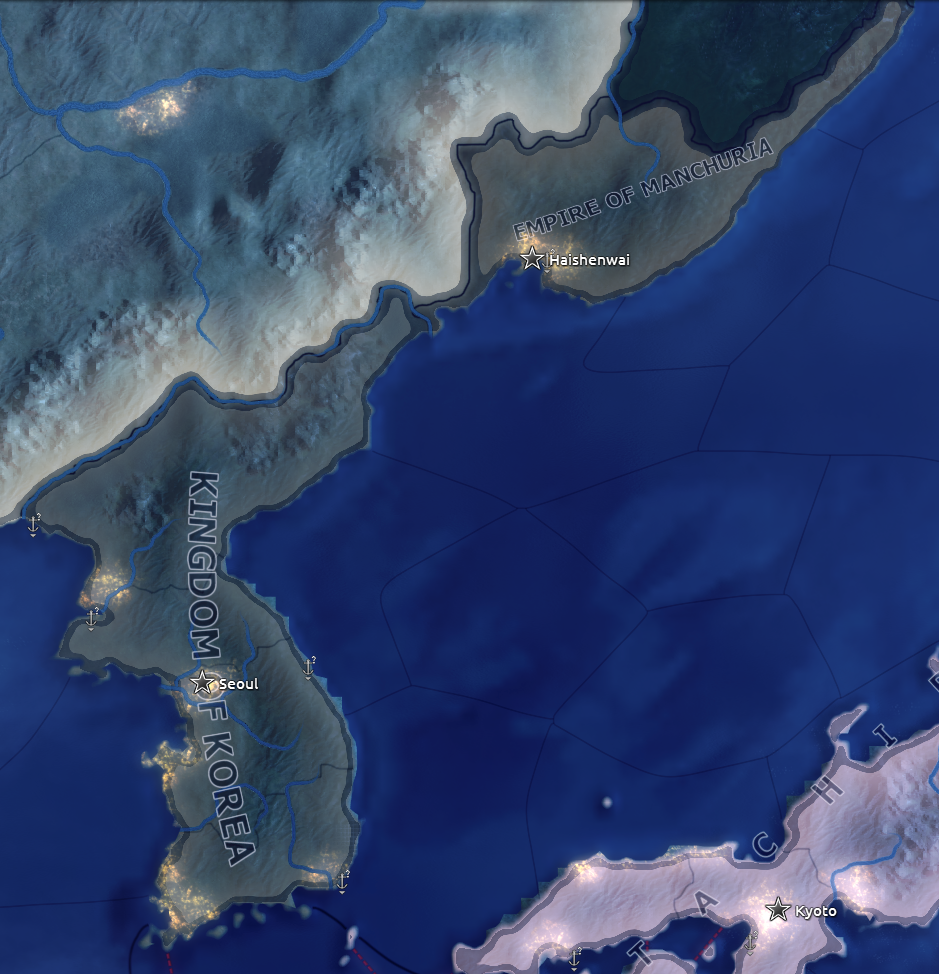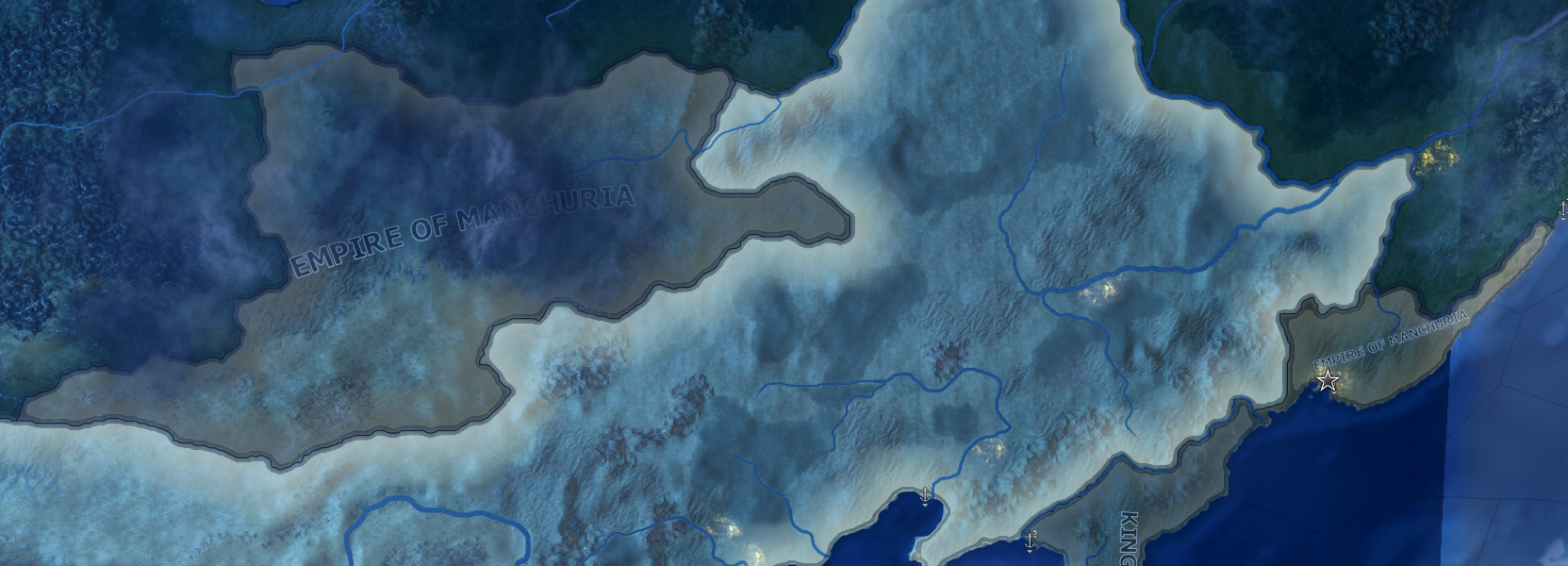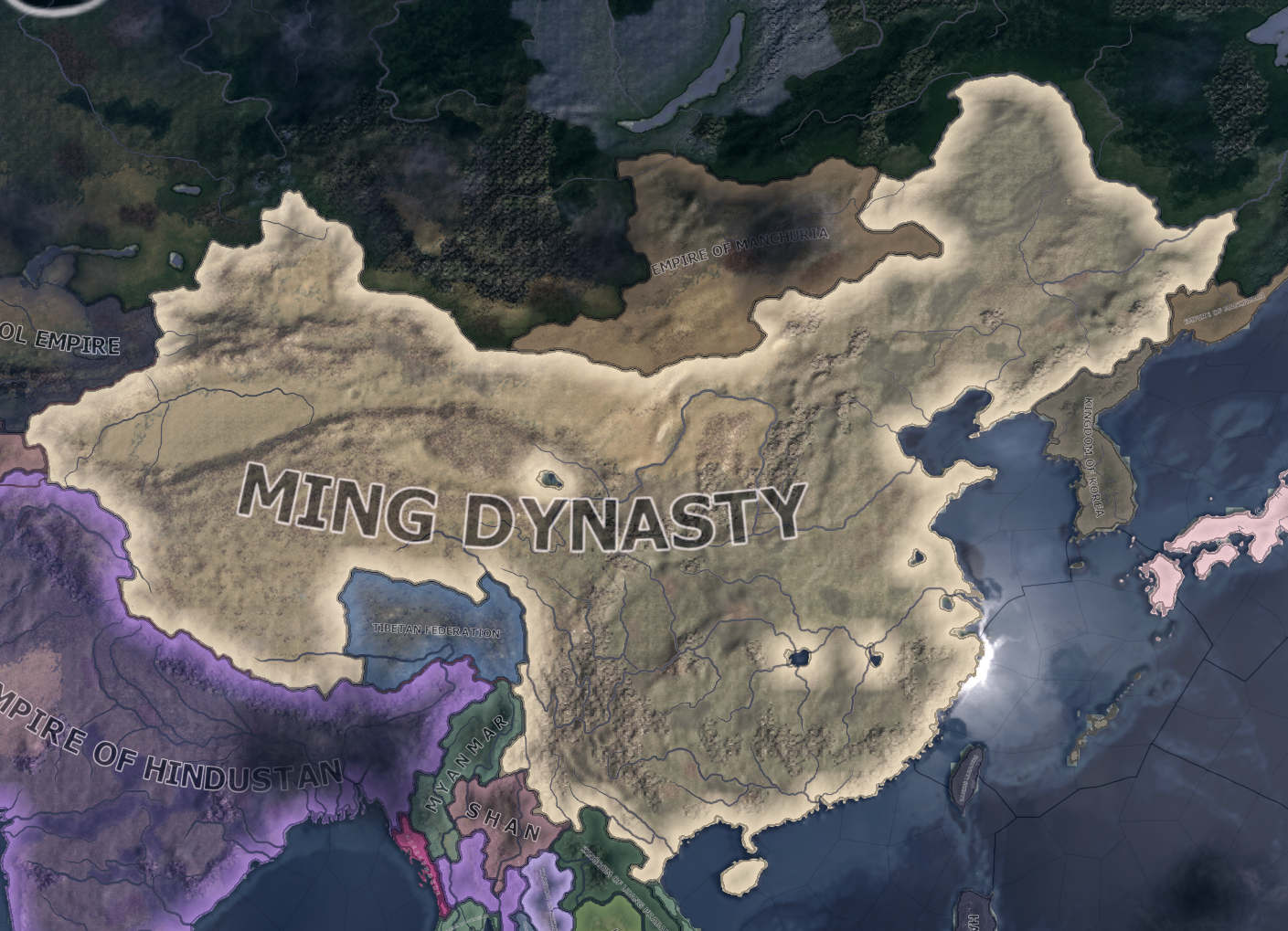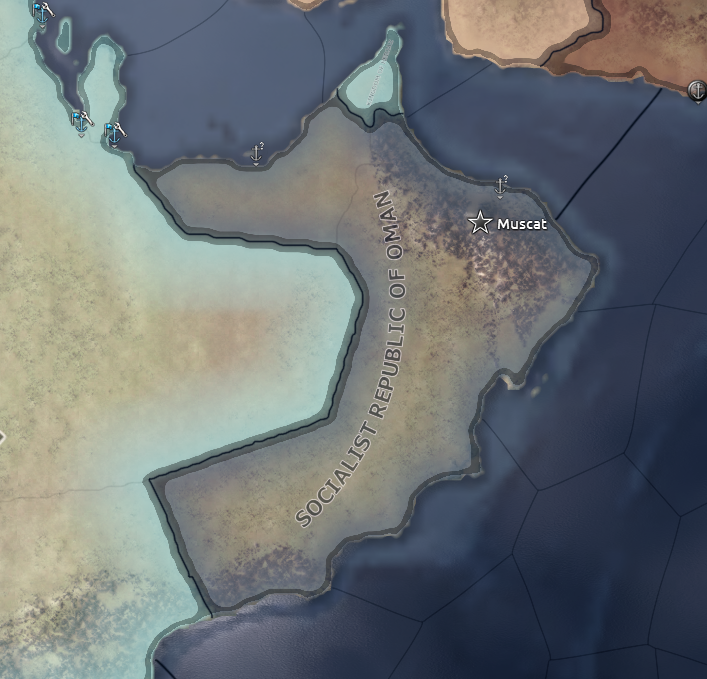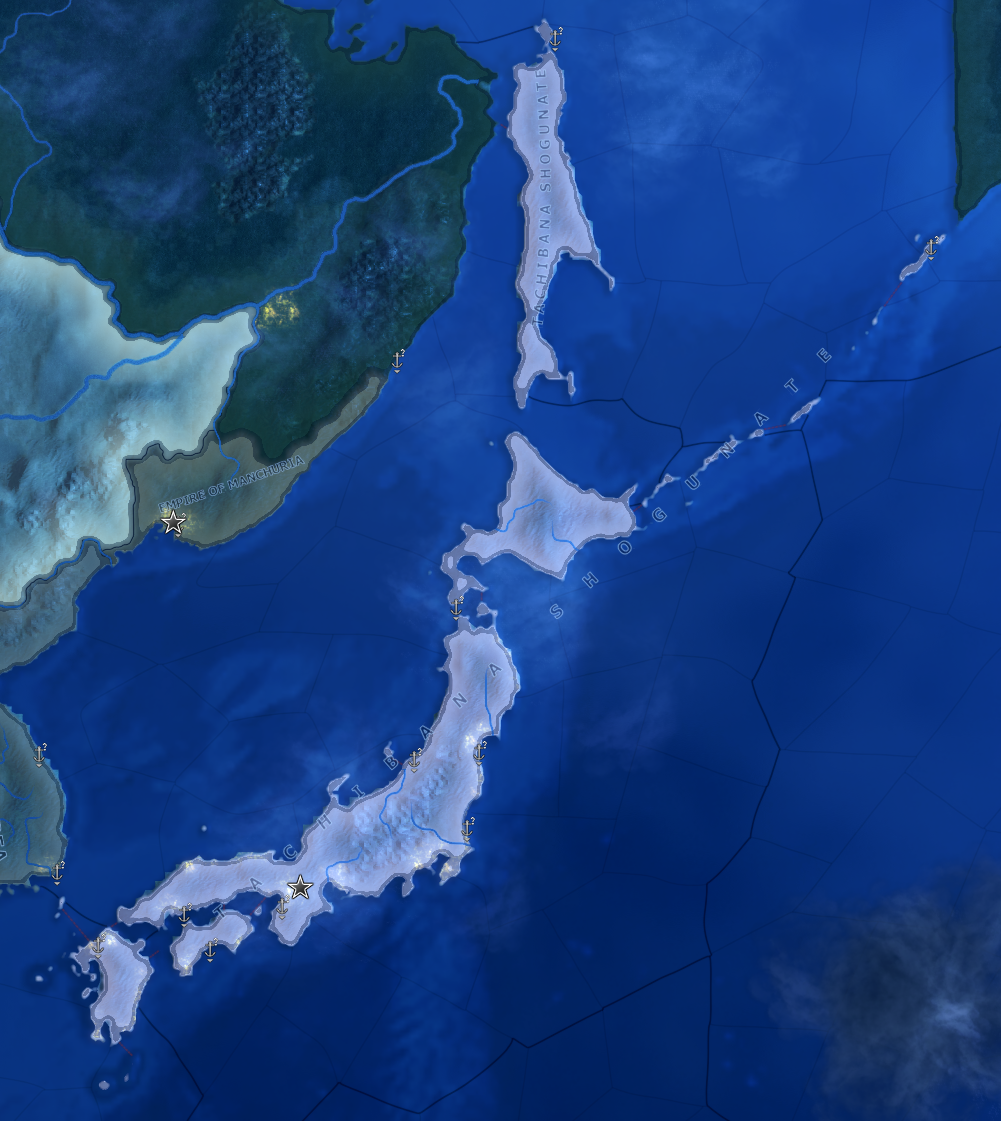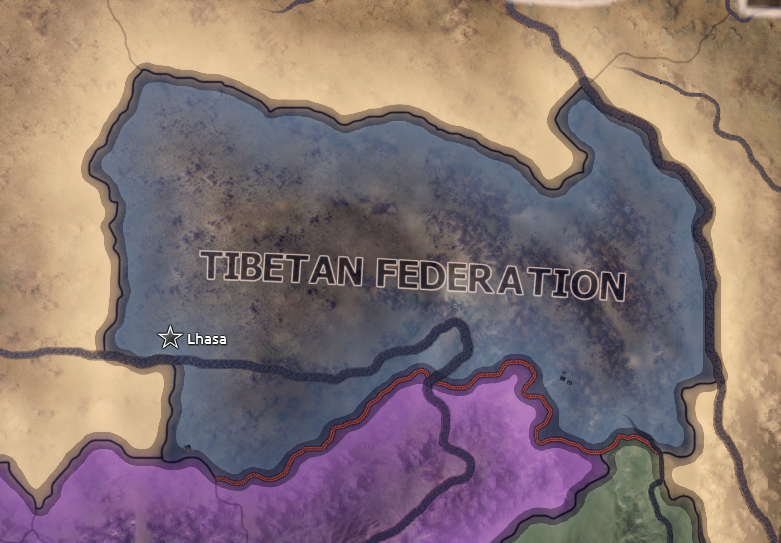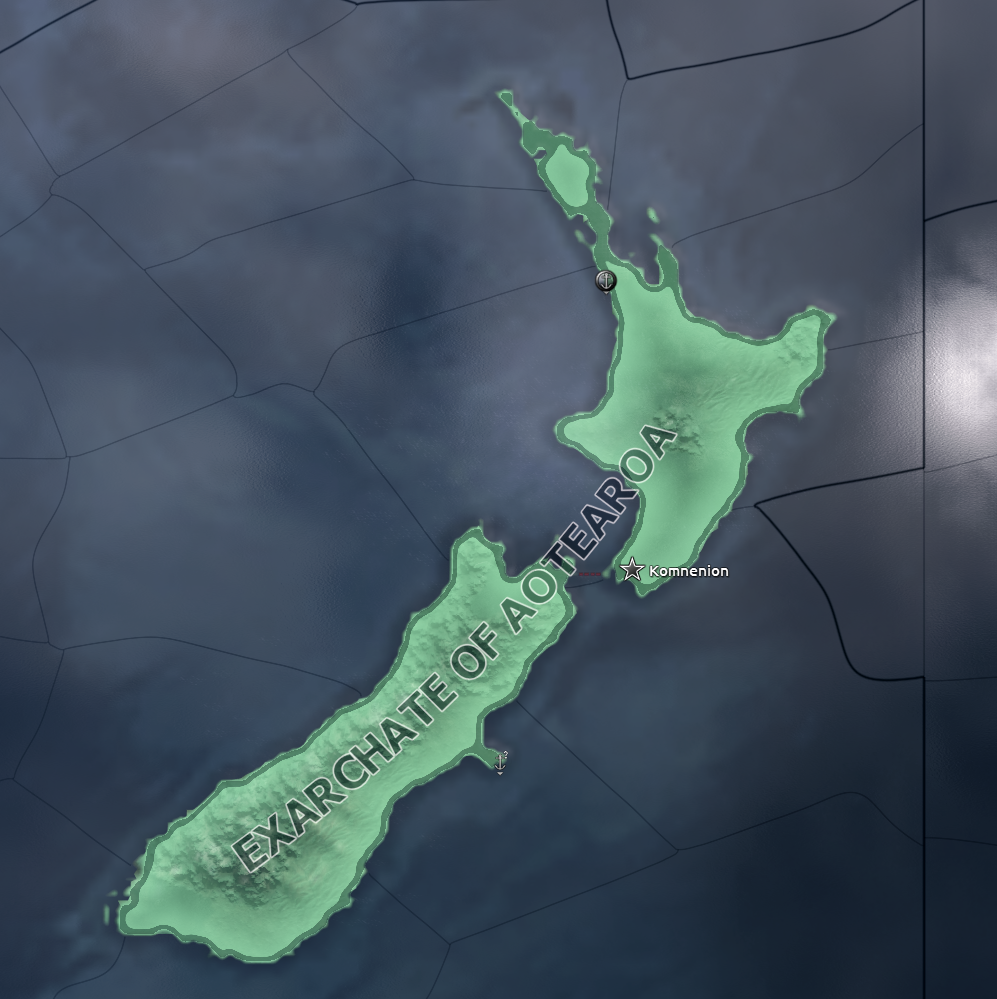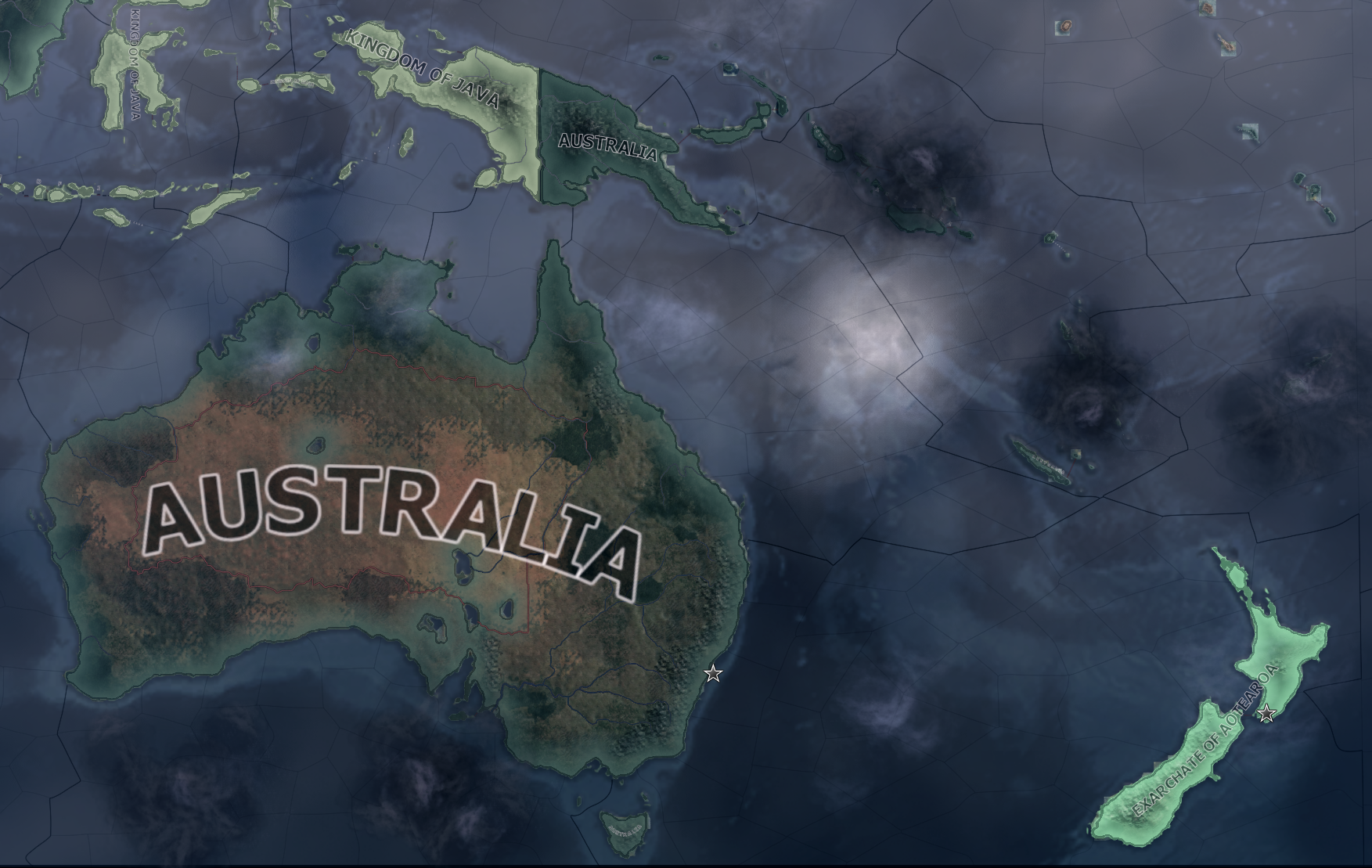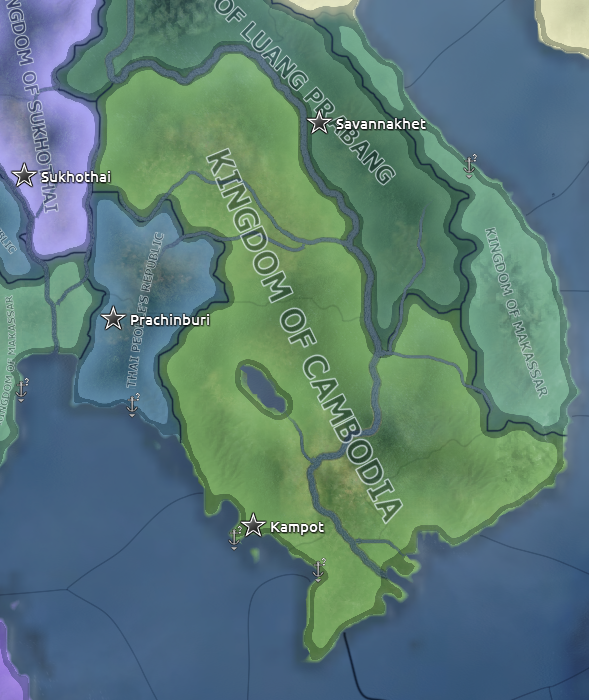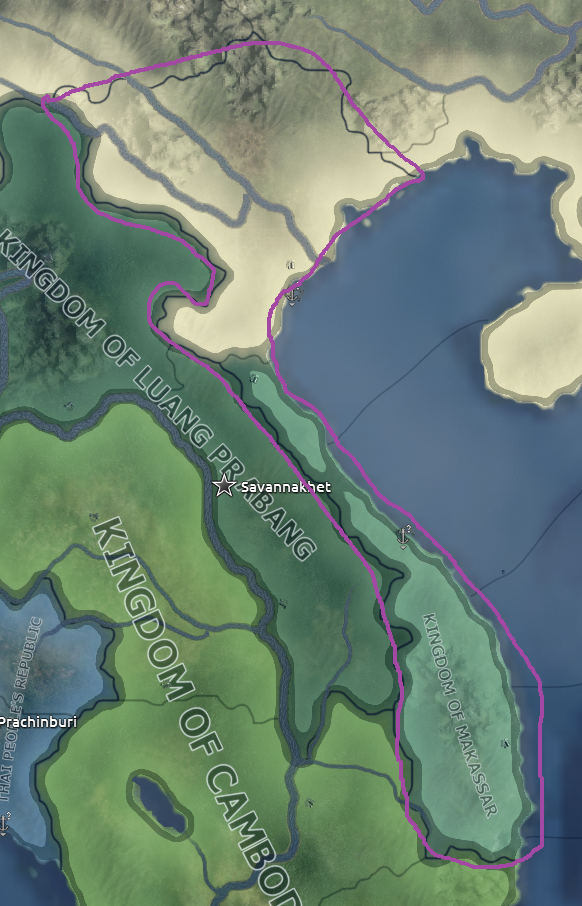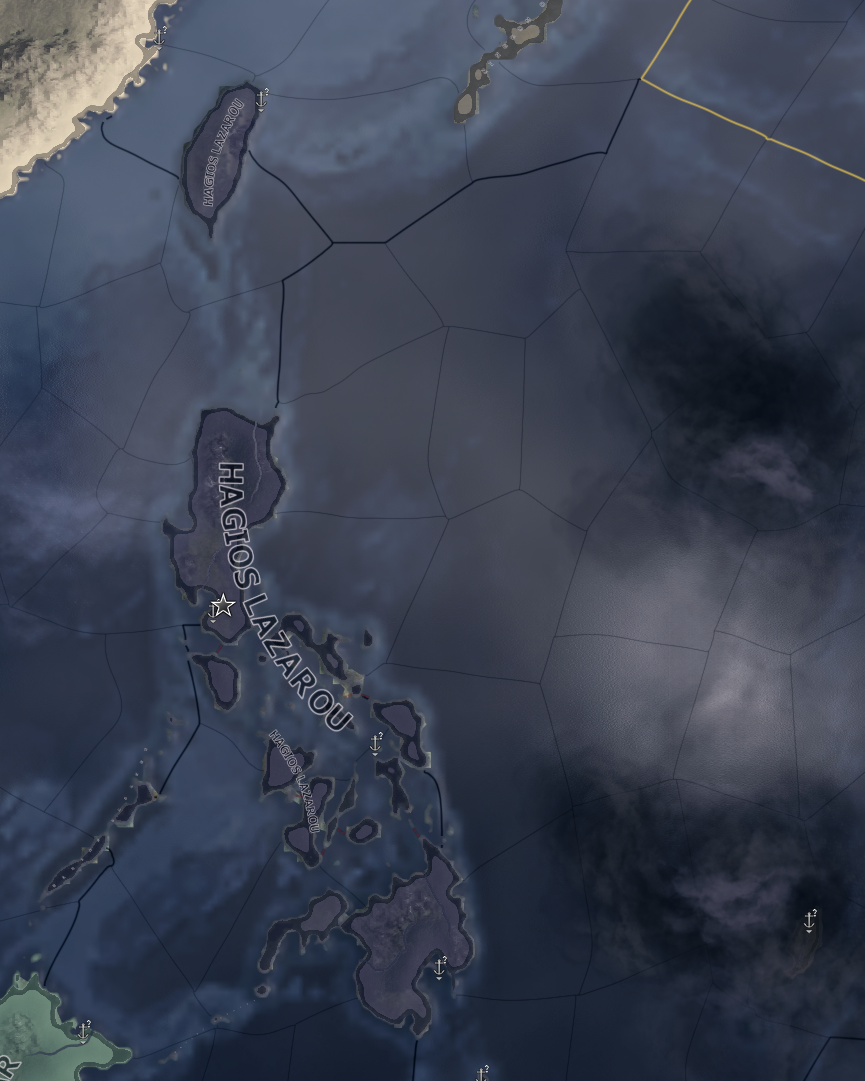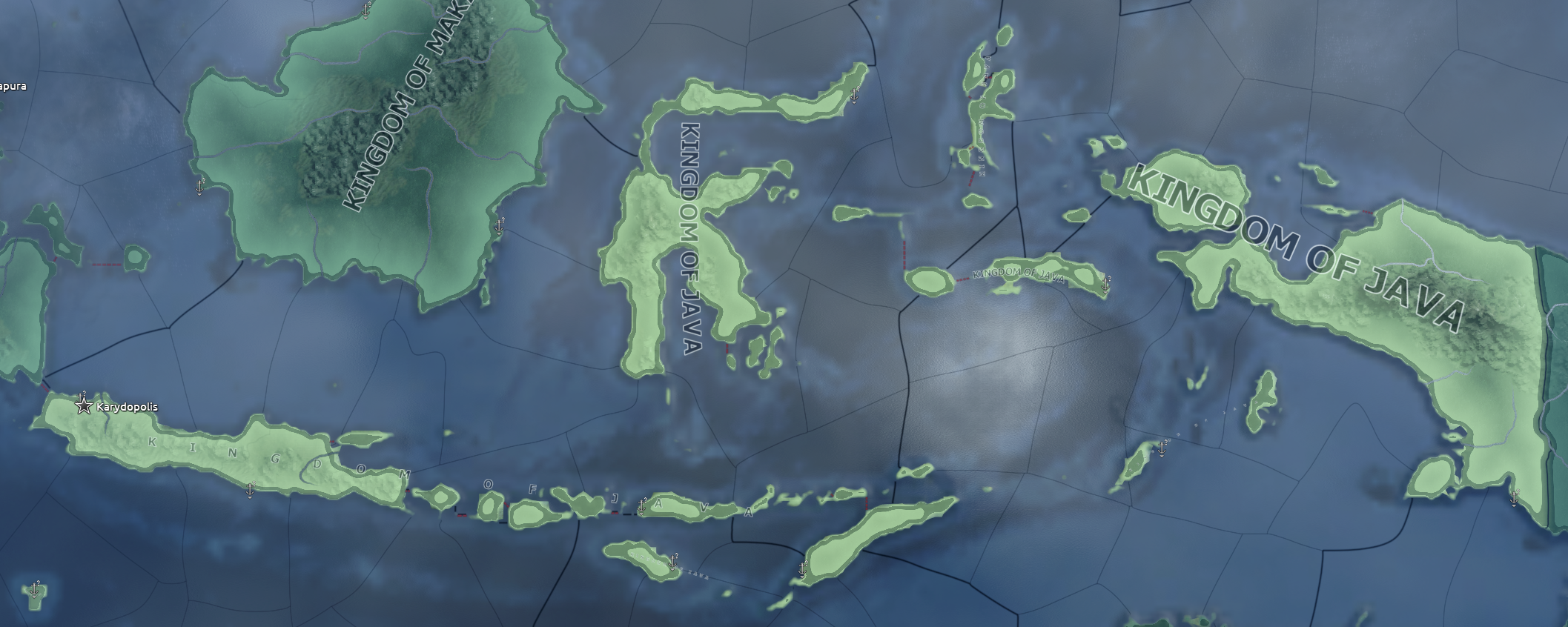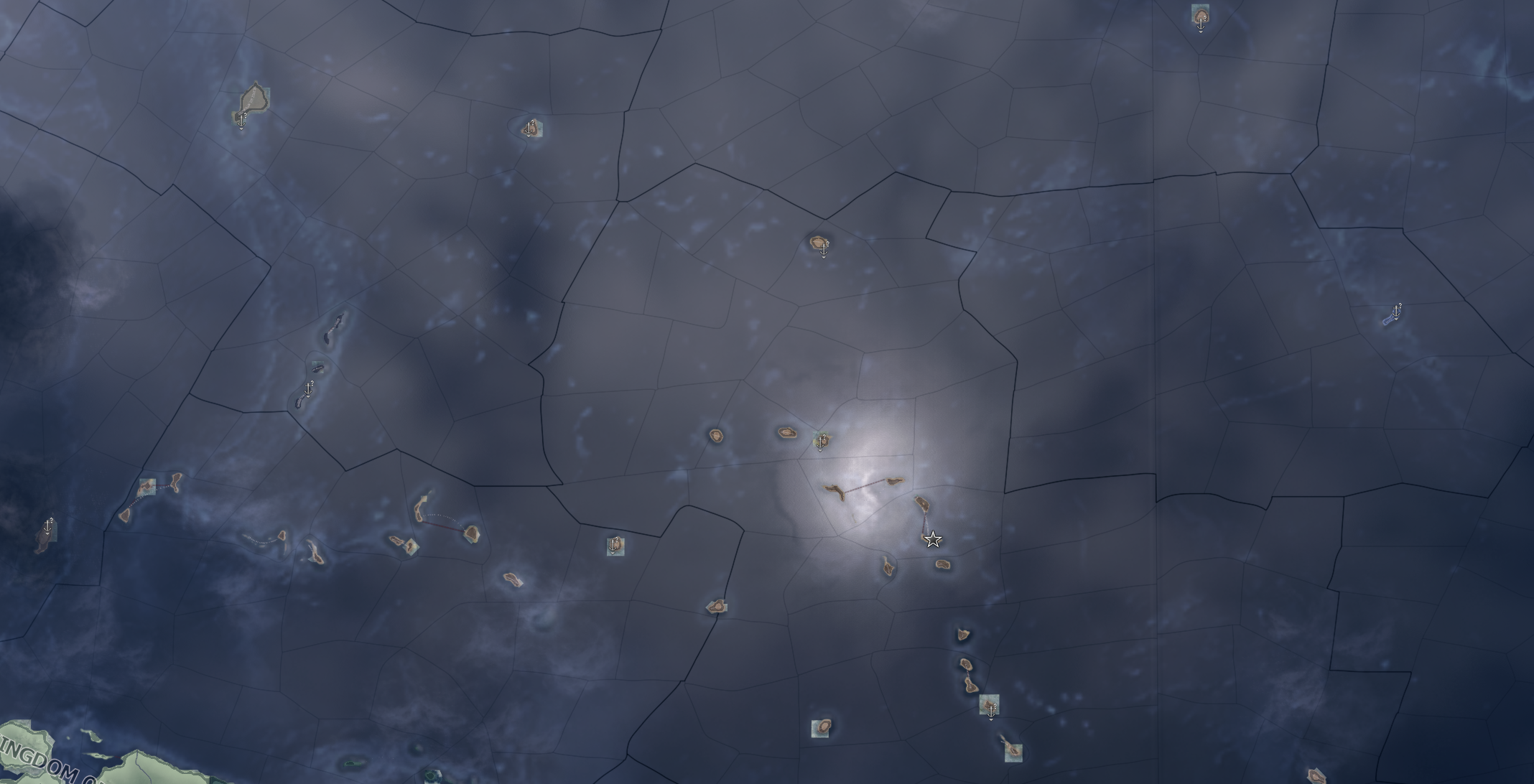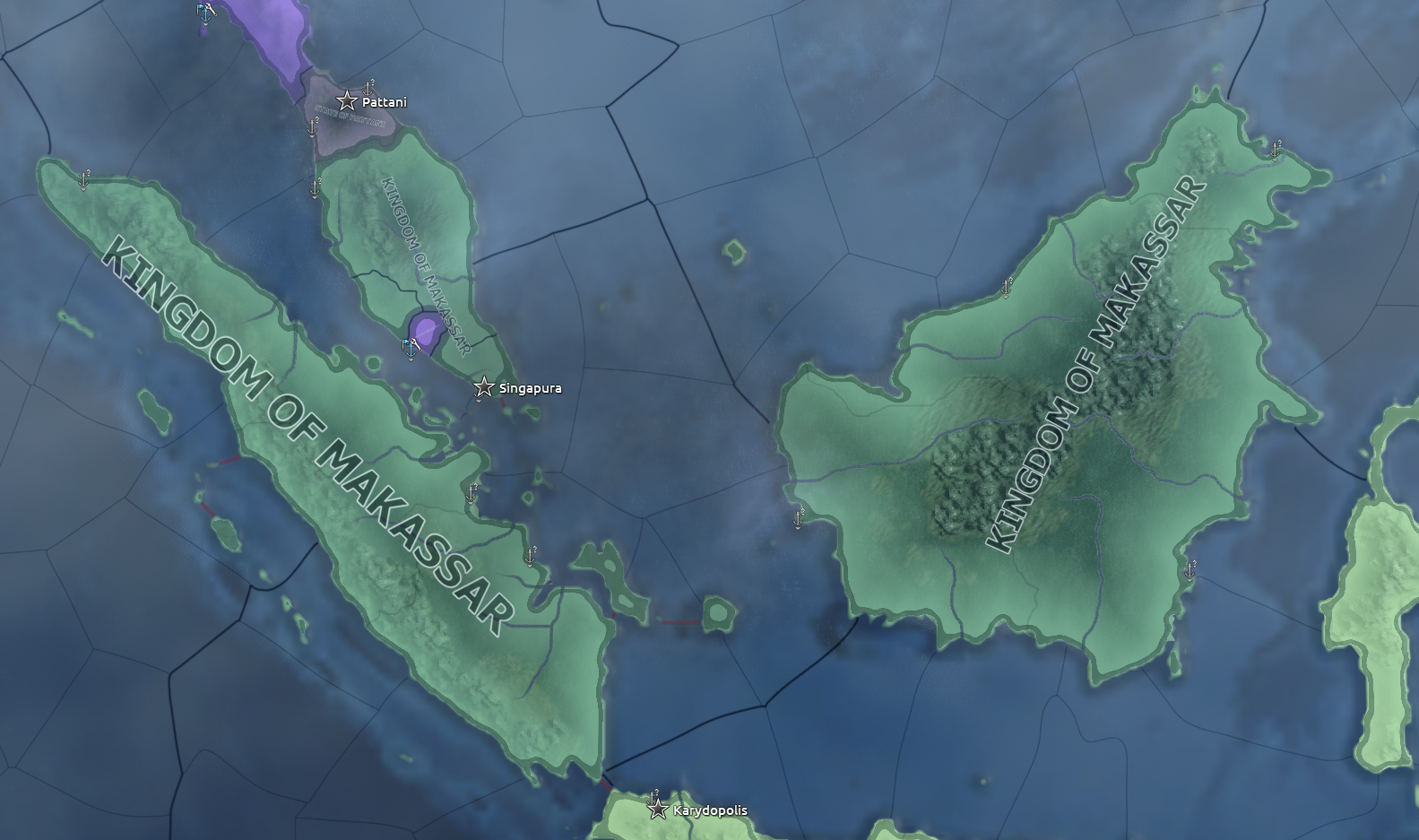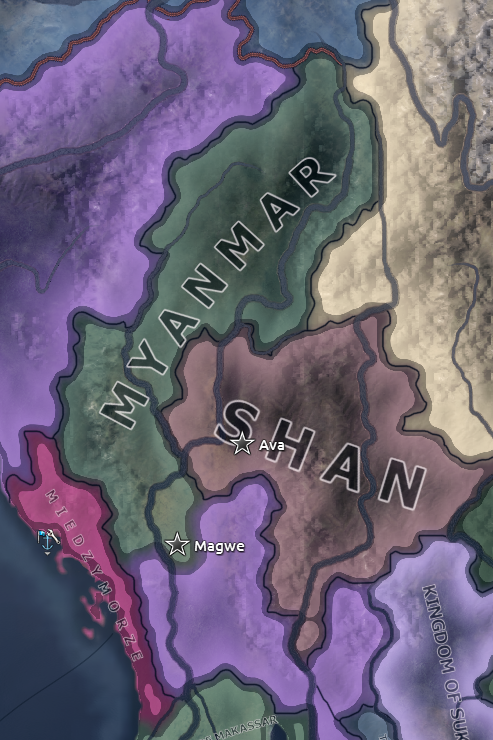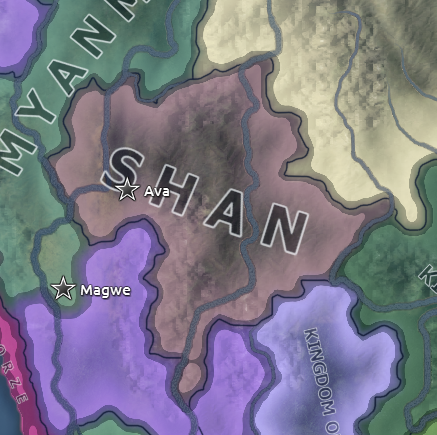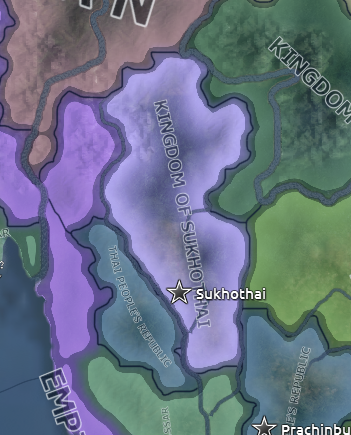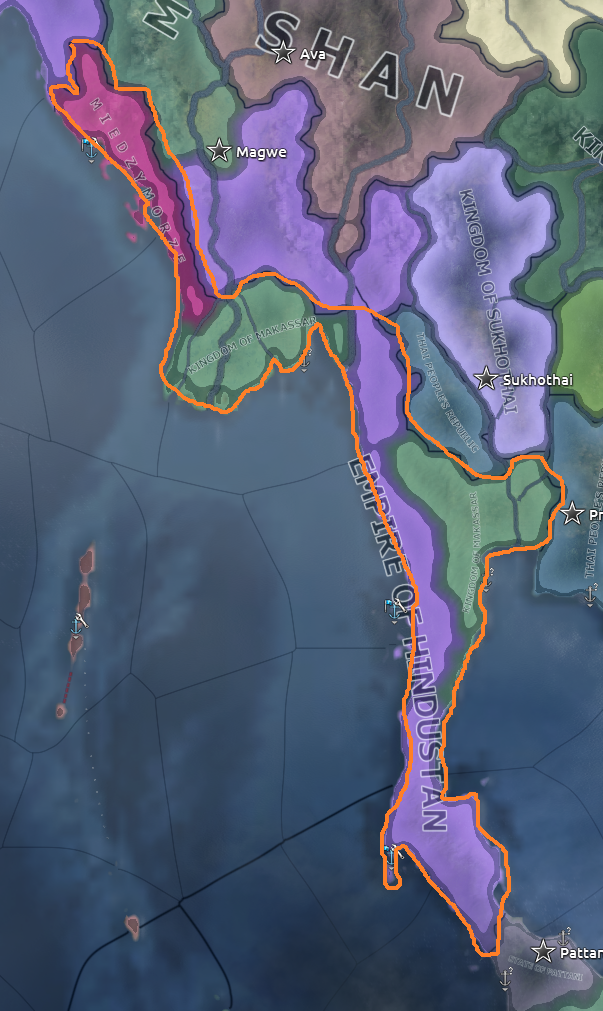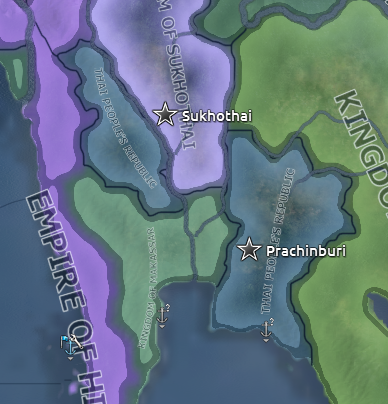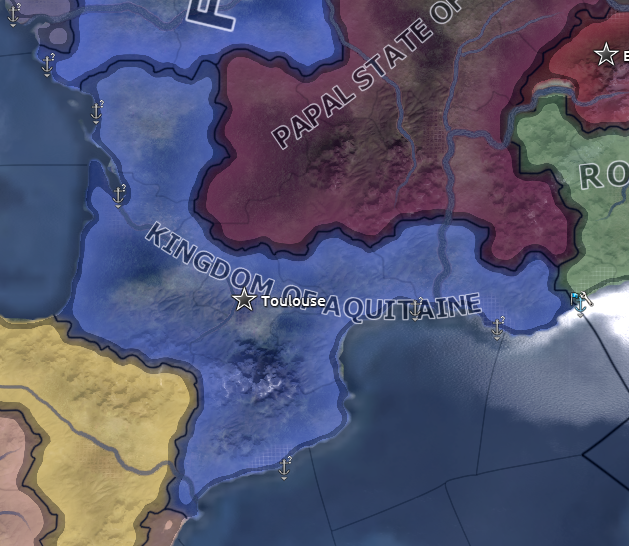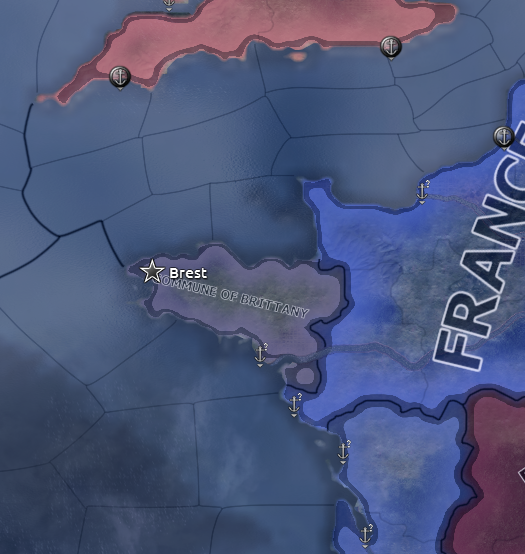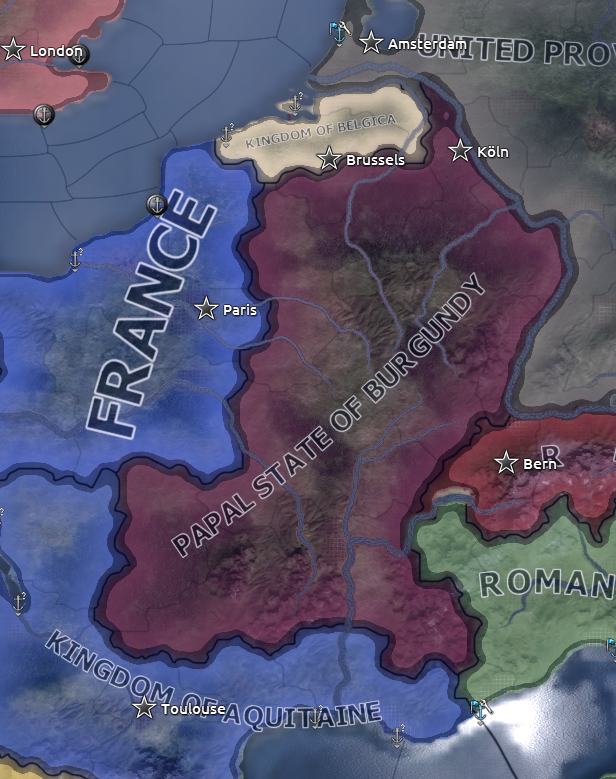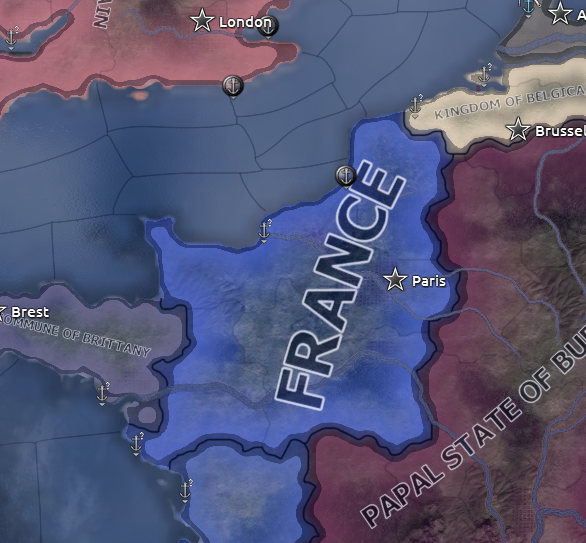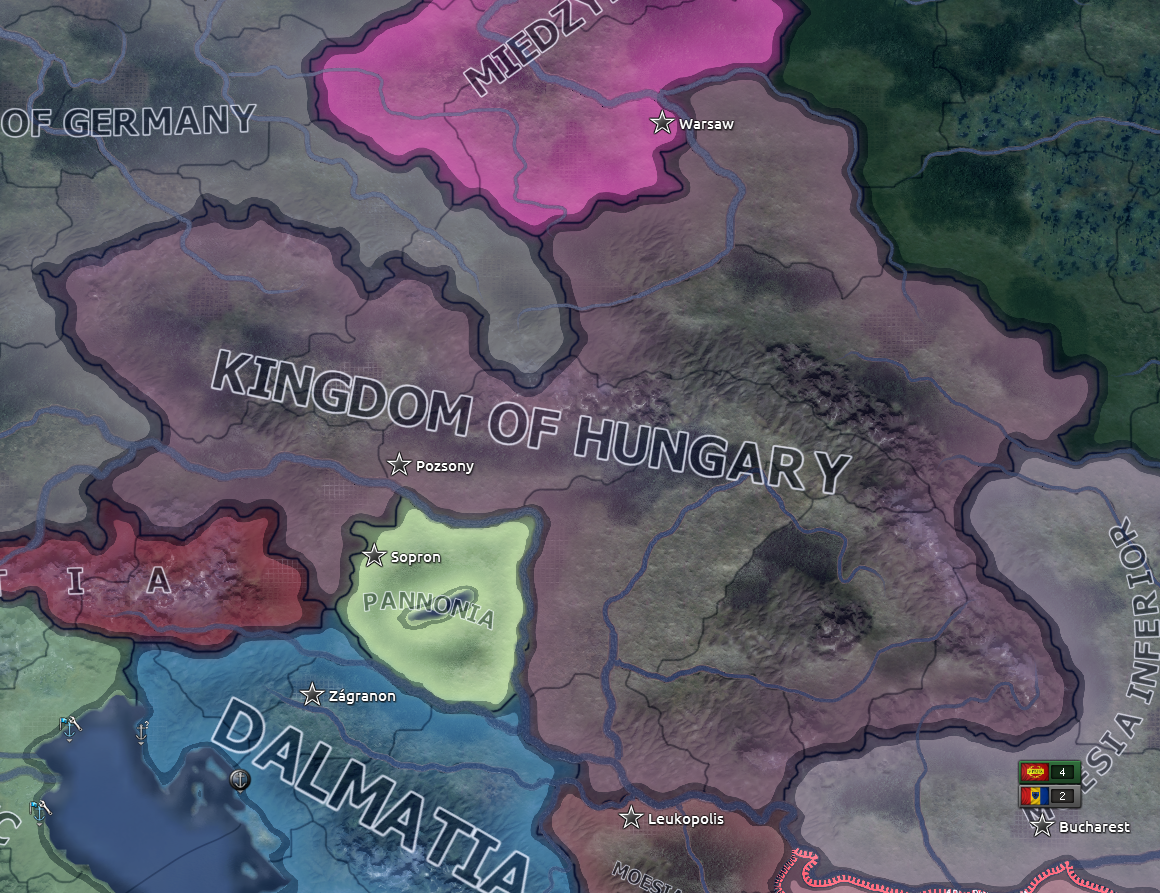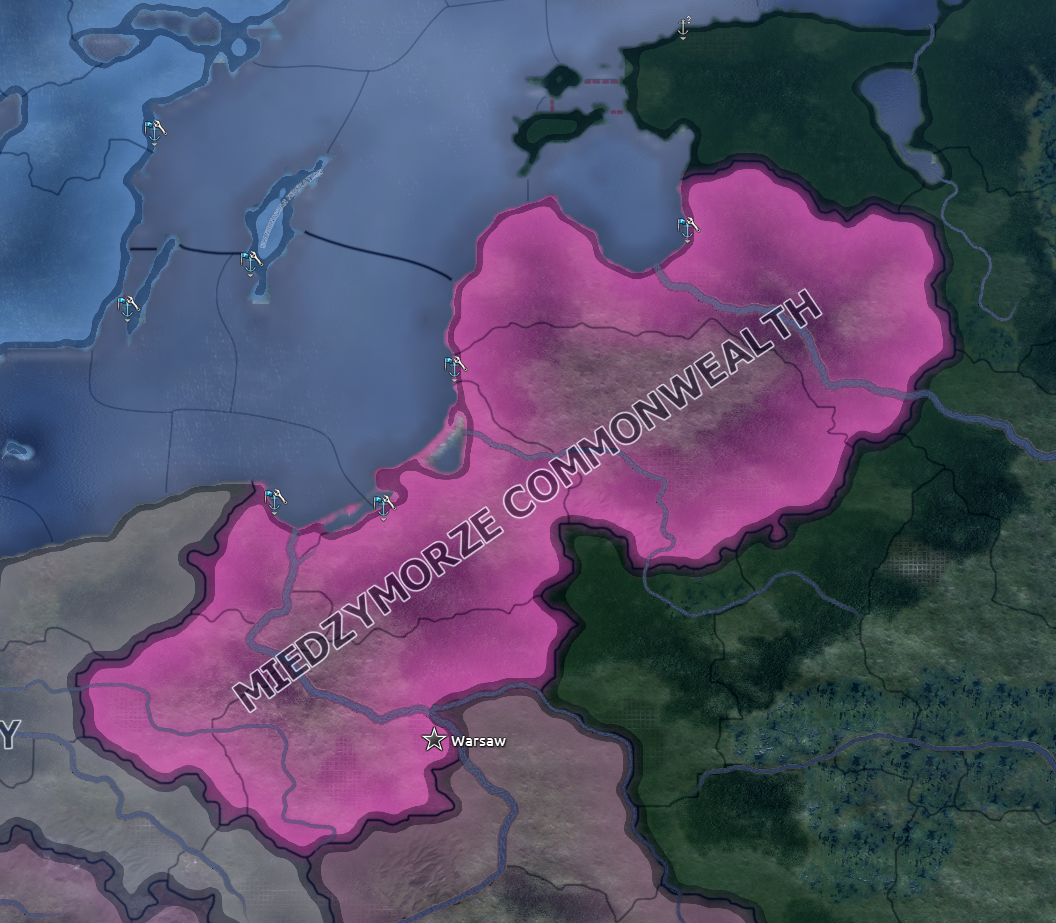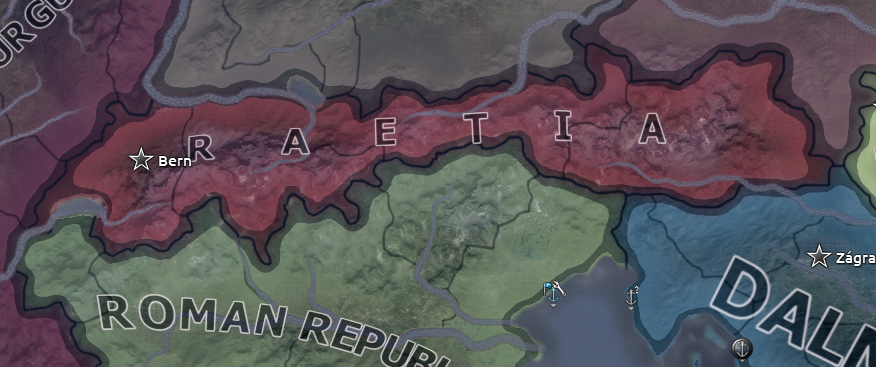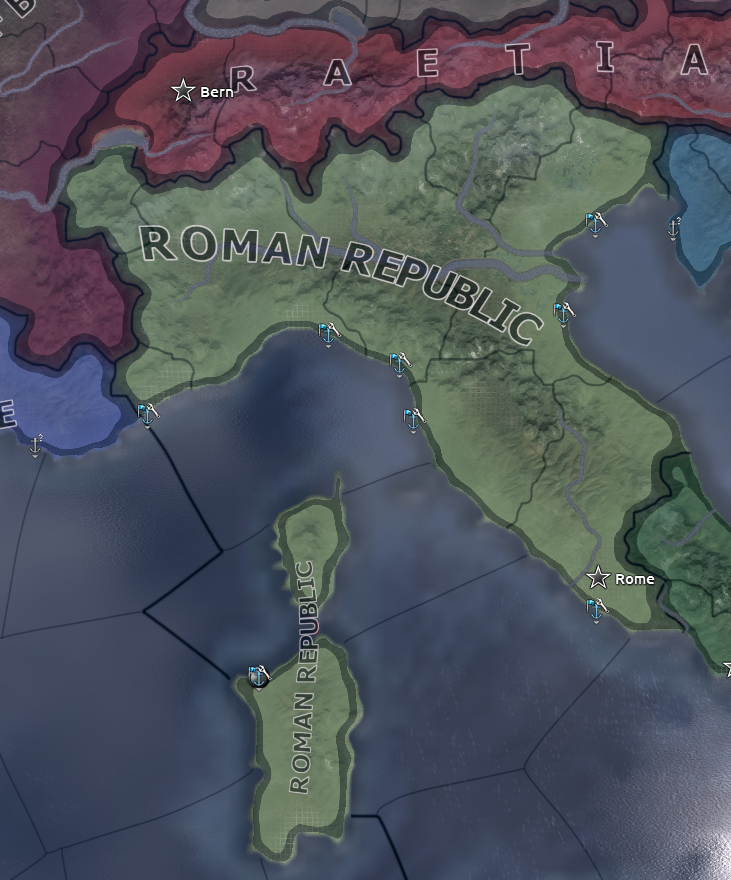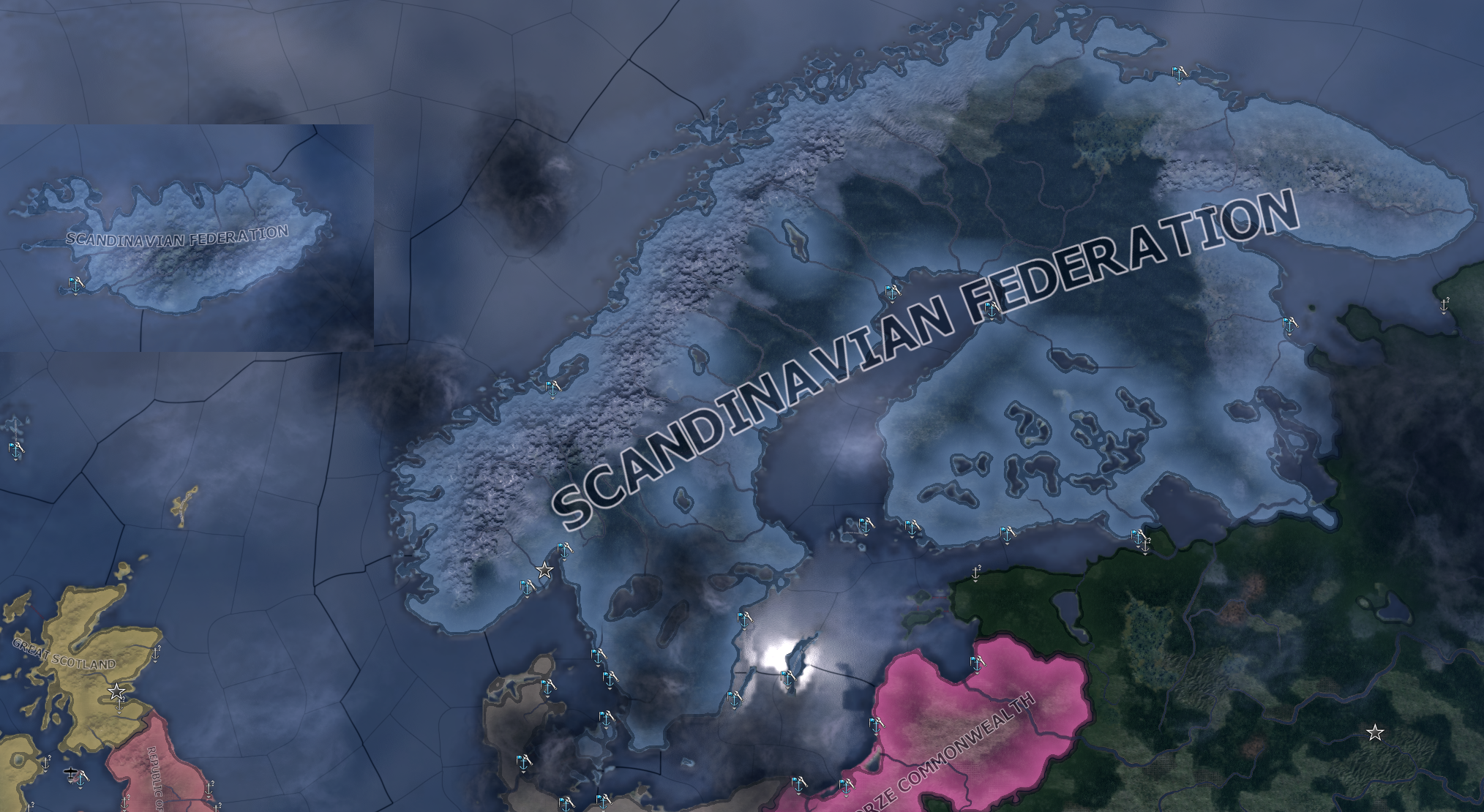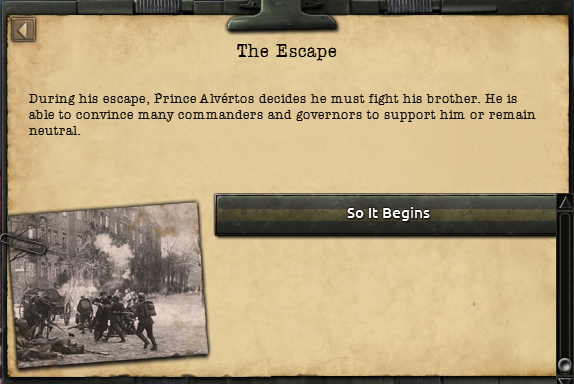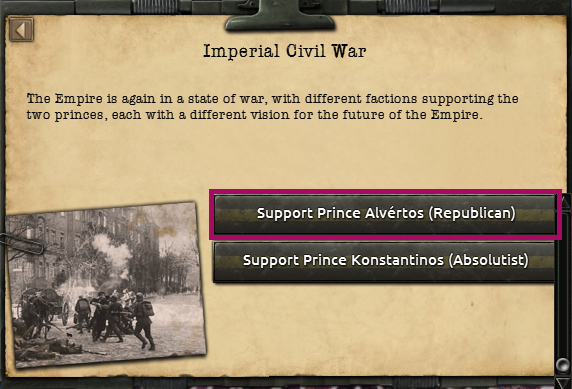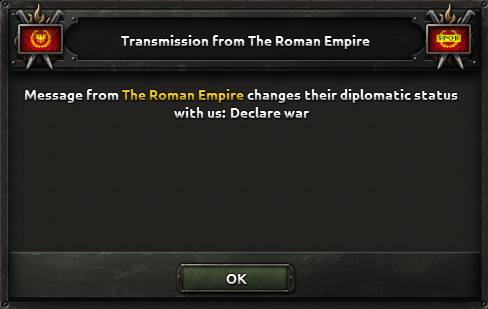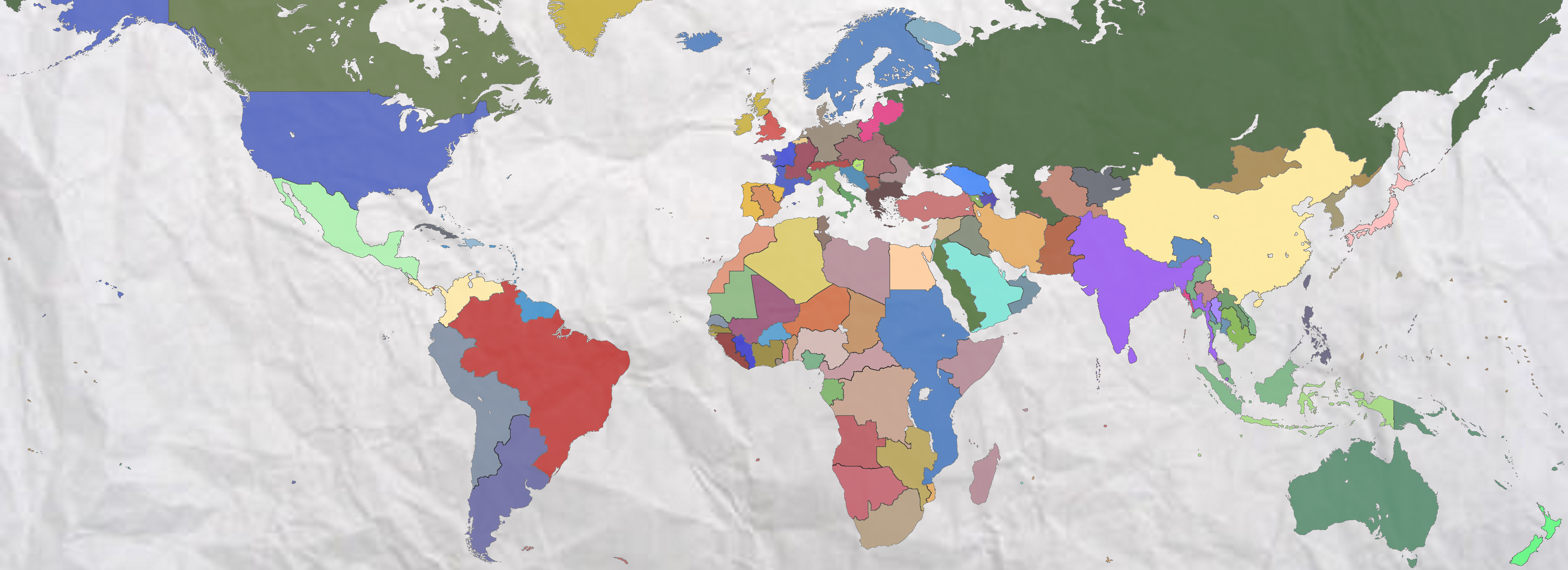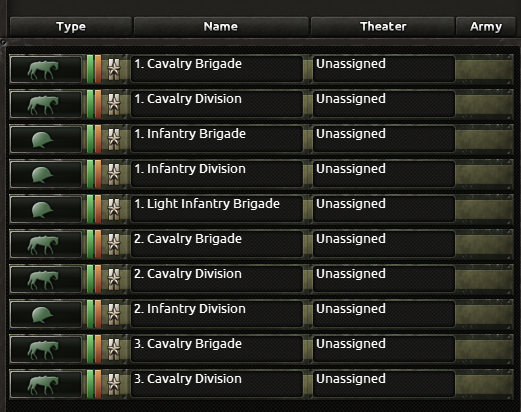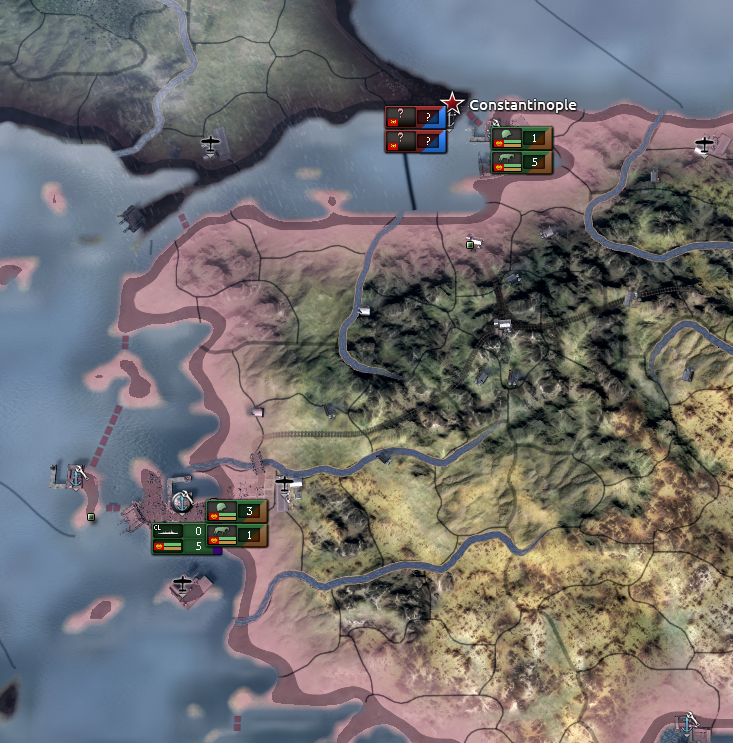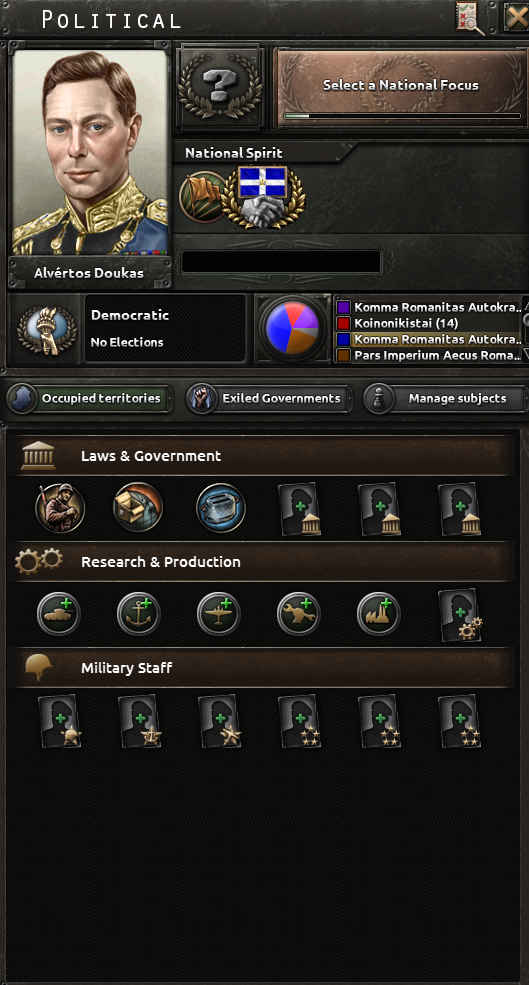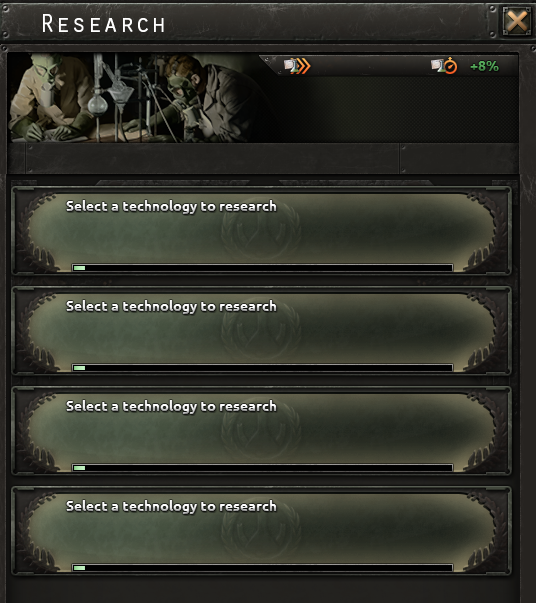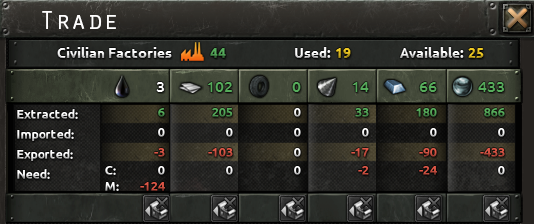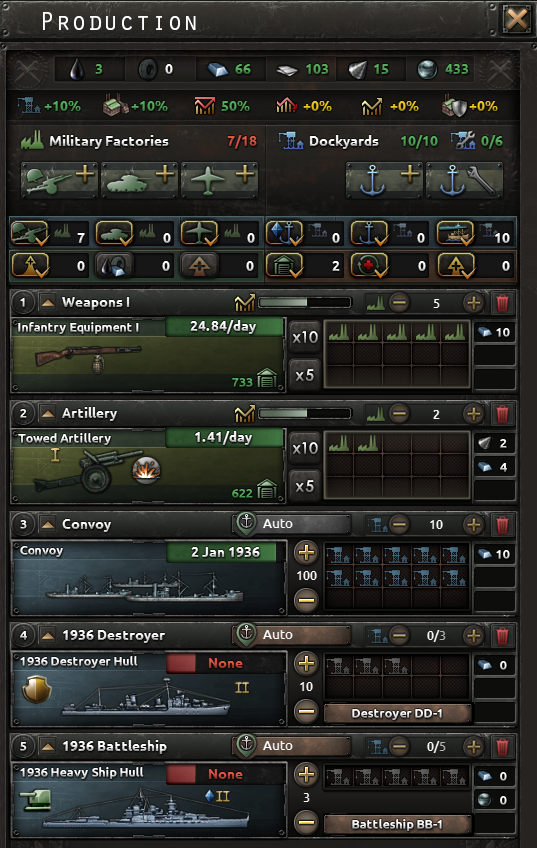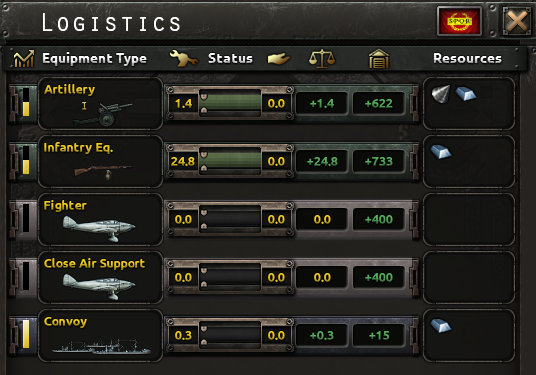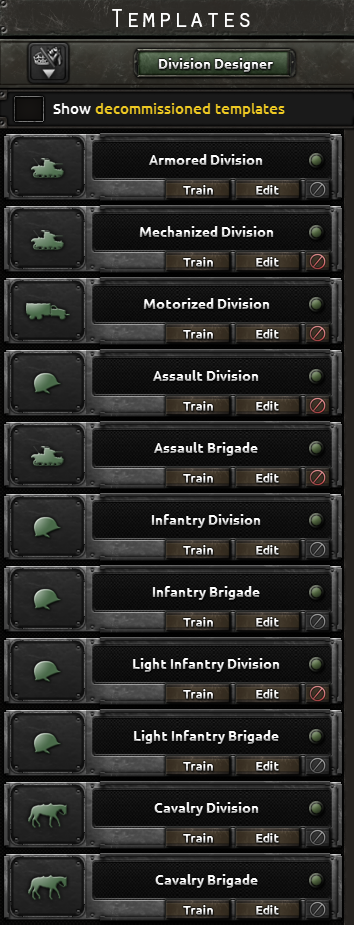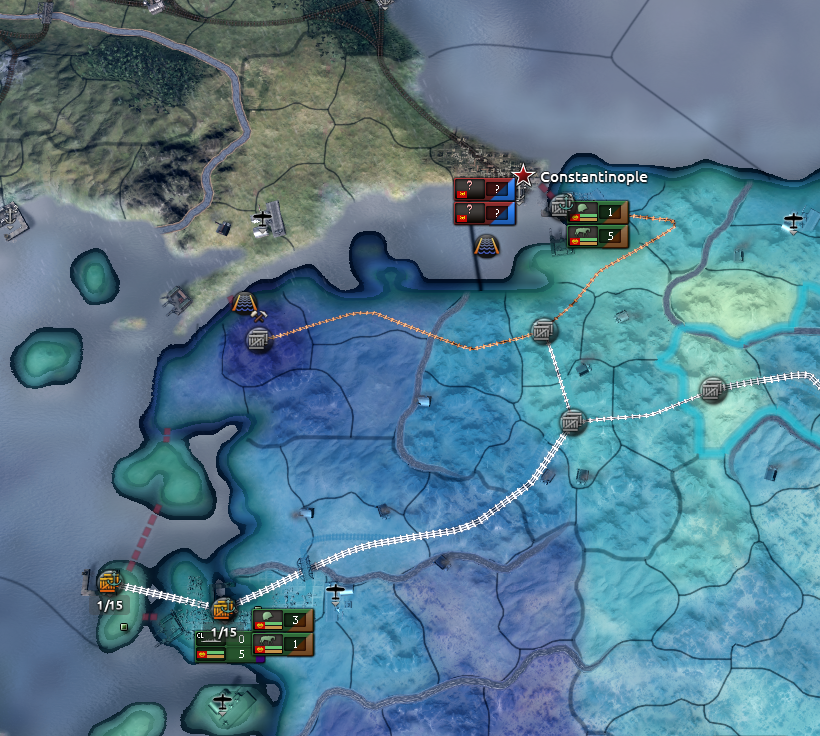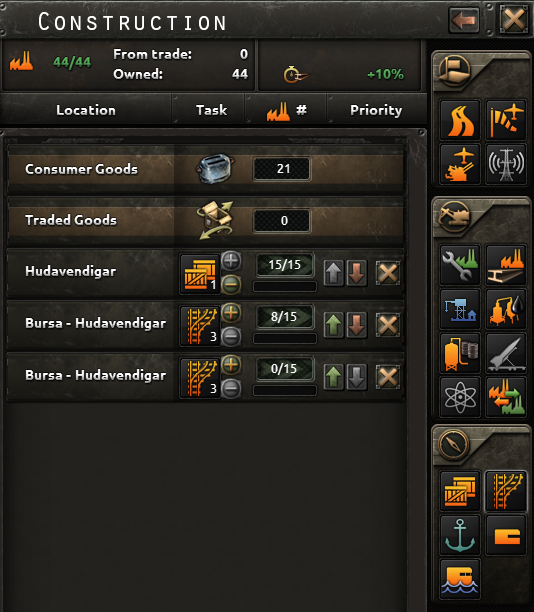A Comprehensive History of Socialism and Communism
Proto-socialism
Proto-socialist movements, or rather historical movements that were claimed by later socialists, can be identified as far back as the Spring and Autumn Period in Chinese history. Confucianism, the dominant Chinese belief system, initially placed particular emphasis on the importance of family and social harmony. Humanistic at its core, it believed that human beings were fundamentally good and able to improve with personal and communal effort. Respect was to be afforded to one’s parents and ancestors, something later expanded to one’s employer and political leaders. Initially, Confucianism stressed that loyalty was to be afforded only to moral rulers, and the people had an obligation to overthrow tyrannical ones. In later ages, however, emphasis was often placed more on the obligations of subjects to the ruler and the youth to elders, not the other way around. Filial piety and political loyalty were taken advantage of by various imperial regimes which demanded unquestioning loyalty and respect. The early modern Ming Dynasty was no exception. Still, many prominent Confucians of the time stayed true to the original teachings and interpretations. The philsopher Wang Yangming promoted individuality and independent thinking, while Huang Zongxi criticized the autocratic nature of the Ming state and called for checks placed on the monarchy’s power. Others criticized the government’s use of Confucianism to reinforce feudal hierarchies, lack of critical thinking, and blind obedience of authority. Confucianism also bound women to follow after the men in their family, with the neo-Confucianism under the Song and Ming dynasties as being particularly harsh towards them. Modern Confucianism, as a result, was criticized as a dogmatic and regressive tool of the state to enforce obedience on the population, despite the original teachings encouraging meritocracy and fairness.
Agriculturalism was another early Chinese philosophy. It advocated for peasant utopian communalism and egalitarianism. Agriculturalists believed that Chinese society should be modeled around that ascribed to the mythical sage king Shennong, who was considered the father of agriculture and farming in China. The ideal Agriculturalist society was a communal, agrarian, and egalitarian one where all, even the king, worked equally in the fields as Shennong did and obtained their livelihoods from their work. They also called for prices of all similar goods to be fixed at the same rate regardless of supply and demand. Their controversial ideas left them to be scorned by Confucians and other philsophical schools and ultimately purged by the Qin Dynasty, though some of their works were preserved for future generations to study.
One final Chinese philoshopy that would be claimed by socialists millennia later was Mohism, best known for the concept commonly translated as “universal love” or “impartial care.” Following the teacchings of the philsopher Mozi, Mohists formed a political organization that spanned all of the major Chinese states of the time with support from both the intellectual and working classes, through which they built military fortifications, provided diplomatic advice, wrote political treatises, and otherwise worked to reduce famine and promote peace. The ideal Mohist society was one that was peaceful, treated all people equally, and chose leaders based on merit. Their philosophy of impartial caring did not let them discriminate between who they offered their services to, as a morally righteous person should care equally to all regardless of prior relationships and affiliations. Mozi insisted that all were equally deserving of receiving support and protection, with morality not defined by respect and tradition but by a proto-utilitarian moral framework. He criticized Confucianism’s focus on family and hierarchies of respect as prioritizing and offering love to certain people over others, which led Mohism to be heavily ridiculed by Confucians. After the adoption of Confucianism by the Han Dynasty, Mohism ceased to be a major philosophical force, though like Agriculturalism its works were preserved.
The roots of modern Roman socialism go back to 1626, when Konstantinos XVIII’s decision to cede the Roman colony of Tímios Stavrós to the exiled Kingdom of England sparked nationwide rebellions from the aristocracy, which led to uprisings from other demographics. The Roman province of Britannia, on the imperial periphery, was a hotbed of anti-government sentiments. The populist Tarachopoiós movement, popular in the city of London, advocated for popular sovereignty, democratic reform, religious tolerance, and the overthrow of the Roman monarchy. It was known for spreading its message through manifestos and pamphlets handed out on London streets. A splinter faction of the Tarachopoiói, the Ekskafeís, went further and called for common land ownership as supposedly laid out in the Acts of the Apostles. Both groups were harshly suppressed by both the central government and aristocratic rebels. Oxford saw significant fighting take place as the Tarachopoiói and Ekskafeís occupied several government buildings, noble estates, and farmland for months. Two hundred years later, those battlefields would be commemorated by English socialists as those of the first attempted socialist revolution.
The Lekapos movement of the 1810s, named after the apocryphal textile apprentice Niko Lekapenos, saw many Roman textile workers, dubbed Lekapoi, protest against manufacturers who sought to use machines to replace their labor, drive down wages, and produce inferior goods. The Lekapoi became known for their vandalization of machinery as part of protests. When violence broke out between Lekapoi and textile mill owners, the Lekapos movement was suppressed by the Roman military, and many of its leaders were executed or deported to overseas colonies like New Paphlagonia, New Arcadia, and Terra Australis. Lekapoi agitation continued into the 1840s, resulting in the word “Lekapoi” being repurposed as a label for mocking anybody who opposed new technology in general.
Britannia remained fertile ground for Roman proto-socialist thought into the Industrial Revolution. The pioneering work of Robert Andonios in Wales would be claimed by later socialists. Andonios stopped employing children under ten and improved the working and living conditions of his employees. Furthermore, he lobbied the Parliament of Britannia to end child labor, even traveling to Constantinople to present his case before the emperor, and helped to create the first worker-owned cooperatives.
Trade unions throughout Europe gradually evolved out of medieval and early modern trade guilds, particularly in Germany and on the Baltic coast, where the Hanseatic League was based. These trade unions were suppressed until the early 1820s, but they had already become widespread through the major European powers, particularly those with significant commercial or industrial presence, and the Kingdom of England. The first modern general strike happened in England in 1820, when twenty thousand workers went on strike but were subsequently crushed. In the following decade, many countries’ unions began organizing in nationwide general unions, with varying results. Germany suppressed its unions, fearing an armed insurrection led by Rhineland workers. Similar crackdowns happened in Russia, Hungary, and Bavaria. In much of the Empire, unions began catching on after the economic crisis of the mid-1830s. Each province handled unions in a different manner prior to Constantinople establishing a unified policy, with the Rhineland region implementing crackdowns like in Germany, fearing a spread of agitation from over the border, and Britannia adopting a neutral if not tolerant stance, which made the province appealing to early socialists. Many of these socialists traveled between Britannia and England, fostering class consciousness in the latter and bringing back new ideas to the former.
The reign of Alexander I (1760-1820) saw a cultural renaissance in the Empire and many Roman military campaigns abroad by the ambitious emperor. At home, Alexander was a patron of the arts, encouraging intellectual discussion and scientific development. Constantinople, London, Athens, Paris, Cologne, Milan, and Rome became major intellectual centers, where scholars discussed classical Greco-Roman works and aspects of early Roman law. The Edict of Caracalla, which extended citizenship to all Romans, was a popular topic of discussion. Alexander himself contributed some topics. As a student of the Enlightenment that had swept Europe that century, he encouraged the rest of his court to study ideas like natural rights, democracy, free trade, social equality, national self-determination, and religious freedom, even as he crushed any attempts to limit his own power. It was during this time that the concept of the Roman nation gradually emerged, synthesized from a fusion of Enlightenment concepts and revitalized classical ones.
Overseas, Alexander was remembered primarily as a warmonger and conqueror. A popular epithet given to him by other European leaders was
Reformandam Mundi—“reshaper of the world.” From the very beginning of his reign, Alexander waged war on countries as close as Bavaria and as far away as the North Pacific. While his early wars were generally fought to support Roman allies, as he grew older and more experienced he added ideological justifications to his campaigns. Eventually, Alexander set about redrawing the world in the way he envisioned, with each nation controlling what they should and nothing more. Wars against Germany and Bavaria served to remind the world that all territory west of the Rhine was part of the Roman nation. Campaigns against Adal were fought because Alexander perceived the country had expanded beyond what he considered its national borders. Most of West and Central Africa was brought under direct Roman rule to stamp out slavery, which Alexander abhorred. Recognizing that an independent national identity was developing in the colony of New Paphlagonia, he granted the colony significant autonomy. When England refused to follow his demand to do the same for its remaining overseas colonies, Alexander had them taken away by force. The Deccan Sultanate in India was cut down to size, as Alexander believed the non-Muslims of the subcontinent had to be given their own states. The reverse was done in Eastern Europe as various Russian principalities were dismantled and given to Russia in exchange for Russia giving up its claims in Ukraine and other Eastern European countries. A similar thing was done for the German states and neighbors with territory in Germany.
All this served to stoke the flames of nationalism abroad. Enlightenment and classical Roman ideas spread outside Europe thanks to Alexander’s legions, leading many to ask themselves what nation they belonged to. By Alexander’s death in 1820, Enlightenment ideas had firmly established themselves in public consciousness. Early socialist groups, initially limited to a specific cultural region, started out with nationalist inclinations. Others continued the intellectual debates of the Alexandrian era, asking themselves what it meant to be a Roman, German, or Russian, and whether or not certain social classes should have more rights than others. Some condemned Alexander’s warmongering as a vain project of an egotistical emperor, while others wanted to take it even further—to break the chains of oppressed peoples and reshape the world. Many socialist movements of the next few decades had roots in Alexandrian discourse, though they would also incorporate influences from elsewhere.
The Federation of Anahuac had been a beacon of democracy, liberty, and freedom when it was initially founded. The old Triple Alliance, led by the Mexica people, was notorious for its despotic rule and human sacrifice, which disgusted even the empire’s own subjects. After contact with Europe and the arrival of Christianity, the Mexica lost their power, and the Triple Alliance fell apart in a brutal civil war. Out of the ashes arose the Federation of Anahuac, established by the altepetls of the former empire as equal partners in a democracy much like the Tsalagi and Haudeonsaunee models to the north. Championing human rights, the abolition of human sacrifice, and equality for all, it inspired the New Arcadian and New Paphlagonian revolutionaries of 1823 and later liberal and socialist movements on both sides of the Atlantic. Unfortunately, it couldn’t live up to its own ideals. Although it expanded greatly during the 18th century, thanks to being granted many European colonies along the Pacific coast and establishing its own constituent altepetls deep in the North American interior, the rapid expansion and wars against the Tsalagi drained the Anahuaca economy. Political instability followed as the altepetls began arguing over government policy. The nation’s decentralized federal structure worked against it. In the 1820s, following a string of expensive wars with the Tsalagi over western North America, the Cipac family rose to power. The first Cipac was elected Huetlatoani of Anahuac in 1825 on a platform of national revitalization and economy recovery. Under his leadership, the economy did improve, though at the cost of some parts of the Anahuaca constitution being suspended. He was reelected twice, in 1829 and 1833. After suddenly passing away in 1835, his son was elected as the next Huetlatoani. In 1843, the title of Huetlatoani was once again made hereditary, and the Federation of Anahuac was reorganized into the Empire of Anahuac. The new Anahuaca regime was despotic and absolutist, having long since hollowed out the constitution in the name of the Cipac dynasty’s plans for national revitalization. Dissent was harshly stamped out, and the autonomy of the altepetls was taken away. Bent to the whims of the Cipacs, Anahuac became a shadow of its former self. Yet there were many Anahuacas who still remembered the constitution and the old stories of rebellion against Mexica tyranny. Although the majority of the nation had been enthralled by the Cipacs’ populism and swayed into giving up their freedom, a minority clung to old Anahuaca ideas of freedom and liberty, of the promises made by the first leaders of the federation to never tolerate tyranny. And as the Cipacs lounged like the Mexica emperors of old, these dissenters prepared for the day when they could begin what they called the Second Anahuaca Revolution.
Finally, the independence of New Arcadia and New Paphlagonia in 1823, during the reign of Andronikos the Mad (1821-1836), established republicanism as a viable form of government. Historically, the monarchy was seen as a moderating forces protecting the common people from the predations of the nobility, while a republic would be run by those same nobility and other wealthy elites who would have no checks on their power. Yet 1823 would see many start to associate the monarchy with that same corrupt nobility. After Andronikos locked himself and the royal family away in his palace for fifteen years, the Empire entered a period of decline and weakness, with the flaws of monarchy as an institution on full display. No longer satisfied with the autonomy Alexander had granted them, leaders in the two colonies declared themselves independent republics, stripping the Roman aristocracy of their political authority. New constitutions were written up later that year to establish fully democratic governments run by the people, in line with classical Hellenic examples and taking some inspiration from the systems of the UTA, Kanata, and the Federation of Anahuac. While New Arcadia closely emulated the decentralized federal structure of Anahuac, New Paphlagonia fell under the sway of the centralist Iakoboi faction, which believed democracy could only be achieved and preserved through a strong central government.
This break with Constantinople shook many on both sides of the Atlantic. Roman conservatives wrote off the declaration as an act of madness and mob rule that would only get them partitioned between Tawantinsuyu and England. Indeed, the two kingdoms invaded the fledgling republics in 1824, expecting an easy victory. Yet the wars quickly turned against them, and in full view of the world, the two republics triumphed. The six month siege of Nea Alexandria, in which the inhabitants of New Arcadia’s capital held out against a Tawantinsuyuan army despite being massively outgunned, became a symbol of resistance to tyranny around the world. Mismanagement and overconfidence among the English military leadership led to multiple high profile losses against the smaller but better organized New Paphlagonian army, which even occupied several towns on the English side of the border. The independence of the two republics was recognized by all major countries in 1825, with the Empire refusing to take a side until Empress Veronica (1836-1900) ascended the throne. The successes of the republics of New Arcadia and New Paphlagonia, combined with Alexandrian nationalism and self-determination, demonstrated that liberal democracy and republicanism not only worked but were effective forms of government. Many future revolutionary and reformist movements would look to the example of 1823 for inspiration. The name “Iakoboi” would become associated with democratic revolutionaries and nationalists, especially those that wanted a strong central government.
Karl Marx
One cannot talk about the history of socialism without talking about its most well-known proponent, Karl Marx (1818-1887). The son of a Jewish attorney and liberal activist from Trier, Marx called for political liberalization in the Empire. His works were banned by imperial authorities for being published by a private individual without state approval, as was required in the Empire until 1860. In the 1840s, he immigrated to Germany, where he published
The Communist Manifesto. Later, some of his allies would organize the German Workers’ Party, the first political faction identifying as socialist. However, this party would be shut down within a year after accusations that it was arming Rhineland workers for an uprising against the government. Although he was not directly involved with the German Workers’ Party, Marx was forced to leave Germany. With most of Europe no longer safe for him, he sought refuge in the United Tsalagi Alliance, settling among the Haudenosaunee. There, he incorporated many aspects of Haudenosaunee and Tsalagi culture and society into his political theory, culminating in his next great work,
Capital, published in 1852. The Tsalagi language version of
Capital was a major bestseller within the UTA and marked a turning point in the socialist movement. 1860 would be the year socialism went mainstream with the United Longhouses Party, a Haudenosaunee regional party that had significant support among many of the constituent peoples of the National Council of Peoples as well as the Uku Lincoln Akonoluchta himself.
Longhouseism
The United Longhouses Party, as the first mainstream socialist party, would lay out the path for future socialist movements, giving them all indigenous American roots. The party drew on its members’ Haudenosaunee heritage and concerns about European societal elements that were making their way into the UTA, specifically European capitalism. The ULP was inspired by the Great Peacemaker, who brought together five indigenous nations to form the Haudenosaunee League, overcoming their cultural and political differences in the process. Firmly republican and anti-monarchy, called for the weakening of the Uku’s powers and an overhaul of the National Council of Peoples to better represent the economic realities of the day. Both before and after Christianization, the Haudenosaunee considered the
de-oh-há-ko—corn, beans, and squash—as gifts of the divine, and this reverence for those crops led to the ULP’s call for agricultural cultivation in general to be kept firmly in the hands of farmers. The incorporation of many religious concepts into the ULP platform gave it a neutral view on religion in general. The ULP further called for women to retain equal status with men, drawing on the Haudenosaunee’s matriarchal and matrilineal systems. Most importantly, the ULP called for land ownership to be returned to how it was in the historical Haudenosaunee tradition. No one person would be ‘entitled’ to own land, but the people together would be charged as stewards of the land. Many of these ideas would later spread across the Atlantic back to European socialists.
When the first Tsalagi socialists traveled to Europe, expecting to find welcoming allies, all they found was a maelstrom of different interpretations all clashing together at random. The Empire’s legalization of private publications not affiliated with the government led to a flourishing of socialist thought in the major cities and among the intelligentsia, with the Tsalagi only adding to the debates. Some stuck to the ULP’s platform and tried to set up near replicas of the ULP in Europe. These Longhouseists focused primarily on common agricultural production, public land ownership, women's liberation, and decentralized federal democracy like in Anahuac and New Arcadia. Their neutral stance on religion earned them alliances with Christian socialists. However, the ULP’s republican stance was unpopular with Roman socialists who wanted to keep the monarchy and followed the traditional definition of republicanism (being anti-tyranny, not anti-monarchy). Many other Tsalagi socialists simply joined with European Marxist movements.
Lewisism
Longhouseism found more success in the Kingdom of England, long a socially stratified society with an entrenched nobility and powerful corporations tasked with running mines and clearing the Amazon. In a country so dependent on exporting its natural resources, Longhouseism resonated with both the working class and the indigenous Amazonians used for labor. When the lands of Tímios Stavrós were transferred from the Empire to England, it had been done so on the expectation that the Amazonians were granted equal status with the English. Laws had been passed to establish this, but they were rarely enforced. The Amazonians were fed up at the promise of equality being hollow and turned instead to the examples of New Arcadia, New Paphlagonia, and Longhouseism. It was in this decade that use of the native name “Pindorama,” as opposed to “England,” to describe the region resurfaced, alongside other expressions of indigenous identity in opposition to the English colonizers. Longhouseism’s republicanism, decentralization, and religious neutrality were an attractive alternative to the English monarchy and its aggressive Christianization policies. Longhouseism didn’t catch on as much with the English settler descendants, partly because the monarchy remained popular among them and partly because regular contact with Britannia and Europe led to it competing with many other forms of socialism. Marxism in various Tsalagi, German, and Britannian forms vied for influence over the fledgling English socialist movement, creating a cutthroat environment in which only the most accommodating would survive. Ultimately, one did.
Leon Lewis (1833-1907) was born to a working class family in London. By then, most of Britannia aside from the region around London and Canterbury had been thoroughly Romanized, something Lewis wrote about with a hint of melancholy in his works. In 1851, he received a scholarship to study at the University of Georgeham in England. Away from Roman influence and surrounded by socialists of all types, he too adopted socialist ideas, building off the Tarachopoiói, Ekskafeís, Lekapoi, and Robert Andonios and combining them with what he learned of Marx, the Longhouseists, and the ULP in what was distinctly not Marxist.
The first mention of “Lewisism” appeared in English newspapers in 1856, initially as a pejorative to discredit the growing movement that was now sweeping through the English intellectual community. However, the Lewisists would take the name for themselves and use it to promote their cause throughout the kingdom. Lewisism’s core beliefs in land reform, a Tarachopoiói-style “leveling” of social classes, an end to cultural and religious assimilation, and the establishment of a New Paphlagonian Iakobism-style centralized democracy were popular among the English lower class, while its non-Marxist monarcho-socialism proved a decent compromise for many English who still approved of the monarchy. Lewisism soon became the dominant ideology among English socialists, who exported it back to Britannia starting in the early 1860s. From Britannia, Lewisism spread throughout the Empire.
Theodosianism-Lewisism
1860 saw the liberalization of the Roman press and the government reducing its censors, allowing socialist thought be expressed more openly than before. This was the perfect environment for the newly arrived Lewisism. At this point, Roman socialism was fragmented both ideologically and geographically, with most socialists based out of London but others scattered across the Empire. Press liberalization and the increasing commercial use of the telegraph allowed them to coordinate and grow. Just as with the English, Lewisism’s monarcho-socialism was popular among Roman socialists, many of whom did not want to overthrow the monarchy, and the ideology soon pushed its Marxist rivals out of the Empire, and its religious neutrality allowed its followers to work alongside Christian socialists. Only the Rhineland, home of Marx, remained staunchly Marxist. Roman Marxists elsewhere left for Germany, Hungary, Poland, and Russia. The remaining Longhouseists in the Empire were fully driven out due to their staunch republicanism.
In the Empire, Empress Veronica had heard of the strange socialists who somehow still held her in high regard. Believing they posed little threat to her rule compared to the frequently militant Iakoboi, she decided to hold an experiment and grant them representation in the Senate, seeing if they could be trusted with political power. Among the senators chosen for the experiment was Nicodemo Theodosio (fl. 1839-1909), a writer and political theorist from Tarragona. Before press liberalization, he had been threatened with censorship and imprisonment, but his popular support among local Spaniards and advocacy for reform over revolution saved him from such a fate. He had been an early adopter of Lewisism, though his works suggested some modifications of the platform to better suit Roman society.
In 1861, the first Roman socialist party, the Koinonistikai, was founded by a number of Lewisists and Christian socialists, though Theodosio did not join. With its motto of “Unity, Romanitas, and Strength,” the Koinonistikaí believed in workers’ rights, backed by strong Iakoboi-style intervention from the monarchy to protect these rights. The Christian socialists also wanted the Church completely detached from the government. The Lewisists, meanwhile, called for a leveling of social classes in the spirit of the Edict of Caracalla, so all citizens would be equal under the emperor. At first, the socialists were a minority faction within the Senate, even mocked by their colleagues. But as demographics changed and the movement matured, their numbers steadily increased. Theodosio took advantage of his new platform to further reach out to new followers and promote Lewisism to the Empire. Recognizing that there was a large audience for Lewisism in the Empire, he began writing new works containing his own additions to the platform, with Lewis’ support. In 1871, he and Lewis, together with other prominent socialist thinkers, released
The Second Communist Manifesto, though it would later be referred to as the
Theodosianist-Lewisist Manifesto, giving the movement its name.
Theodosianism-Lewisism adjusted the original Lewisist platform to fit the Empire’s situation. It condemned the cultural assimilation policies that remained common in the western provinces, which had led to the almost complete Romanization of Lewis’ native Britannia, considering them against the principles of Romanitas and the spirit of the Edict of Caracalla. It called for the abolition of property in land and application of all rents of land to public purposes. Like mainstream Lewisism, Theodosianism-Lewisism did not reject the monarchy, but it still believed in a leveling of social classes by establishing an equal liability for all to work, abolishing rights of inheritance, and breaking down the distinctions between agriculture and manufacturing and city and countryside. To achieve all this, the state would be given greater control over the means of production, communication, transport, and banking. Theodosio stressed that the transition to socialism had to be achieved through peaceful reform, though he did not swear off revolution where necessary. Some Theodosian-Lewisist wings took on an Alexandrian nationalist approach, calling for a “leveling of all national peoples” by granting each of them their own nation in a global revolution, though they remained a minority in the larger movement, which had taken on distinctly English and Britannian influences. In 1873, Theodosian-Lewisists in the Roman Senate formed the I Koinotita, the first Roman communist party.
The diverse nature of English socialism and its Britannian counterpart, as well as the sheer size of the Empire, led to Theodosianism-Lewisism becoming a big tent of sorts, welcoming leftists who advocated for everything from left libertarianism to anarchism to vanguardism. Many of these leftists later returned to their home countries to start their own movements adapted to local sensibilities. Scandinavia, Poland, and Hungary welcomed these Lewisist-inspired movements, while Germany and Russia remained Marxist strongholds. Going into the 1870s, communism had become a major mainstream force.
It was in this era that a young senator named Aiden Gray (1848-1910) first made his name known as one of the earliest members of I Koinotita. Gray was born as the son of Stephen Gray (1817-1874), a minor aristocrat from Ireland who fled Scottish rule for Brittany and was appointed as a senator in 1836. The elder Gray was a member of the conservative Christianikoú Kómmatos Metarrýthmisi̱ and had a relatively uneventful career, other than disappearing for several years and then reappearing in the Senate as a broken and traumatized man to authorize the transfer of his seat to his son. The younger Gray (henceforth referred to as simply Gray) initially grew up with a similar aristocratic upbringing as his father and was even commissioned as an Athenian Lancer in the Imperial Army. But in his adult years, he began reading the works of Andonios, Marx, Theodosio, and Lewis. At 21, Gray made his way to London, where he studied communist theory under Lewis himself. Returning to Constantinople later that year to assume his father’s seat, he joined I Koinotita and quickly became its most high profile representative in the Senate. Due to Empress Veronica’s continued socialist experiment, Gray was appointed Kouropalates, giving him significant control over the Roman bureaucracy.
This would later be remembered as the worst decision of her reign.
The First International
In 1864, leftists from all over Europe and North America met in London to discuss a a unifying organization for all socialist and communist movements. Following the establishment of the Koinonistikai and the beginning of Empress Veronica’s socialist experiment, socialist organizations in the Empire, England, and Germany discussed the need for an international organization, which would among other things prevent the importing of foreign workers to break strikes. The first delegates arrived on September 28 and included Lewisists, Marxists, Longhouseists, anarchists, Anahuaca democratic restorationists, leftist Iakoboi, German socialists, and many others. Lewis, Theodosio, and Marx, among others, played decisive roles in the organization. The delegates unanimously voted to form an international organization of workers, which they called the International Workingmen’s Association, later known as the First International. Despite the name, it was soon decided that women could become members as well. Even so, the leadership of the First International remained male-dominated for years.
Due to the wide variety of ideologies present at the First International, internal conflicts plagued the organization from the start. Marx and his followers were opposed by mutualists and anarchists, particularly the Russian anarchist Mikhail Bakunin after 1866, when he and his followers joined. The Marxists and anarchists quickly became fierce rivals. At the conference of 1872, which focused on responses to the recent communist rebellions in the Empire, Bakunin and the anarchists criticized Marx as authoritarian, believing that if Marxists came to power they would be as bad as the bourgeois regime they fought against. In retaliation, Marx expelled Bakunin and had the headquarters of the International moved to Manaháhtaan, Lenapehoking (in the UTA). This public spat and use of International institutions to fuel a personal grudge disgusted both the Lewisists and Longhouseists. The two had been moving away from Marx for years due to their monarcho-socialism and religious neutrality, respectively, but Marx’s actions in 1872 were the final straw for Lewis and the Tsalagi socialists, who both withdrew from the International. The anarchists, refusing to acknowledge Bakunin’s expulsion, considered the 1872 conference illegitimate and held its own conference in Kyiv, declaring itself to be the true International. For the next three years, there would be two rival organizations, a Marxist and anarchist International, but of neither them achieved much. Both were disbanded in 1875.
African and Amerian Socialism in the 1870s
The province of Britannia and the Kingdom of England remained twin centers of leftist thought throughout the 1870s, forming two sides of a trans-Atlantic socialist pipeline that was the backbone of the First International. As Lewisist- and Longhouseist-inspired movements spread around the world and Theodosianism-Lewisism continued to establish itself in the Empire, socialism was starting to become truly international, as opposed to only Atlantic-based. Invoking Emperor Alexander’s reshaping of the world, the major socialist and communist organizations began calling for colonized peoples to be set free from their bourgeois masters. In Africa, Marxism and the Alexandrian-Iakoboi strain of Lewisism was popular among Malians and Kongolese, who latched onto its concepts of national self-determination and colonial liberation. Since Roman Africa lacked significant industrialization, African Marxism and Lewisism adopted a fiercely revolutionary nationalist stance opposed to continued Roman rule. The first socialist works solely written by African writers appeared in 1871, many of which called for rebellion against the colonizers. Colonial authorities cracked down harshly on both socialists and their works, breaking up protests and banning the distribution of their manifestos, which only radicalized the movement further.
In the New World, Longhouseism remained popular among the lower classes and minority populations of Tawantinsuyu and the Kingdom of England. The former’s continued use of traditional corvee-style labor was condemned by socialist organizations as an outdated relic of early Tawantinsuyuan culture that was no longer needed in the industrial era. Poor mining conditions in the Andean silver mines led to constant strikes which were put down by the military. The Mapuche of southern Tawantinsuyu, inspired by Alexandrian-Iakoboi Lewisism, rose up repeatedly in an attempt to establish an independent Mapuche nation. To the east, Longhouseism became a centerpiece of the emerging Pindoraman nationalist movement. Although indigenous Amazonians spoke a variety of languages, identified as many different peoples, and had been Christianized to varying degrees, they all rallied around a common Pindoraman identity in opposition to English rule. However, there was little they could agree on after that. Some Pindoramans simply wanted the English monarchy overthrown so that the English would be put on the same level as indigenous Pindoramans. Others wanted the English completely expelled or otherwise dealt with. Still others leaned so far into the nationalist and Iakoboi side that they were expelled from the movement for no longer being socialist. Meanwhile, the English leftist community remained a large melting pot for socialists and communists from all of the world. Despite their successes in Europe and Africa, Lewisists faced an uphill battle in England as they were forced to engage with other competing forms of socialism like Longhouseism, leftist Iakobism, Pindoramism, European Marxism, Theodosianism-Lewisism, and what would later be called Lewisism-Grayism. England kept its reputation as a melting pot of ideological infighting, in which only the most popular and accommodating ideologies could survive. By August 1879, it had become known as
the center for communist thought.
The republics of New Arcadia and New Paphlagonia were more open to socialist ideas coming in from all of their neighbors. New Paphlagonia even boasted of having the world’s second major socialist party, the New Iakobist Party. New Arcadia’s position in the middle of the Americas led to it being a meeting point of Tsalagi Longhouseism, Tawantinsuyuan Longhouseism, European Marxism, socialist and non-socialist Iaokobism, and English Lewisism. As republicanism was already firmly established there, the New Arcadian people saw nothing special with the republicanism of Longhouseism and Marxism. They looked upon the monarcho-socialism and monarcho-communism of Lewisism and its variants with confusion. Alexandrian Lewisism, or more specifically its nationalist aspect, appealed to New Arcadia, which had built its national identity around defending against the Tawantinsuyuans and English. Socialism in New Arcadia thus took on a nationalist and republican nature, with significant Longhouseist, Anahuaca, and Marxist strains. New Paphlagonian Iakobist socialism was similar—also nationalist and republican—but with a greater focus on industrial development, worker’s rights, a strong central government, and a leveling of social classes in the Lewisist tradition. As opposed to New Arcadia’s political philosophy of defending against Tawantinsuyu and England, New Paphlagonian socialists called for the country to liberate the oppressed nationalities of its neighbors, particularly the Mapuche and the Pindoramans, and thus level the peoples of South America. Although Iakobism outside New Paphlagonia remained associated with non-socialist revolutionary democratic movements, in its country of origin it had nearly completely been absorbed into New Paphlagonian socialism.
To the north, the Anahuaca people would become one of the most ardent adopters of Longhouseism. Between 1843 and 1860, many of the revolutionaries seeking to restore the old Federation had been following in the Alexandrian and Iakoboi traditions, funded by allies in the recently independent New Arcadia and New Paphlagonia. But as socialism entered the mainstream in the 1860s, the revolutionaries increasingly pivoted to Longhouseism and leftist Iakobism, due to New World roots, democratic values, and fierce republicanism. By the 1870s, the revolutionary wing of the Federation restorationists had overtaken the reformist wing as it became clear that the Cipacs not only couldn’t be taken down within the system but also that their support was increasing from younger generations who were born after 1843. Peaceful protests were replaced with general strikes which paralyzed large portions of the Anahuaca economy, causing the Cipacs to send in the military, further radicalizing the restorationists. Many of the outlying altepetls became strongholds of Longhouseist and Iakoboi revolutionaries, from which they conducted raids against Anahuaca military bases and government facilities. Non-Nahua ethnic minorities also adopted Longhouseism in a bid to reclaim the liberties they enjoyed under the old Federation constitution. However, the Cipacs remained in power despite increasing leftist agitation. Even so, the restorationists refused to give up. With new generations having grown up only knowing Cipac rule, they had become increasingly isolated within Anahuaca society, making the survival of their movement all the more important.
The Equality Association
Socialism in Asia was initially limited to certain Chinese provinces that had been highly urbanized and industrialized. When the first Marxists arrived in the ports of Guangzhou, they had been written off as the disciples of yet another weird barbarian. The same was said of Chinese immigrants to the New World who brought Longhouseism and Iakobism back with them. Lewisism was begrudgingly tolerated and even studied by a few Chinese scholars, but, but within a few years it had been supplanted by new works written solely by Chinese authors who had their own takes on socialism as it applied to China. Many of these authors had little to no knowledge of Lewisism itself, yet the ideas they wrote about appeared eerily similar to the platforms of the Theodosianist-Lewisists and mainstream Lewisists. As the Chinese government had no political parties or institutions for such parties to emerge in, Chinese socialists instead organized via circles of likeminded scholar-intellectuals educated through the civil service exam system, aided by sympathetic bureaucrats and courtiers in the Forbidden City. These circles were coordinated by an organization not unlike the secret societies that had appeared in recent Chinese history. From its name, the Equality Association (平等會), Chinese socialism became known as Equalism.
As the name suggested, Equalism called for the equality of all peoples to achieve a social harmony. However, all Equalists aside from the revolutionary strains favored retaining the Chinese monarchy, though in what form and with how much power differed between scholar circles. Some wanted the scholar-bureaucratic class to be granted equal power with the monarchy so as to keep it in check and maintain social order. Others wanted a fully democratic government which afforded the monarchy little power outside of religious ceremonies. A few took the concept of the Mandate of Heaven to demand a legal right to depose and replace a tyrannical emperor. Many Equalists were in favor of retaining the imperial civil service examination system, recognizing its potential to select political leaders based on merit but acknowledging the current system was full of corruption and nepotism. They invoked Wu Zetian, China’s only female emperor, as an emperor who reformed the civil service exams to be more meritocratic, among other things. As opposed to Atlantic-based socialists who called for equality through democracy, the Equalists sought equality through meritocracy. Many Equalist authors insisted that the word 平 in their works be translated into Romaike and other foreign languages as “fair” rather than the usual “equal.”
Equalist views on religion were varied due to the complex nature of the multiple belief systems that had permeated Chinese society. Although it was an organized religion, Equalists had a positive opinion of Buddhism for its social works and egalitarian lean, though it did condemn sects and temples that were dogmatic and regressive. Taoism’s religious institutions were also looked on with a negative light, though lay worship was tolerated. Equalists reserved much of their criticism for the rigid social hierarchies and regressive gender norms they saw in modern Confucianism, as opposed to the meritocracy, self-cultivation, and hard work encouraged by the original teachings. The Suzhou-based scholar Yu Yue, who did not stick to orthodox Confucianism and instead wrote of the various non-Confucian philosophies of the Spring and Autumn Period, suggested that Agriculturalism and Mohism could be viable philosophical alternatives. This led to a doctrinal split between those who wanted the egalitarian communalism of Agriculturalism or the meritocracy and equal state support of Mohism, with the latter prevailing. Alexandrian self-determination was sidelined in favor of traditional sinocentrism (not to be confused with the later political ideology of the Chinese imperial state under the Tianguang Emperor). All peoples were equal under the emperor, whether in their own nation or not. Land reform and workers’ rights were popular among the neo-Agriculturalist Equality Association circles in rural areas, while the Beijing, Hangzhou, Nanjing, and Suzhou chapters focused on neo-Mohist meritocratic reforms and the Shanghai and Guangzhou chapters called for democracy.
The Chinese government considered the Equality Association as yet another secret society and applied its usual strategy to dealing with them. The more violent and restless members were arrested. Strikes on the docks of Shanghai were broken up by municipal authorities, while another strike at the mines of Foshan was crushed with military force. The intellectuals were ignored as long as they weren’t involved with revolutionaries. Security was increased in the factories and at the docks to maintain production quotas. The peaceful chapters were tolerated as long as they didn’t directly oppose imperial power. On the southern edge of the empire, Guangdong Province soon became to China as Britannia was to Rhomania. As a popular proverb went, “The mountains are high and the emperor is far away.” A lax enforcement policy and a hands-off approach from Beijing despite the occasional crackdown, along with people and ideas from all over the world constantly coming into Guangzhou’s port, allowed Equalist thought to flourish there. By the end of the 19th century, Equalism had become associated with Guangdong and Guangzhou, and the most prominent chapters, even outside of Guangdong, had taken on a distinctly Cantonese flavor. Cantonese became the dialect of Equalism.
From Guangzhou, Chinese deckhands and merchants brought Equalism to the rest of Asia via the vast network of overseas Chinese. Equalist chapters nearly supplanted the role of traditional Chinese community associations in Vietnam, opening schools and hospitals in major Chinese communities. The Vietnamese also embraced Equalism, mainly out of protest of the Chinese community’s massive economic influence. Revolutionary Equalism took hold in the Siamese and Burmese states, particularly the rump Siamese kingdom, due to the constant wars and political instability there. Equalism did not significantly catch on in Champa, a Hindu country, or in the largely agrarian Srok Khmer or Luang Prabang. In Muslim Makassar, it was chiefly adopted by the Chinese communities there.
In the North Pacific, Equalism spread through Korea, Japan, and Nurgan with greater ease than in Southeast Asia. Korean Equalism focused on neo-Mohist meritocracy and industrialization. Japanese Equalism emphasized the Buddhist connection but did not swear off violent revolution. Even then, the revolution was aimed at overthrowing the Tachibana clan and the samurai class, restoring the emperor to his proper place as ruler of Japan. The more urbanized Edo and Osaka chapters further called for such a restored imperial regime to be democratic in nature. In the agrarian Nurgan, the neo-Agriculturalist Equalists of Haishenwai were a constant nuisance in the khan’s side. Further north, the mining towns of Russian Siberia, which had grown out of former Roman trade outposts, saw sporadic conflicts erupt between company security, Equalists, and Lewisists from European Russia.
Equalism also spread along old Silk Road routes out of western China into Hindustan, just as Buddhism had gone in the other direction centuries earlier. While it didn’t catch on much in the agrarian Central Asian states, in Hindustan it found a large audience alongside other socialist ideologies directly imported from Europe. The country’s Hindu and Muslim populations, always trying to find the right balance between them, adopted Equalism for their own purposes, the former to achieve equality through democracy and land reform and the latter to maintain the power of the monarchy. Many Hindus joined revolutionary Equalist chapters, wanting to overthrow the Muslim monarchy and establish a republic. Neighboring Iran, meanwhile, had already had its leftist scene taken over by Lewisists and Marxists from the west.
Equalism also spread to the Roman territories in the Pacific. It did not catch on much in Hagios Lazarou beyond its Chinese community, as the leftists among the Roman and Hedjazi settlers brought Lewisism and Marxism with them. In Terra Australis (later simply known as Australia), Chinese and Japanese settlers brought Equalism into contact with the descendants of exiled Lekapoi and Lekapoi-adjacents, leading to a fiercely pro-worker and neo-Agriculturalist variant that was taken up by mining unions. Chinese and Japanese migrants brought various forms of Equalism to the colony of Nea Mysia/Moesia (henceforth referred to as “Aotearoa” for convenience, even though the name would not be officially adopted until much later). Still a largely pre-industrial colony in the 1880s, Aotearoa did not have a sophisticated socialist movement at the time. Most political movements were focused on establishing an independent native-led or native-focused democratic state, ideally in the Anahuaca and New Arcadian models but adjusted for Aotearoan sensibilities. Most anti-colonial opposition was focused on the Church, which owned significant amounts of land and was a major political power broker. Lewisism and monarcho-socialism never gained prominence in Aotearoa, with Longhouseism and Marxism preferred by the Maori and their Roman allies—seeing them as more appropriate in the political context of Aotearoa—while the Chinese and Japanese settlers kept to Equalism. Eventually, European leftists began interacting with the Asian ones via the Japantowns and Chinatowns emerging in major cities like Komnenion, creating a unique communist synthesis of east and west. By the end of the decade, the first Aotearoan revolutionary organizations, having merged the two sources to form a unique form of decentralized communism, had begun planning armed uprisings to reduce the power of the Church and establish an independent Aotearoa.
Theodosian-Lewisists and Equalists attempted to claim each other as a branch of their own ideology due to their common monarcho-socialism and calls to equalize the social classes. In the following months, hundreds of essays would be written by prominent authors on both sides in which they scoured the historical record for any evidence that one side was derivative of the other, and more than a few were left questioning how the two big ancient empires of the world had come up with the same socialist idea independently of each other.
The Revolutions of 1882 and the Trier Commune
The rise of I Koinotita emboldened revolutionary Marxists within the Empire, who believed the time for revolution had arrived. August 1872 saw numerous widespread communist uprisings across the Empire and its neighbors, all of which were put down with lethal military force. Under Gray, I Koinotita disavowed the violence being committed by the government while doing little to rein in the revolutionaries. This marked the beginning of a noticeable ideological shift within I Koinotita as Gray’s works were slowly added into the party’s platform, with Theodosio voicing his dissent. The elder statesman was concerned about the young firebrand’s growing popularity within the larger Roman communist movement, fearing his aggressive speeches in public and to the Senate would under much of the progress they had made the previous decade. Indeed, many anti-communist senators had already begun painting the actions of the communist rebels as representative of the entire movement, using them to discredit I Koinotita and the Kononistikai. At each Senate session, Theodosio personally appealed to Empress Veronica that he was doing all he could to prevent further communist violence and reiterated the need for socioeconomic reforms.
Despite this, sporadic Marxist uprisings appeared all over the Empire for the next few years, leading to the era being nicknamed as the “First Decade of Revolution.” I Koinotita under Gray did little to speak out against them. A red scare gripped many Roman provinces, leading to a rightward and anti-communist shift among provincial aristocracy and political leaders. Pro- and anti-leftist forces thus continued radicalizing against each other, with increasingly heavy-handed government measures against communism only intensifying the resulting communist insurgencies, which led to more aggressive crackdowns.
Things came to a head in 1880, when Empress Veronica announced an adjustment to tax rates in the Agadir region of the province of Mauretania in order to pay for unemployment subsidies, with the same adjustments to later be spread over the rest of the North African provinces. The local nobility considered such a decree imposed by Gray and I Koinotita and refused to enforce it. When the provincial government ordered them to do so, they took up arms and staged a coup. Declaring the provincial government “Grayist-controlled,” the first use of that name to describe Gray’s growing movement within I Koinotita, they set about purging Agadir and the surrounding region of anybody they considered a communist. As news spread, conservative nobles in Numidia and Cyrenaica also rose up and occupied their own provincial capitals. It took weeks for the Imperial Army to mobilize and deploy troops from Hispania and Egypt. When they arrived, they easily swept aside the rogue nobles and any provincial military units that had sided with them, but thousands of innocent civilians had been massacred. Constantinople publicized the executions of the surviving traitors as an example to any other nobles thinking of defying Veronica, but Agadir’s distance from and lack of relevance compared to the imperial heartland meant events there were of little importance to the rest of the Empire, which moved on quickly. The leftist community, though, condemned the white terror perpetrated by the North African aristocracy, with Gray particularly harsh towards the government and even Veronica herself. African Lewisists and Marxists in particular were fearful that future white terrors would target them next. Although the Lewisists were still in favor of negotiating with the government and gaining their reforms through peaceful means, the Marxists believed the time for diplomacy was over.
In December 1882, two years after the North African White Terror, revolution swept over the Roman African colonies. Communist militias and sympathetic colonial troops occupied government buildings in Timbuktu and Mbanza-Kongo, executing colonial leaders and any European elites they could find. Within three days, telegrams reached the imperial heartland declaring the independence of the Republic of Mali and the Republic of Kongo. Having risen up without informing any of the major communist organizations in Europe, North America, or Asia, the revolutions caught the leftist community by surprise. Theodosio again condemned the rebellion as counter to the goal of a peaceful transition to socialism. Gray again condemned the Roman government for the feudal and colonial repression that had led to such an uprising and called on communists in the imperial heartland to similarly rise up. Marx also spoke favorably of the revolutions. Revolutionary communist militant cells organizing in secret for years now activated all across Gallia, Hispania, and the Rhineland.
Communist activity in the Rhineland concentrated around Trier, Marx’s birthplace, where Roman Marxists and German allies coming across the nearby border had proclaimed the independence of the Trier Commune in March 1883. The Trier Commune passed policies in line with their unique interpretation of communism, which was an eclectic mix of Marxist, Longhouseist, Lewisist, Iakoboi, and Equalist thought. These policies included full secularization of the state and society, the remission of rent, the abolition of child labor, running businesses by worker cooperative, the closing of all Church institutions, and the abolition of all nobility. Due to the many different influences and ideological factions making up the Trier revolutionary government, the implementation of such policies was frequently sabotaged, delayed, watered down, or improperly enforced as the government was gridlocked by ideological debates. Two months later, the Imperial Army suppressed the Trier Commune during what became known as “
Blutigen Maiwoche” (“Bloody May Week”) beginning on May 21, 1883. An estimated fifteen thousand Trier communists were killed in the battle or executed as prisoners. In its final days, the Commune executed the Archbishop of Trier and at least a hundred priests who had been taken hostage. After the Roman government was restored, nearly fifty thousand communists were imprisoned. Although most were released due to only committing minor offenses, a large number were given a choice between execution or deportation to Terra Australis and Aotearoa.
The international response to the Trier Commune was mixed. Most Romans were appalled at the burning of churches, the execution of nobility and political rivals, and rampant looting, including of museums and historical landmarks. Although some Roman writers and artists were in favor of the ideas the Trier Commune supported, they also disapproved of the Commune’s governance. Anarchists, who had long been on the fringes of the larger leftist movement, were dealt a massive blow due to their significant presence in the Commune’s government and would never again have mainstream support even within international leftism. Communists, socialists, and other leftists, though, saw the Commune as a model for a truly equal society. Friedrich Engels (1820-1895) coined the phrase “dictatorship of the proletariat” to describe the Commune. Theodosio and Lewis condemned the harsh republicanism, decentralization, revolutionism, and atheism of the Commune. Gray wrote of the Commune as an example to follow and its people as martyrs for the cause of world revolution, calling on the revolutionaries still active elsewhere in the Empire and its colonies to fight on in Trier’s name. While the Koinonistikai condemned the Commune, I Koinotita was split between those who condemned the uprising with Theodosio and those who celebrated it with Gray, further exacerbating the divide between the two leaders.
Marx wrote positively of the Commune. He had closely followed its progress during its entire existence, and after its fall he got in touch with many of its surviving leaders. Originally, he wanted to write an address to the workers of Trier, but further developments led him to instead direct the address to all workers everywhere. “The Revolution in the Rhineland,” in which he praised the Commune as a prototype for future revolutionary governments and called on workers everywhere to follow its example, quickly sold out and was translated into every major language, including Chinese, Maori, and Tsalagi. However, in private he was more critical, believing that it was only by luck that the Commune got off the ground, and it had combined so many ideologies together that by the end he doubted it was still socialist. He also noted its inability to expand beyond Trier itself, to reorganize the machinery of the state, to maintain unity between the different leftist factions, and to defend itself against the counterrevolutionary forces.
Despite Marx and Gray’s calls for the “martyrdom of Trier” to inspire revolutionaries everywhere, the revolutionaries of Gallia and Hispania quickly lost morale. Learning from the mistake of taking two months to crush the Trier Commune, the Imperial Army quickly moved against the other communists in the imperial heartland, giving them no time to regroup. By the summer of 1883, the last rebellions in Europe had been put down. Rebellions from the revolutionary Marxists in Africa, though, persisted into the end of 1883 due to Africa’s distance from the heartland, but they were eventually put down. As with Trier, high-ranking communists were offered a choice between death or deportation, while those with minor offenses were given amnesty.
At the next major Senate session in 1885, Theodosio placed the blame for failing to prevent the Marxist rebellions on his shoulders, offering an apology to Veronica. Furthermore, he also informed her of plans to host an International Voulí of Socialists and Communists in the hope that compromise and reform could be reached and further violence prevented. He believed the rebellions not only happened because of the rampant social inequality and unemployment found in major Roman cities but also because there was no unified line of Roman communist thought, allowing Marxism from Germany, Longhouseism from the UTA, anarchism from Russia, Lewisism from England, and revolutionary Equalism from China to take root. To resolve this, he called on all socialists and communists to meet in Constantinople and establish a new international organization. This would be known as the Second International, and Theodosio hoped that the meeting would not suffer the same fate as the first one. Socialism had also firmly established itself in the Roman political mainstream by now—socialist senators and Koinonistikai members accounted for approximately 24% of the Senate. With such influence in one of the world’s leading powers, the Second International wouldn’t fall apart as easy as the leftists who had gathered in 1879.
Unfortunately, everything changed later that day.
The Autokrator Rebellion
Historians agree that the Autokrator Rebellion was the culmination of 20 years of building tensions between the Roman left and the right. The rise of the Koinonistikai, Veronica’s socialist experiment, and the publishing of the Theodosianist-Lewisist manifesto led to a red scare among conservative members of Roman society, including the dynatoi class, which consisted of the oldest and most powerful noble families with lineages stretching back to at least the eleventh century. The dynatoi class feared that any further socialist reforms, or even socialist presence in the Senate, would lead to the abolition of their privileges and titles and an end to the Empire. The August 1872 rebellions, Gray’s refusal to condemn them, and subsequent small-scale insurgencies of the decade further fueled paranoia against socialism, leading the nobility to crack down in provinces where their influence was on par with the imperial government’s. This led to the 1880 North African White Terror, which in turn radicalized revolutionary Marxists into instigating the much larger 1882 revolutions. The Trier Commune established during those revolutions became both a symbol for communists and a bogeyman for the still paranoid nobility, which increasingly questioned the merits of Veronica’s experiment. Even many members of the Doukas imperial house disapproved of the experiment. One of them decided to take action, with horrible consequences.
In the middle of the Senate session of 1885, as the senators discussed the annexation of Bavaria into Germany and Roman Marxists slipping over the border into the German Rhineland, everything ground to a halt when Konstantinos Doukas, son of the longtime senator Alexios Doukas, marched into the chamber with a rogue Imperial Army battalion, dressed in clothes with a purple outline reserved only for the empress. Although he was from the Doukai cadet branch based in Athens, he declared Veronica an illegitimate usurper and himself as the rightful emperor. Konstantinos believed that Veronica’s experiment had only driven the Empire into the ground, given the people and socialists too much power, and eroded their ancient traditions and birthrights. Only he could reverse the decline and restore the Empire to its past glories. When most of the Senate, including Alexios and Theodosio, rejected his claim, he started executing them. Alexios was shot in the leg, and when Theodosio denounced Konstantinos as a pretender, he was shot and paralyzed. Outside, other Imperial Army units loyal to Konstantinos, as well as civilian mobs who had accepted him as their emperor, seized critical government and military installations throughout the capital, and the same was done in many other major cities. However, many of these attempted takeovers were stymied by the rogue troops and civilian mobs instead turning to massacre suspected communists as had been done in North Africa five years earlier, as well as surprise Cult attacks that seemingly only targeted Konstantinos’ forces. The Cult also inexplicably saved the Empress, her immediate family, and the surviving senators from execuation by Konstantinos. The rebellion ended several hours later when Imperial Army troops under the command of Michael Doukas, Alexios’ second son, arrived in Constantinople and retook all buildings occupied by rebels, while Alexios sacrificed himself to kill Konstantinos. Without their leader, the rebellion fell apart, and order was restored across the Empire by the end of the week.
Although the rebellion itself lasted less than a day between Konstantinos taking the Senate hostage and his death, it sent ripple effects through Roman society. The Imperial Army units based in the Constantinople, Nicomedia, and Nicaea area, had suffered significant casualties, resulting in a weakening of law enforcement in the three cities for months. The devastation wrought by the mobs and Konstantinos’ troops in Constantinople led to a minor economic downturn that lasted until the end of the year, which led to increased agitation from the unions. The dockworkers’ union in particular got many of the reforms it had been asking for, becoming a major power player in the Constantinopolitan economy.
This was thanks to Veronica doubling down on her socialist experiment. The Koinonistikai was asked to form a coalition of left-wing parties in the Senate, a first for a governing body that was previously advisory only. Although no head of government was appointed since such powers were still vested in the empress, Veronica granted the Koinonistikai a mandate to enact reforms that would prevent rebellions like the North African White Terror, the Trier Commune, and Konstantinos’ coup from happening again. The nobility’s powers were greatly reduced, and the military forces under their direct command were integrated into the Imperial Army’s chain of command. The bureaucracy, already overseen by Gray as Kouropalates, was reformed with many of the Koinonistikai’s meritocratic policies.
The Senate itself also saw a shift towards the left, and not only because many senators had been killed in the coup attempt. Michael Doukas, who had seen his father and brother die in front of him, came to believe that the only way to end the unrest was to improve social services and pass reforms to make the Empire a fairer place. This marked a noticeable leftward shift in the Athenian Doukai that would be continued under his daughter, Theodora. As opposed to his father Alexios, who had welcomed Theodosio to the Senate with a warning not to be too vocal lest he attract the ire of conservatives, Michael found himself having common cause with the man and the Theodosianist-Lewisists, though he remained affiliated with the Komma Foederati for his entire career.
Upon his recovery and return to the Senate, Theodosio emphasized that what happened with Konstantinos was a tragedy none could allow to repeat. The mobs the mad Doukas had whipped up, according to him, only did so because they were disenfranchised and impoverished, with nobody to blame other than those Konstantinos directed them at. He called on all citizens of the Empire to not “follow this violence with more violence,” to not desire vengeance, and to seek change through peaceful protest. After his address, which he requested be published in all major newspapers, he resumed work despite his disability, warning against the dangers of the military-industrial complex as the Senate debated contracting Vanir Industries to build new defensive fortifications for the capital.
Most important for future events, though, was Gray’s reaction. Gray had spent the last few years in the newly established province of Brittany, which had been split off from Gallia, and had been working to set up new provincial government institutions, ideally with deep I Koinotita roots. He had been there during the coup and made his way back to the capital as soon as it had been crushed. While his initial statement to Veronica appeared conciliatory and neutral, focusing mainly on updates about Brittany, he ended with an implication that some “amongst our number…could cause unrest and in worst [
sic] cases violence to these larger centres,” asking that he or other members of I Koinotita be appointed to the leftist coalition to avoid this fate. This implication of revolution did not sit well with Theodosio, who had firmly embraced reformism. Gray believed Theodosio had betrayed the ideas he believed in twenty years ago. When confronted with this declaration, Theodosio responded with his criticisms of how Gray had been taking I Koinotita in recent years, with the media’s talk of “Grayists” now starting to define the larger leftist movement as a whole. Gray, though, embraced the name, believing Grayism to better uphold the ideals of the revolution than whatever Theodosio now supported. In protest, Theodosio resigned from I Koinotita and joined the Koinonistikai, finalizing the break between the two major leaders. The ideology of Theodosianism-Lewisism similarly broke, with Theodosio’s monarcho-socialists being known as the Theodosians. Without Theodosio, Gray became the sole leader of I Koinotita, completing his ideological takeover. Under his uncontested leadership, Gray expelled any remaining Theodosianist-Lewisists from the party. The party’s platform thus became firmly “Lewisist-Grayist” (also referred to as simply Grayist) which while still monarcho-communist was still revolution-sympathetic compared to Theodosianism’s reformism.
On the other side of the ideological spectrum, though, socialism’s biggest ideological threat was starting to form. Konstantinos’ body was cremated to deny anything his remaining supporters could rally around. His villa was also burned down, with everything inside either confiscated by the government or destroyed, but his personal journal,
Ton Agóna Mou, was smuggled out. Despite being heavily censored and banned in the following years by the Roman press, it circulated far and wide among nationalist anti-communist cells. It was never identified who was responsible for obtaining and publishing the journal, but many suspected it was Markos Angelos, Konstantinos’ second-in-command during the coup, who had managed to escape arrest. Angelos’ own works on the Roman state, the concept of nationalism, and his interpretation of Konstantinos’ philosophy, would become the foundations of fascism.
The Second International
In spite of the Autokrator Rebellion and Theodosio’s injury, preparations for the Second International continued on, this time with the direct support of Empress Veronica. The Second International was officially inaugurated on May 1, 1886, with leftists from around the world arriving in Constantinople to participate in the conference. The leading ideological factions here were the Theodosians, Grayists, English Lewisists, Longhouseists, Equalists, and Marxists. As the primary organizer of the event, Theodosio played host to the other major leftist leaders. Accompanied by a delegation of Breton and Britannian communists, Gray represented the Grayists, which clashed with both the English Lewisists and the Theodosians for leadership over the Lewisist legacy. Many of the other leftists at the conference distanced themselves from Gray’s increasing militancy and calls for revolution. Lewis also attended the conference but primariliy stuck to giving speeches covering recent events in the Empire, England, and Germany. Marx made one of his last major public appearances before his death the following year.
The Equalists arrived with a large delegation, intending to place themselves on equal footing with the European socialists. Yu Yue was the face of the Equalists, but many members of the delegation were young students of his or rising stars from the various chapters. Yu Yue’s 17-year-old disciple Zhang Binglin brought with him a uniquely leftist reinterpretation of both the Chinese classics and Buddhist scriptures, while the 18-year-old student Cai Yuanpei intensely studied anarchism and sought a way to incorporate it into Chinese culture. The 21-year-old Tan Sitong called for reforms to the Chinese examination system and even suggested similar meritocratic reforms be implemented in Europe. The 28-year-old Kang Youwei, who was influenced by Christianity and liberation theology, wanted an abolition of property and the family, and the reform of the Chinese government into a constitutional monarchy. Lastly, the 20-year-old Sun Wen, a Christian convert, wanted a leveling of social classes through democracy and communitarianism; he was also a proponent in what would later be called Pan-Asianism, that as the cradle of the oldest civilization in the world, China had to stand on equal footing with the Empire and the other great nations, and in doing so achieve true equality and emancipation for all humanity. Although the Equalists were dominated by the Chinese, the Japanese Equalists sent Sakamoto Ryoma, a former samurai, to represent the interests of the Japanese chapters. Sakamoto called for violent revolution to overthrow the Tachibana-led feudal order, which had remained stagnant for centuries since the Heian era, and restore the emperor to his rightful place in a monarcho-socialist Equalist society.
The first conference of the Second International continued the work of its predecessor, though it now excluded the anarchists and growing syndicalist movement. However, the rifts between the Marxists, Lewisists, and Longhouseists remained, with the latter two still opposed to the Marxists despite willing to join them in the Second International. Within the Lewisists, there was further infighting between the Theodosians and the Grayists. The first conference discussed recent events such as the North African White Terror, the 1882 revolutions in Roman Europe and Africa, the short-lived Trier Commune, the Autokrator Rebellion, and the Theodosianist-Lewisist split. The events of the last six years were agreed to have been influenced by each previous one, with a conservative reaction to Empress Veronica’s socialist experiment as the root cause. There was no unified response on what to do about it, though. The Grayists and Iakoboi called for direct revolution along the example of 1882 to prevent future white terrors, while the Theodosians and Lewisists instead pushed for peaceful reform within the system. The growing social democratic factions likewise took a reformist stance and also prioritized a peaceful transition to socialism.
Gray and the Lewisist-Grayists were isolated from the rest of the monarcho-socialists and even the mainstream Lewisists on account of their increasing militancy and revolutionism. Although they shared the same revolutionary sympathies as the Marxists, Gray and Marx did not get along. While Marx appeared at the first conference, making his last public appearance before his death the following year, he was disappointed by Theodosio, Lewis, and Gray, and he resigned in protest. Relations between the Marxists and non-Marxists continued to deteriorate. By the time of the 1889 conference, considered to be the most chaotic of all of the Second International’s conferences, a concrete rift developed between the reformists and revolutionaries, those who wanted to participate in the political process and those who didn’t, and the centralists and decentralists. This caused many factions to develop along regional lines. In the Empire, the Grayists concentrated in Gallia and Britannia, while the Theodosians gravitated to Hispania, Anatolia, and the imperial core. Although the socialist pipeline between London and Georgeham remained intact, Britannian and English Lewisism started diverging from each other. Distinct variations of Longhouseism appeared among the Haudenosaunee, Tsalagi, Anahuaca, and Pindoramans. Conflicts between these regional movements weakened Longhouseism as a whole within international leftism, creating a gap that was filled in by the Equalists. Although the Equalists themselves had regional variations between the Guangzhou, Shanghai, Beijing, Vietnamese, Korean, Japanese, and various Southeast Asian chapters, they had put aside their differences when representing the movement at the Second International. African and Aotearoan communists focused on nationalism and self-determination rather than class consciousness. Jewish socialists focused on rejecting the institutions of their faith, while Christian socialists debated on what their relationship with the Church should be like.
Despite the constant ideological infighting and the exclusion of the anarchists, the Second International would endure and make many achievements. At the 1889 conference, it declared that May 1 would be International Workers’ Day and began an international campaign for an eight-hour workday. The growing participation of women in the Second Internationale helped fuel women's rights movements in many major countries, particularly the Empire and China. The United Longhouses Party remained a major party in the UTA, now with sister parties in Kanata, New Arcadia, New Paphlagonia, Guiana, and England. It also backed Anahuaca democratic movements, giving the restorationists a new lease on life. The Koinonistikai continued its reorganization of the Roman government. The overall reformist stance of the Second International led it to condemn the violence committed during the 1887 uprisings in the Empire, Hungary, and Poland, though it also called on all three governments to take steps at easing the socioeconomic situations that led to such communist rebellions. The Second International also adopted a mainly antiwar and anticolonial stance in response to the Roman conquest of the Hedjazi Lazarine colonies and the Japanese annexations of Korean and Chinese provinces. A few socialists, though, called for the opposite approach, that these imperialist conquests be reversed by wars of colonial liberation, while another faction was paternalistic towards the colonies, believing that there was a need by colonizers to educate and build class consciousness within colonized peoples. Part of this was due to efforts by non-socialists to question the patriotism of anti-colonial movements, which led many socialists to adopt pro-colonial views. The Japanese Equalist Party was particularly insistent on colonialism under a socialist government being a good thing, using it to justify the Korean conquests to the outrage of the Korean Equalists. These debates would continue for the next few decades.
Already the Second International was more successful than the First International, and it would last for many more years, though it too would end prematurely.
The Revolution of 1891
Despite the Koinonistikai’s reforms and Empress Veronica’s calls for unity, tensions remained between Roman conservatives and communists. Social reforms saw slow progress outside of Constantinople and the imperial core. In 1890, hundreds of thousands protested for an increased minimum wage, education reform, and workplace safety reforms. Three million were estimated to have joined pro-democracy and Iakoboi movements, including the increasingly outspoken women’s suffrage movements. Conservative nationalist organizations, many of which were inspired by Konstantinos Doukas and Markos Angelos, saw an estimated total membership of six hundred thousand, with sixty Imperial Army units ready to defect to them in case of a rebellion. The Ministry of Security, meanwhile, estimated that the number of militant communists, inspired by Gray’s calls for revolution, stood at 4.7 million, with 451 Imperial Army units displaying suspected revolutionary sympathies. Separatist organizations, both of nationalist and communist leanings, had high support in Gallia.
The Roman economy went through a shock as the Koinonistikai addressed industrial production. Empress Veronica’s previous policy was to minimize unemployment by subsidizing all factories regardless of performance, leading to many factories kept afloat with barely any profits. Without meaningful profits, factory wages remained stagnant. But since the workers were still making wages, they could not participate in the newly reformed unemployment welfare program. The Koinonistikai decided to rip the bandage off by cancelling the factory subsidies, instantly shutting down dozens of unprofitable factories. Although the economy quickly recovered within a year, thousands were still put out of work. The sudden strain on unemployment services was beyond what the Koinonistikai had initially expected. Combined with continued bureaucratic inefficiencies and conservative opposition, many newly laid off workers would not receive unemployment checks for at least a year. To say that not a small number of them were enraged was an understatement.
Later that year, unemployed workers in Bristol protested outside the local government building demanding that their unemployment checks be paid out. Within one day, the protest had swelled to include several thousand workers, including many employed ones who organized sympathy strikes. Still reeling from the economic shock of the previous months, many companies in the area feared further interruptions to their profits. Bypassing the government, they reached out directly to the local Ministry of Security branch and claimed that the protests had turned violent and Trier-style Bristol Commune proclaimed. Without consulting Constantinople or Minister Michael Doukas, the Ministry directed the Imperial Army to mobilize and crush the supposed communist uprising. What followed was a massacre of the unarmed protesters in the streets of Bristol. That was the final straw. More sympathy strikes and then actual communist uprisings erupted across Wales, then Britannia, and finally the entire Empire itself by 1891.
The Revolution of 1891 had three distinct fronts: Europe, North Africa, and sub-Saharan Africa, each with their own goals. Marxism and Alexandrian-Lewisism were popular among native sub-Saharan African communists, who aimed for the complete overthrow of Roman colonial rule. Communists within the Roman settler community were divided between Theodosians who still wanted to negotiate with the government while they still could and the Grayists who had already started attacking government buildings. North African Marxists perpetuated a Red Terror against the aristocracies and middle classes of Mauretania, Numidia, Carthage, Cyrenaica, and Egypt. The Imperial Army’s Egyptian battalions waged a bloody and desperate campaign to defend the Great Pyramids of Giza and the Sphinx against radical Marxist cells they feared were planning to destroy them (though there is little evidence suggesting there were such plans, even among the most radical cells). Meanwhile, the European communists had even more ideological variation. Those in Britannia, Hispania, and Gallia took on an Alexandrian-Iakobist-Lewisist character, attempting to establish independent socialist regimes. Those in Raetia conducted a Red Terror like the North Africans. Jewish communists attempted to establish a commune in the province of Palestine. The Marxists of Hellas, Thrace, and Anatolia attempted to overthrow the government and forcibly transition the Empire into a communist regime, while the Theodosian-leaning Constantinople Dockworkers Union allied with the government.
The reactions to the revolution were mixed. Although the Second International officially condemned both the violence being committed and the Roman government’s military response, it remained divided between the revolutionaries and reformists, the pro-war and antiwar factions, the colonialists and anti-colonialists, and the centralists and decentralists. So each faction developed its own response. German Marxists attempted to cross the border to help their comrades in the Roman Rhineland, as they did in the 1882 revolution. Hungarians supplied weapons and equipment to anti-communist rebels in Raetia and Pannonia. Russian anarchists stirred up trouble wherever they could. Equalists attempted to organize communes in Aotearoa, though they failed due to a lack of support. There was even division within the Roman government. Gray spoke positively of the rebellions, while Veronica expanded the power of the Ministry of Security. Theodosio affirmed that socialists were all “brothers with a single common enemy—private capital, whether it be Roman, German, Tsalagi, or Chinese.”
Although Veronica stressed the need for peaceful dialogue with any communist leaders who were willing to listen, she also mobilized the Imperial Army to crush those engaged in armed rebellion. The European rebels, who had occupied many Roman industrial centers, were dealt with first. The government prioritized the destruction of any Trier-style communes that were being set up, then the elimination of communist militias and any Imperial Army units that had defected to the revolutionaries. By October, most revolutionary forces in Europe had either surrendered or been destroyed, with only a few holdouts in Britannia, Raetia, Hellas, Thrace, and Anatolia remaining. Communists in the latter three provinces then launched a last-ditch effort to take Constantinople and depose the monarchy. The Imperial Army, helped by intelligence gathered by the dockworkers union, drove them back at the city of Prusa, 100 miles from the capital, though by then attrition had whittled the revolutionaries down to about three thousand. The last of the rogue Imperial Army units, holed in northern Britannia and the Alps, surrendered by the end of November.
Revolutionary activity continued for months afterward, particularly in vast and distant Africa. Many militias disappeared back into the civilian population and shifted their tactics to committing terrorism against government and military installations, particularly in the western provinces. The government responded by imposing martial law in many western cities, which inflamed public sentiment and led to the growth of separatist organizations. Grayists and Marxists agitated for further rebellions. Anarchists assassinated many nobles, including many members of the Athenian Doukai. Conservatives were terrified by the continued terrorism, despite the immediate military threat having been put down. In North Africa and Raetia, the survivors of the Red Terror radicalized against what they saw as an existential threat. Many of them formed nationalist organizations receptive to the teachings of Markos Angelos, who continued to evade Roman law enforcement. As the government continued to grapple with communist terrorism on two continents and continued militia activity in the African colonies, the nationalists also rebelled. Nobles in North Africa once again seized control of Imperial Army units with nationalist leanings and gave them leeway to “permanently end” the terrorist problem. What ensued was yet another North African White Terror in which the nationalists executed thousands of civilians they suspected of communist or terrorist ties. The nationalists of Raetia also committed their own White Terror, which was then spread to the cities in the Rhineland and eastern Gallia that they also controlled. The dynatoi who rose up in Anatolia, by comparison, skipped the purging and simply attempted a coup against Veronica to install one of their own as emperor. It took the Imperial Army until February 1893 to put down the rogue troops and dynatoi coup attempt.
But the nationalists had done enough damage. Tales of the atrocities committed in Raetia and North Africa spread through the Empire, and the communists were once again enraged. A second wave of rebellions broke out from Britannia to Mzansi to the Lazarines and Java. This time, not even Constantinople was spared as militias rampaged in the outer industrial districts and were only kept out of the city center with extreme loss of life on the military’s side. As opposed to the clearly defined fronts and ideological factions of the first wave, the second wave was extremely disorganized and decentralized, with a multitude of competing factions fighting for control of each region between the Marxists, Alexandrian-Iakobist-Lewisists, pro-government Theodosians, militant Grayists, separatists of both nationalist and communist leanings, remaining conservative nationalists, non-socialist Iakobists, and anarchists, among many others. As a result, despite the larger scale of the second wave, the Imperial Army had a much easier time putting it down than the first wave. It was over by early 1894. A third and smaller wave of communist rebellions occurred in November of that year, with its center in North Africa and the cities of London, Madrid, Antwerp, and Brussels, and then put down by December.
Once the dust settled, the Roman government began working on its response. Gray accused the non-socialist factions of the Senate, particularly Michael Doukas, for causing the rebellion in the first place. Michael had denied the use of force in the initial Bristol crackdown, but as he was unable to fully explain the context of the local Ministry of Security branch and Imperial Army troops acting without his authorization, Gray instead accused him of overstepping his jurisdiction and using the Army as his personal police. He further asked Veronica to fully grant I Koinotita full leadership over the Senate and expel all senators he believed were responsible for the revolution. After the other senators protested his inflammatory rhetoric, he began throwing around insults. Leonardo Favero was labeled the “Butcher of Africa” for his apparent role in cracking down on the communist rebellions in Africa. This led to accusations of being a revolutionary sympathizer, which Gray did not deny. Strangely, despite his heavy sympathies with the revolutionary forces, Gray was not expelled from the Senate. Historians have long puzzled over the reason why. Perhaps Veronica wanted to continue the socialist experiment at all costs. Or maybe the Senate did not want to end the apparently exemplary service he was providing as Kouropalates. Or maybe the non-socialist factions were too divided among themselves to actually unite on expelling him. Whatever the case, Gray retained his offices without as much as a reprimand from his colleagues.
The scars of the 1891 revolution ran deep and were not easily forgotten. Many industrial centers remained devastated by the rebellions, both due to the infrastructure that was damaged and the workers that went on strike and rebelled. The Roman economy entered a slump between 1895 and 1898 as the government attempted to right the ship with new Koinonistikai reforms. Conservative and nationalist factions feared that the revolution hadn’t really stopped but changed form—instead of a violent rebellion in the cities, the socialist takeover would come from within the Senate. So they moved to stop it. In 1897, North Africa’s nobility once again erupted into rebellion. The colonial leaders of sub-Saharan Africa, the dynatoi of Anatolia and Hellas, and the business elites of Hispania, Raetia, Aquitaine, and Hagios Lazarou rallied behind them. The followers of Markos Angelos conducted assassinations and terror bombings against both government targets and buildings owned by communists. White Terrors happened across both Europe and Africa.
Realizing that the cycle of violence between communists and nationalists would only continue as it had since the 1870s, Empress Veronica ordered a harsh crackdown on the latter faction. The Imperial Army dealt with the rogue nobles, colonialists, and business leaders and their allied troops. The nationalist organizations formed by Angelos’ supporters were banned as enemies of the state. The nobility were further stripped of any powers they could use against the government. Michael Doukas gained more authority to crack down on any remaining militants on both sides via the recently restored Excubitor Corps. To prevent the Excubitors from becoming a repressive secret police organization, they were placed under significant oversight by and accountability to the Senate and the Empress, which satisfied the Koinonistikai. The Koinonistikai further passed numerous reforms targeting the Roman economy and bureaucracy, addressing the root socioeconomic causes behind the revolution. In a written address to the people, which was published in every province and as many languages as possible, Veronica called for unity, emphasizing that the Roman people were one people, regardless of region, religion, or social class. The “Romanitas Address” was derided by some as naive and idealistic, while many others looked to it as describing the ideal Roman society.
However, her address was overshadowed later that year by events taking place in neighboring Iraq.
The Iraqi Revolution and Hashimism
The Kingdom of Iraq began as the former autonomous Roman province of Mesopotamia. Throughout the 18th century, it had handled many of the Empire’s colonial ventures in Asia, particularly the Siberian and Nurgan trade outposts in the northern Pacific. During the reign of Andronikos the Mad, Mesopotamia broke away as the Kingdom of Iraq in 1826, its leaders inspired by the recognition of New Arcadia and New Paphlagonia’s independence the previous year. Although Iraq expelled Andronikos as its emperor, it maintained a monarchy of its own, crowning Viceroy Rashid Phalkon as King Rashid I. Much of the old imperial administration was retained in the same form as it had under Alexander I, only with Rashid and Baghdad replacing Andronikos and Constantinople now. Upon ascending the throne in 1836, Empress Veronica formally recognized Iraq’s independence and its control of the Siberian trade outposts and certain other colonies.
However, Iraq’s independence put a target on its back. The Kingdom of Hedjaz, which also declared independence from the Empire the same year and had also inherited many Roman Pacific colonies, plotted to take control of Iraq’s possessions. Russia also sought to control the trade outposts. Persia, Rome’s eternal rival, saw an opportunity to annex Iraq proper now that it was no longer defended by the Imperial Army. And even the Empire, despite recognizing Iraq’s independence, still planned to reintegrate Iraq and its colonies by force, if the opportunity arose.
As a result, Iraq was frequently at war with its neighbors. In 1843, the Empire declared war to seize the Iraqi island of Timor. Five years later, the Tachibana Shogunate seized the trade outposts in outer Nurgan after a two-year campaign, leaving the other outposts isolated. Rashid I spent the next few years trying to reform the Iraqi military, particularly the navy, so he could defend the remaining far-flung colonies. He spent many sleepless nights writing up laws, passing decrees, and struggling with the nobility who wanted the government’s budget spent elsewhere. That had a negative influence on his health. Rashid I passed away from severe stress in 1857 and was succeeded by his son, Rashid II, who lacked much of the administrative talent and charisma his father had. The nobility saw an opportunity to take control of the government from the monarchy and redirected funds from the navy and overseas trade to their personal projects in the heartland. Hedjaz and Persia saw an opportunity to attack that year. Although the Iraqis drove back the Hedjazi invasion, they couldn’t stop the Persian onslaught coming from the other direction. The war ended in 1858 with Persia taking the port city of Basra, landlocking Iraq and cutting it off from its colonies. Confident that help from the Iraqi mainland wouldn’t come, Russia invaded the Siberian outposts just months later. After a swift military campaign, it not only seized all of the outposts but also forced Iraq into its sphere of influence by installing many Russian administrators in the Iraqi government. Rashid II was reduced to a puppet of both the nobility and the Russians.
Iraq in the 1860s was a shadow of itself from the previous decade. Its colonial empire was gone, most of the homeland was in Persian hands, and the government had become a Russian puppet. As socialism spread in the Empire, many Iraqis in both the Russian- and Persian-controlled spheres saw an opportunity to free their nation. Iraqi socialism, inspired by Longhouseism, Marxism, anarchism, Alexandrian-Iakobist-Lewisism, and particularly Grayism later on, took on a fiercely nationalist, revolutionist, and centralist nature, calling on the liberation of the Iraqi proletariat by expelling the foreign occupiers and their puppets, including the Phalkon dynasty. Encouraged by successful democratic revolutions in Russia and Germany in 1871 and 1872, Iraqi’s socialists began organizing a rebellion. The Iraqi People’s Liberation Party was established in 1873 and quickly swelled in membership. By the end of the decade, the IPLP had a military on par with that of the puppet Iraqi government. The 1880s saw a further radicalization and militarization of the IPLP due to the revolution of 1882. At the height of the rebellions, many IPLP members crossed the border to help their allies in the Empire and vice versa. After the end of the revolution, many diehard Marxists and other revolutionaries took refuge in Iraq and joined the IPLP. The Russian-aligned government, which had grown corrupt after further sidelining and politically neutralizing Rashid II, could do nothing to stop them.
The rest of the decade was spent in a famine and collapsing political situation as Krakatoa’s eruption of 1882 filled the atmosphere with enough soot that it was dark at noon and snowing in summer. Thousands of Iraqis starved, and the economy crashed. Iraq was rendered even more dependent on Russia. But when Russia’s monarchy was overthrown in 1887 after its own inadequate responses to the famine caused by Krakatoa, the aid dried up, and the new republic cut ties with Iraq. After decades of Russian overlordship, Iraq was unable to run itself. Things were made even worse three years later, when the Empire invaded Iraq to seize its last remaining colony. Although the colony in question was in the Lazarines, Mosul was devastated by the Imperial Army, further worsening Iraq’s crisis. With the Royal Iraqi Army destroyed on the battlefield, the IPLP spied an opportunity. As another major communist rebellion raged in the Empire through the 1890s, the IPLP rose up alongside them. Civil war raged across Iraq for eight years, until IPLP militias captured Mosul and executed Rashid II as an enemy of the people. The IPLP’s leader, Mirza Hashim, proclaimed the creation of the Republic of Free Iraq (also known as the “Free Republic”), with himself as Emir.
That title, having been “reclaimed” from its historical use as a monarch’s title, was not the only thing repurposed from older Iraqi culture and society. Under Hashim’s leadership, Iraqi communism evolved from a mish-mash of Atlantic ideologies into its own ideology, Hashimism. Although Islam had been dead in the Middle East for centuries, many elements of it were incorporated into Hashimism to eradicate the Church’s significant sociopolitical influence. A historian who specialized in Islamic history, Hashim argued that the teachings of the Qur’an and Muhammad, particularly the concept of zakat, was not only compatible with socialism but socialist in itself. Hashimism stressed that political legitimacy came from the people, and it was the government’s obligation to support the people through social welfare and zakat. The Free Republic’s constitution, beginning with the slogan of “freedom, welfare, socialism,” placed public social welfare as among its highest priorities. Education and scientific advancement, as had been championed by the caliphs of the Islamic Golden Age, was another priority. The constitution further called for a redistribution of wealth away from the old nobility and Church, state ownership of public utilities, natural resources, large industry, and transport, state control over foreign and domestic trade, limiting agricultural holdings to the amount the owner could cultivate, a state supervised economy, and workers' participation in management and profit sharing. Prominent in the text was a forbidding of exploitation of any kind, particularly that of other nations on Iraq.
The IPLP remained in power as the “stewards of the revolution.” Although the constitution established Iraq as a democracy, Hashim insisted that there had to be a period of “political tutelage” in which the IPLP educated the people before they could take the reins of government. Furthermore, Hashim believed that any elections would be illegitimate as long as Iraqis living under Persian rule could not vote in them. The young nation’s military situation was also precarious, as the IPLP now had to convert its militias into a standing army and defend against incursions from its neighbors. To ensure the country had the funds and a unified public will to do so, Hashim ordered the seizure of financial assets from foreign companies, the nobility, the Church, the upper class, and Persian, Russian, and Roman nationals. What followed was a Red Terror, though it was not as harsh or indiscriminate as the one perpetrated by the Trier Commune of the previous decade. Yet by the end of it, hundreds had been killed and thousands more sent fleeing into the Empire and Persia.
The international reaction was one of…indifference. Although some Roman senators expressed shock that a communist revolution had been successful, others wrote off the IPLP’s victory as a temporary one before remnant royalist forces would finish them off, while everybody was soon distracted by the death of Empress Veronica in 1901. As usual, Theodosio continued pushing for a peaceful transition to socialism. The Lewisists and their allies were concerned with an anarchist surge in England and the western Roman provinces, which was now cutting into their membership. Marxists praised the successful revolution yet also condemned Hashimism’s appropriation of Islam. Reactions from actual Muslims were mixed, with those in the Middle East seizing on Hashimism as a chance to revive their ancient traditions and those further east, particularly Hindustani Muslims, seeing Hashimism as not Islamic at all. Gray, notably, said very little other than sending congratulations to Hashim; he retired later that year to Brittany and disappeared from public view, being succeeded by Alan Gael. The Second International praised the establishment of the Free Republic, yet it stopped short of calling for the same thing to be replicated in other countries. As a result, copycat communist revolutions were rare. The most high profile ones were a 1901 rebellion in Roman Africa and other colonies, a smaller rebellion in the Empire in 1903 which led to more rights for Romans trade unions, and larger revolts in 1908 and 1910.
Most countries, including both the Empire and Persia, formally recognized the Free Republic of Iraq by 1903, though not all were friendly towards the new communist regime. While the Empire was content with just expanding its border fortifications, Persia mobilized troops along its border with Iraq and cracked down on its own Iraqi population, fearing IPLP spies among them. In response, Hashim ordered the Iraqi Free Army expanded and modernized to not only resist a Persian invasion but also liberate the Iraqis under Persian rule, whom he urged to rise up against their oppressors. Throughout Persian-occupied Iraq, the IPLP and its supporters bombed the cars, homes, and offices of Persian leaders and Iraqi collaborators, and a large number of prominent Persians were shot. It got to the point where the Persian government ordered martial law imposed on its Iraqi provinces, as any Persian was in danger of getting shot or bombed anytime, anywhere.
The IPLP had begun expanding beyond its borders.
The Turn of the Century
Socialism continued on the path laid out for it in the last decade. Veronica’s efforts to end the cycle of reprisals between conservatives and socialists remained uncompleted at the time of her death. Emperor Konstantinos XX, her successor, continued the socialist experiment of his mother, but he lacked the decades of respect and political capital Veronica had amassed within both the nobility and leftist circles. Both sides spied an opportunity to take out the other while the new Emperor had not yet gotten the chance to intervene.
A new generation of socialists had assumed leadership of the various movements. Gray and Lewis had retired. Theodosio’s age and injury were catching up to him, and he had scaled back his public appearances. Marx and Yu Yue were dead. Many of the leaders who appeared at the First and Second Internationals were retired, dead, sidelined, or shared power with younger ones. The faces of the movement now came from Alan Gael, Mirza Hashim, Kang Youwei, Sun Wen, Sakamoto Ryoma, and others. Many of them were far more revolution-sympathetic than their predecessors, encouraged by the establishment of the Trier Commune in 1882, the Republic of Russia in 1887, and the Free Republic of Iraq in 1898. The Second International was split between these revolutionaries and the remaining old guard reformists, and regional national divides were more pronounced now. The Marxists focused on Germany, the anarchists (still excluded from the Seocnd International) in Russia, the Longhouseists in North America, New Arcadia, and the South American underclasses, the Lewisists in England and Britannia, the Theodosians in the Roman imperial core, the leftist Iakoboi in New Paphlagonia and the Roman western provinces, the Alexandrian-Iakoboi-Lewisists in Africa, the Equalists in Asia, Hashimism in the Middle East, the neo-Lekapoi-Iakoboi socialists of Australia, and the emerging council communists in Aotearoa. Each wanted to go about socialism their own way, paying lip service to leftist unity at the International only to pursue their ambitions at home. The rising revolutionary factions called for more uprisings to repeat the successful revolution in Iraq, and many militant groups delivered.
The first communist rebellion happened in 1901, while a meeting of the Second International was being held in Paris. The bulk of the rebellion came from Africa and the Alexandrian-Iakoboi-Lewisists in the colonial underclasses, with a handful of European Marxists rising up in solidarity. However, they were easily defeated. Konstantinos XX held the Free Republic responsible for fueling the insurgencies. The following year, the Empire invaded Iraq. Officially, the casus belli was to seize the Iraqi colony of Temotu, in the South Pacific, but the Imperial Army also invaded Mosul and attempted to depose the communist regime. Although both Mosul and Temotu fell within five months of the war starting, Mirza Hashim and the rest of the IPLP leadership had already evacuated the city and continued resistance elsewhere. Fierce resistance from the Iraqi population and underground IPLP cells inflicted heavy casualties on the Romans. With the occupation of Mosul becoming impractical, Konstantinos was forced to conclude a peace with the official terms, withdrawing from Iraq with only Temotu annexed. This further emboldened the revolutionaries within the Second International, who now believed that the Empire could truly be beaten instead of merely held back. In 1903, leftist Iakoboi and Alexandrian-Iakoboi cells began an insurgency in various cities in Africa and Europe, notably blockading the Suez Canal for one day, but they were even more scattered and disorganized than the 1901 rebels. A few months later, another scattered communist rebellion took place and was put down. Konstantinos attempted to placate the revolutionaries and strengthen the reformists by expanding the powers of trade unions, but it did little to stem the growing revolutionary sentiments and in fact increased the militancy of the conservatives. Believing the new emperor was yet another communist puppet, they turned to Markos Angelos, the disciple of the “true emperor” Konstantinos, for leadership. Now a leader of the fascist movement in his own right, he likewise called for rebellion against the communist-controlled government and a “second restoration” of the Empire.
Both sides rose up in 1903. At first, the rebellion Alexandrian-Iakoboi-Lewisists and the non-socialist Iakoboi looked like yet another rebellion to be put down by the Imperial Army. But as more and more cells activated, workers went on strike, and army units defected, the rebellion escalated out of control. The nobility rose up in Europe and North Africa, the Iakoboi in sub-Saharan Africa, Hashimists in the Middle East, Marxists in Europe, nationalists in Australia, and Iakoboi in Aotearoa. Angelos then called on his followers to rise up. Europe descended into chaos not seen since the Great Particularist Revolt of the 17th century. Multiple provinces, including all of the western provinces, were placed under martial law. The Imperial Army, already overstretched from a war with England and Adal, threw every legion it had into the battle. Although the legions were vastly outnumbered, they made up for it with superior training and equipment. Progress was slow but steady. By mid October, the Iakoboi had been defeated south of the Sahara. The Hashimists went next. With the colonies aside from Australia freed, the legions assigned to those fronts could be redeployed to Europe. Having held the line in the imperial heartland and as many major cities, the Imperial Army now went on the offensive. By January 1905, the imperial heartland had been cleared of remaining conservative and communist rebels, and by February, resistance only remained in Britannia, Macedonia, and Australia. It took until the summer for the last rebel armies to be defeated and their occupied territories retaken.
The Revolution of 1903 was the most destructive revolution to hit the Empire during the forty year period of revolutionary agitation that spanned 1870 to 1910. Dozens of legions lost enough men that they had to be fully dissolved and merged into other one. Many cities, particularly those in Gallia, Britannia, and Italy which had been the site of brutal sieges by both government forces and rebels, lay in ruins. Industrial production was greatly reduced as factories had been destroyed and supply lines cut off by the rebels. The government emerged victorious but severely weakened. Further concessions were made to the left, like the legalization of nearly all trade unions, but they did little to change public opinion. After decades of constant rebellions, the people held both Konstantinos XX and the Koinonistikai responsible for the continued unrest. Many joined Angelos’ emerging fascist movement, which had emerged from the revolution unscathed due to initially aligning itself with the government against the communists. The Varangian Guard, the world’s first fascist party, was officially registered in July 1905, though Angelos could not personally lead it due to being in exile.
As the decade ended with smaller communist revolts—echoes of 1903 that were quickly put down—cracks had started to show in the Empire. Forty years of rebellions and attempted reforms had taken their toll. The fascists had become a major force to be reckoned with. Several senators, including Minister of Intelligence Christophoros Palaiologos, were registered members of the Varangian Guard. The Koinonistikai and I Koinotita were weakened by Theodosio’s retirement and Gael’s inflammatory rhetoric. Dalmatia was wracked with strikes. Violence between communists and fascists filled the streets of Constantinople. Iakoboi insurgencies continued into 1910. The high death toll and resulting crackdowns in the western provinces, where communist activity was strongest during the rebellion, led to a further radicalization of Roman communists, particularly the Grayists. Many of them adopted separatist positions, believing that it was impractical to bring socialism to the entire Empire at once and instead calling for it to be split up into smaller communist states. Anti-colonial nationalist agitation of both communist and non-communist varieties remained high in Roman Africa, Australia, and Aotearoa. Far from the hegemonical behemoth that it was portrayed as, the Empire was falling apart at the seams, like a powder keg waiting to explode.
Just as the Empire was being pulled apart, so too was the Second International. The divides between the revolutionaries and the reformists had grown too wide. Social democrats, Longhouseists, Marxists, Lewisists, Theodosians, Grayists, Alexandrian-Iakoboi, Hashimists, and Equalists could barely agree on anything at this point. War between the Empire and England had further disrupted the trans-Atlantic socialist pipeline, worsening the divide between the Old and New World socialists. Europeans accused the Longhouseists with being drunk on power, having been elected to high positions in the UTA and Kanata, and forgetting the cause of world revolution. English and Pindoraman socialists jockeyed for recognition by the Second International, though many socialists in the Old World only saw their bickering as counterproductive. The Iakoboi of New Paphlagonia clashed with the decentralists of New Arcadia. Most of the other factions had now become primarily defined by their nation of origin. The Equalists stuck to Asia, the Marxists focused on Germany, Hungary, and Scandinavia, the anarchists in Russia and Poland-Lithuania, the Hashimists in the Middle East, the Lewisists in Britannia and England, and the Theodosians in the Empire. Although efforts were made to salvage the organization, the Second International had become a house of cards, ready to collapse in on itself.
All it would take was a single spark.
End of the Second International
On May 20, 1910, Emperor Konstantinos XX was visiting the port city of Tskhumi, in the Roman province of Caucasia, with Minister of Security Michael Doukas and General Ioannes Dalassenos when the Cult attacked, assassinating both him and Senator Doukas. Constantinople was thrown into chaos by the brazen assassination, and the various separatists, communists, and nationalists finally got their opportunity to break away while the new emperor, Michael VII, had not yet been crowned. The weakened Imperial Army, still recovering from the revolution of 1903 and the war with England, quickly lost control of Britannia, Gallia, Brittany, Hispania, and part of Italy, among numerous overseas colonies including Australia and Aotearoa.
With loyal army units forced to retreat to territories still under the government’s control, communists seized full control in Britannia, Brittany, and Gallia, proclaiming the independent socialist republics of Free Britain, Free Brittany, and Free France. The naming scheme would be adopted by the other imperial breakaways, aside from the Papal State of Burgundy and the State of Judea, the latter of which was also controlled by communists. Judea distanced itself from the Grayists and Marxists in the west, focusing instead on its own brand of Jewish communism.
Free Britain’s full name was written in various ways, such as the Workers' Commune of Free Britain, the Union of Britain, the Workers' Commonwealth of Free Britain, the Workers’ Republic of the Isles, and the Grand Workers' Republic of Free Britain, depending on who was writing. Its leader was Henry Palaiologos, cousin of fascist senator and
de jure Governor of Britannia Christophoros Palaiologos. The government was organized as a vanguardist dictatorship similar to the Republic of Free Iraq under the IPLP, as President Palaiologos insisted that the war had to be won and counterrevolutionary sentiments within the British people stamped out before elections could be held. Marxists and Grayists were in firm control of the apparatus of state.
The Commune of Free Brittany, as the home of Aiden Gray and Alan Gael, was the center of the revolution. As soon as he could slip away, Gael defected to the Grayists and volunteered his services to the Breton People’s Army. Free Brittany’s president was Layla Gray, daughter of Aiden and Chairperson of the Brittany Workers Council. As in Free Britain, elections were suspended with the justification of martial law and total mobilization of the national proletariat for the war effort. Although the government preserved many of the democratic institutions of the old province, Layla had them suspended “as long as the war takes.” Governing according to Grayist thought, Layla called for the exporting of the revolution to the rest of the Empire and the violent overthrow of the Roman monarchy.
The People’s Communes of Free France was run by anarchists, taking heavy inspiration from the Trier Commune. It initially did not get along with Free Britain and Free Brittany, the former because of its Marxism and the latter because Free France controlled Grayist-sympathizing Normandy. Ultimately, though the three nations put aside their differences and formed the United Workers’ Council of the Western European Revolutionary Communist Front, with a common goal of taking down the Empire.
The Time of Troubles, and the resulting escalation of hostilities around the world into the Great War as all of the other major powers took advantage of the Empire’s civil war, was the death knell of the Second International. The Revolution of 1903 had already worsened the divides that had been widening within the organization for twenty years. The Second International’s members had tried in vain to restore unity and solidarity. In 1908, it issued a manifesto declaring that the working class should “exert every effort in order to prevent the outbreak of war by the means they consider most effective.” On May 21, 1910, one day after Konstantinos XX’s assassination, the leaders of the Second International held an emergency meeting wherein they unanimously resolved that “it shall be the duty of the workers of all nations not only to continue but to further intensify their demonstrations against war and for peace.” The assassination of the French antimilitarist socialist Jean Jaurès the next week also generated an outpouring of antimilitarist sentiment from many International members and non-socialist sympathizers. However, when Russia’s Northern Alliance and China’s Greater Asia Co-Prosperity Sphere declared war against the Empire and its allies, all major socialist and communist parties in countries that were at war issued statements in full support of the war, regardless of their previous anti-militarist or pro-militarist stances. This shocked many socialist parties in neutral countries, including the New Iakobist Party of New Paphlagonia, which refused to print the United Longhouses Party’s endorsement of war because it implied the ULP was willing to fight both the IPLP and the rebelling Roman communists. The IPLP, which had allied with the Northern Alliance, saw the war as an opportunity to take back Iraq’s lands from China-aligned Persia, which led to condemnation from many of the remaining anti-war factions. Equalists in China and other GACPS countries issued statements in support of their governments’ actions, with Sun Wen particularly seeing this war as a way to realize his dream of Pan-Asianism. Still, some socialists and their sympathizers refused to support the war. Pindoraman crewmen of the English Navy, long subjected to physical abuse and racial violence by their English officers, staged a mutiny in December 1910 and threatened to fire upon Georgeham before they were arrested and executed.
As a result, the Great War split the Second International into multiple factions: the pro-war Equalists of the GACPS, the pro-war social democratic and reformist parties of the Empire and its allies, the pro-war revolutionary parties of Iraq, Russia, and other participating countries, the pro-war rebelling Roman communists, and then the remaining anti-war parties in neutral countries. The leaders of each faction attempted to coordinate meetings between one another, but they all failed. Each faction, though, held their own meetings during the war, while the neutral and anti-war factions boycotted them all due to their support for the war, leading to a permanent schism between the reformist and revolutionary wings of the Second International, and the organization never held a meeting again.
The Sack of Constantinople
Within months, the war in the western provinces ground into a stalemate. The Imperial Army’s hasty withdrawal to loyal territories, after fighting off rogue units and rebel militias, had given the rebels time to fortify themselves. When the government sent the troops back to retake territory, it found an intricate network of trenches, land mines, and informants impeding its advance with a simple yet effective strategy. The Imperial Army was bogged down on the borders of Gallia and Raetia, all of its advanced equipment and training useless against the trenches, barbed wire, and machine guns the rebels fielded. With the land war in a stalemate, Constantinople turned to the skies instead, deploying zeppelins to strategically bomb enemy cities in a bid to break communist morale. Led by the Captain John-Loukas Picardie, the airship
Empress Veronica rained bombs down on Paris, killing hundreds in each deadly raid. This only spurred outrage and further resistance from the communists. Layla and Henry both ordered anti-aircraft weapons developed to shoot down the Roman airships and diverted significant funds towards constructing their own airships.
Although the territories of Free Britain, Free Brittany, and Free France had been firmly secured, Layla was not merely satisfied with indepdence of the three countries. The Grayists’ initial goals had been separatist in nature. They appealed to the latent nationalism and unrest that the peoples of Britannia and Gallia felt after decades of rebellions and resulting government reprisals. Aiden Gray’s rhetoric of revolution against the Roman oppressors finally took root here, and the classified information on the Roman government and military he had secretly been stockpiling for decades during his tenure as Kouropalates came in handy for the communists’ ultimate revenge. Layla believed that the only way to break the cycle of revolution and counterrevolution, of communists rising up only to be crushed by the conservative establishment, was to destroy the establishment itself and end the Empire. Using her father’s information, the armies of the revolution would slip past enemy lines and deal a fatal blow to the heart of the Empire.
Plans for an attack on Constantinople had been drawn up in May 1910, soon after the three republics declared independence, but neither Henry Palaiologos nor the French Workers’ Council had ever seriously thought of carrying them out. Layla thought otherwise. The Empire was overextended, even in its weakened state, and it was beset on all sides by enemies. The Imperial Army’s front lines in Raetia were in danger of collapsing due to Italian efforts, possibly encircling thousands of troops and exposing the Haimos to attack. The three republics were no longer directly threatened. And they had Gray’s information. There was no better time to attack than now. While the Grayists spoke in favor of the plan, the Marxists protested. They feared that such a brazen attack on the capital, without any supporting military actions between it and Central Europe, would only end in failure and galvanize counterrevolutionary forces. But Layla believed that it wouldn’t come to that. As long as they took out the emperor and his family, as well as the upper levels of the Roman government and the Church, the remains of the Empire would lose morale and fall apart. The United Workers Council thus became starkly divided between the anti-attack Marxists and pro-attack Grayists. However, the anarchists tipped the balance in favor of the Grayists, due to their continued hatred of the Marxists. Operation Eagle Hunt was thus approved.
Operation Eagle Hunt relied almost entirely on airpower. Three airships, built using stolen
Empress Veronica-class blueprints, were prepared in specially designed airfields in Free France. A route to the capital would be secured by both Gray’s information and the assistance of German troops in Raetia and northern Dalmatia, who would provide them a launching point closer to Constantinople. Their crews were handpicked from among the best soldiers in the three republics and made aware that they were going on a one-way trip. They spent months studying maps of Constantinople, including maps of the Great Palace and Blachernae Palace with hidden passages and bunkers Gray knew about. After memorizing the maps, they moved on to training for the attack. They would pick a day that the Senate was in session for an address from the emperor. Slipping through gaps in the capital’s defenses Gray had identified, they would rappel down and assault the Great Palace, securing all entrances and exits, both obvious and hidden, before executing the assembled leaders within. Then they would move outward and secure the rest of the city. They had already assembled a replacement communist government loyal to Grayist values, ready to take over once the emperor was gone and the capital taken. They had also acknowledged that they would probably die once nearby troops retook the city, but the damage would have been done. The monarchy, Senate, traitorous Koinonistikai, and the Church would all be gone, and with them would go the Empire. Or at least that was what Layla expected to happen. The airships launched from France with great fanfare on May 1 and landed in British-occupied Salzburg. To the Roman forces trying to retake the city, they looked like more weapons for the front lines. They were unable to destroy them, as they were focused on the Germans who had come to the aid of the British. The airships waited until the Germans had firmly pushed the Romans away from Salzburg before launching for their final destination, their route slipping through gaps in the Roman lines to mask their approach.
On May 17, 1911, the Senate was in session in the Great Palace, discussing reports from the front, when the airships descended on Constantinople. They had been spotted by the Imperial Army’s fortress at Kodima, but the fortress had been wiped out before its newly assembled radio communications team could notify the capital. So the first indication anything was wrong came when bombs rained down on the outer districts of Hagios Georgios and Litros. Minutes later, the airships were over Palation, and a bomb tore through the Senate chamber, killing Raphael Favero, and Talbot Palaiologos, and several other senators. The Scholai Palatinae quickly escorted Michael VII to the Great Palace’s underground bunker, while bodyguards and medical staff arrived in the chamber to protect the survivors and treat the wounded. Megas Domestikos Ioannes Dalassenos declared martial law and ordered his troops to escort the surviving senators to the bunkers.
The next phase of the battle began. The UWC airships first targeted Constantinople’s few anti-aircraft guns. As aerial warfare was still in its infancy and the Imperial Army hadn't expected any attacks on the capital to come from the air, there weren’t too many air defenses. The airships utterly controlled the skies over Constantinople, and now the UWC moved to deploy ground troops. One airship descended over the Great Palace, and its detachment of communist troops rappeled down, quickly overwhelming Dalassenos’ men. The other two airships deployed their troops in the commercial district of Galata and the downtown of Skoutarion. Within an hour, both districts, along with the surrounding areas, had been firmly occupied by the communists. Law enforcement and the Imperial Army were both overwhelmed by the sudden attack from the air, resulting in the Constantinople Dockworkers Union, ironically, becoming the main source of resistance. Fierce battles erupted along the shores of Galata and Skoutarion, as well as at the Kontoskalion shipyards. In retaliation, the UWC’s reprisals against the people and even geography of the city became more ruthless and destructive. Indiscriminate purges were carried out against supposed reactionaries—clergy, academics, business owners, and finally anybody with glasses. In Augustaeon Square, the UWC carried out a demolition of Hagia Sophia’s iconic domes to the tune of “The Internationale.” proclaiming the establishment of the People’s Union of Rome under the leadership of General Secretary Giorgios Tsoukalos. Entire neighborhoods were leveled through the indiscriminate use of mustard gas and flamethrowers in the most literal interpretation of the Lekapoi-Lewisist concept of social leveling. The banks and stock market of Galata’s Theodosios Street were destroyed, and churches razed with their priests still inside.
Back in the Senate, the UWC waited until most of the senators had been either killed or had fled into the palace bunkers. Then they executed Operation Sewer Rat. They sealed off all of the entrances Gray had pointed out and began pumping in German-made mustard gas. To deal with the remaining senators outside the bunker, including Theodora Doukas, they deployed their most powerful weapon: the brainwashed Niketas Doukas, Theodora’s brother and a master swordsman. Niketas cut down dozens of senators in his path before he ran into Theodora, who locked him in a sword fight to give the other senators time to escape. Other senators, like Julius Marco, also took up the fight alongside Dalassenos’ men, while many more simply fled. However, a large number of them, including Nestorius Thaddas and his delegation, were captured and brought to Augustaeon Square for their public execution with other prominent nobles, military commanders, businessmen, and clergymen. But it was interrupted by a surprise attack from both the Cult and Markos Angelos’ fascists, who were opposed to the communists. Simultaneously, Cultists assassinated the General Secretary of France, throwing the French troops of Operation Eagle Hunt into chaos. In the confusion, the captive senators and other VIPs were evacuated on a submarine commandeered by the Imperial Navy. Meanwhile, the union launched a large-scale offensive out of the Kontoskalion shipyards, encircling the communist forces in Palation.
The Imperial Army and Navy’s reinforcements soon arrived, and the counterattack began. Ships from the Eastern Mediterranean Fleet bombarded targets along the shore. Scholai Palatinae units in Thrace under the command of General Hatzianestis breached the Theodosian Walls via underground rail tunnels, using armored trains to withstand the machine gun ambushes the communists had laid for them. Once inside, the troops, led by the Athenian Lancers and Colonel Kyrillos Melissenos, spread out to secure both the walls and reinforce Dalassenos, who had begun an assault on the Great Palace. Others deployed experimental railway-mounted artillery and shot down the airships. At the Great Palace, Angelos sacrificed himself taking out a number of elite communist troops, while Marco killed Tsoukalos. The Great Palace was retaken soon afterward. As the government slowly retook each district, the communists became increasingly desperate until one final order from the UWC leadership came down: kill everybody and destroy everything. And so the communists put the city to the torch, indiscriminately killing as many as they could. Bodies were strung up on streetlights. The clergy were massacred and their churches razed. Government bureaucrats and nobles were shot in the streets. Museums were burned with their collections. Land minds hidden in the street killed hundreds of soldiers and civilians. Suburban neighborhoods were emptied with poison gas. Some communists even resorted to human shields or just massacred anybody they could get their hands on. But that only enraged the Roman soldiers further. Within another hour, the red banners of the People’s Union of Rome raised in Augustaeon Square had been cast down. The loss of Augustaeon Square and Palation scattered the communists in the rest of the city, making them easy targets for the enraged Romans and surviving Constantinopolitans. By the end of the day, Operation Eagle Hunt had been defeated with the capture of Niketas and defeat of the remaining communist troops. The Sack of Constantinople was over.
Contrary to Layla’s expectation of breaking the Empire’s will, the Sack had opposite effect, mainly due to the Grayists’ own actions. Newspapers spread images of destruction across both the Empire and the rest of the world. The Grayists did nothing to dispute the horror stories coming out of the burning capital, instead boasting of their slaughter of scholars and propagandists and nobles. But their claims were often exaggerated or based on faulty information. Although they had executed many faculty of the University of Constantinople, they had also assumed everybody wearing glasses was a scholar and killed them as well. The slaughter of journalists, even reporters from leftist newspapers like
Forwards, made it impossible for any news agency to look upon them positively. Soon, the entire world was filled with fury towards the Grayists, who did nothing to dispute their growing reputation as butchers and murderers. Burgundy, Belgica, Italy, and Aquitaine distanced themselves from Free Britain, Free Brittany, and Free France, which became outcasts in the international community. In a show of unity not seen since the height of the Second International, all major socialist and communist organizations condemned the Sack and the Grayists. The Grayists became outcasts even within the leftist movements. Layla and the Grayist leadership, for their part, called the other leftists traitors, believing their lack of participation in Operation Eagle Hunt led to its complete failure. All they did was further dig their own grave.
Although the Grayists had overstated the damage they had done in Constantinople, the city had not escaped unscathed. Hagia Sophia was heavily damaged, and its domes had been destroyed, but it could still be rebuilt. Many neighborhoods had been burned down or were still uninhabitable from lingering poison gases. Tent cities were set up in the Hippodrome, Augustaeon Square, and Kyparades Park to house the thousands of refugees who lost their homes. Michael VII and his family were among those bringing supplies to the refugees every day. They even slept in the imperial box in the Hippodrome to show their solidarity, earning them significant goodwill and legitimacy from all sides of Roman society. Meanwhile, Imperial Army engineers worked on rebuilding the destroyed districts with a modern floorplan and amenities. Damage to the economy was limited by the banks keeping extra copies of their books outside the capital and the government intervening to keep the markets afloat. New public works programs were established to help with the rebuilding process, reducing unemployment rates despite homelessness officially being at record highs. All in all, ten million hyperpyra were allocated for reconstruction, in addition to the fifteen million more in donations pouring in from across the Empire and even some of the rebelling provinces. Far from breaking the Romans’ spirit, their determination had only increased. Reconstruction proceeded far faster than anyone could have expected. By the end of the year, most of the city’s landmarks and public buildings had been fully restored.
Politically, the Sack had shown that the government needed to be reformed further, but not like it had been done by Veronica and Konstantinos XX. The Ministry of Intelligence was merged into Theodora Doukas’ Ministry of Security as the new Ministry of Security and Intelligence and given sweeping powers to clear out the elements within the government that had led to the disaster. Theodora’s investigation quickly found evidence that Aiden Gray had spent his decades-long tenure as Kouropalates compiling state secrets and classified information on the government and military’s inner workings. Although he could not have possibly foreseen the rebellions in Britannia and Gallia, he had likely compiled the information as a failsafe in case such an event happened and it came time to take down the Empire. Most news of Gray’s indirect involvement in the Sack would be kept classified for decades, so as to not tarnish the reputation of Empress Veronica during the war. But it was clear her socialist experiment had utterly failed, and now it came time to end it.
The Koinonistikai had been gutted by the UWC during Operation Eagle Hunt, and surviving members were associated with the Grayists regardless of their previous work. As a result, they were dismissed from their positions. Shortly afterward, most Koinonistikai members resigned, either from the party or from politics entirely. The storied party thus faded away into history, its name associated with a hated ideology it had little to do with. Few Roman socialists from that point on would still officially identify as part of the Koinonistikai. I Koinotita suffered a worse fate. As the party of Aiden Gray, and one which had many of its members defect to Operation Eagle Hunt and General Secretary Tsoukalos’ puppet regime, the communist party was outright banned for treason. Roman socialism retreated from mainstream support in the following years, having been tainted by the terrors of Grayism. No single party would unite the socialists of the Empire for years to come.
Despite its many failures, the Sack achieved one of its purposes. The damage inflicted on the capital, the stalemating of the Raetian front due to the mass use of poison gas, and the ongoing Russian invasion of Anatolia forced the Empire to redeploy many troops bound for the western fronts. Realizing that it was no longer feasible to retake Gallia and Britannia, the Empire signed ceasefires with the three socialist republics, effectively recognizing their independence. However, the leaders of each republic could not rest easy. The Grayists remained ostracized both in the international leftist community and within their own governments. Grayist communes in France were violently purged by anarchist ones. The Marxists expelled the Grayists from government in Britain. And in Brittany, Layla Gray and other Grayists on the Brittany Workers Council were compelled to retire, making way for new leadership. Although the time of the Grayists had passed and their movement universally condemned by other leftists, the revolutions they had spearheaded had endured, becoming an example to revolutionaries everywhere.
The Revolutions of 1914-20
The Revolutions of 1914-20 were a revolutionary wave of political unrest and armed rebellions around the world inspired by the Sack of Constantinople, the de facto independence of Free Britain, Free Brittany, and Free France, and the disorder created by the immediate aftermath of the Great War. The uprisings were mainly socialist or anti-colonial in nature. The revolutions had lasting effects in shaping the future global political landscape. The void left in international leftism by the expulsion of the Grayists was filled in by the Marxists and the revolutionary factions. Even though they had also condemned the Grayists, they did not see anything wrong with the initial plan of bringing revolution to the heart of capitalist society. The only reason the Grayists failed, in their eyes, was their poor military planning and focus on spectacle and wanton slaughter. Revolution itself could still succeed. After all, the Grayists, despite their flaws, had made it all the way to Constantinople. If the Empire just barely took back its capital after months of brutal war, other countries which were doing even worse wouldn’t fare as well.
The Great War in Hindustan resulted in great levels of unemployment, an economic crisis, and millions of refugees fleeing the Punjab, which was the site of a massive Chinese invasion. By 1911, the Hindustani rupee was worth only a quarter of its value the previous year at the start of the war, and the cost of living for an average family was 500% higher than the previous year. These factors helped cause in a period of intense social conflict between Marxist and Equalist insurgents and government forces, starting in June 1911. Socialism saw a rapid increase in working class support. The All-India Equalist Party increased its membership to 500,000, the national trade union All-Indian Confederation of Labor reached 4 million members, and the Marxist Hindustani Communist Party received 1 million new memberes. This period of revolutionary activity was characterized by the creation of factory councils and village communes under the control of revolutionaries, with strikes and clashes all over industrial regions. Despite rising revolutionary support and the Hindustani Army focusing on the Punjab, though, the revolutionaries were unable to capitalize on it and were ultimately put down by the government.
War-torn Ukraine had capitulated to Russia early in the war, after suffering heavy casualties on both its western and eastern borders. The Russians demanded heavy reparations in the peace treaty which caused a massive economic depression. A period of instability followed. By 1914, war exhaustion, the collapse of transportation and markets, and famine hitting the “breadbasket of Europe” led to mutinies within the Ukrainian Army, strikes in Kyiv, and communists storming the royal palace. The coup was over in a week, ending with the execution or exile of the royal family and the proclamation of the Republic of Ukraine on May 13. The vanguardist Ukrainian People’s Party seized total power, following the example of the IPLP in Iraq, and nationalized foreign assets, severing ties with both the Empire and Russia. The Ukrainian Revolution inspired a surge in revolutionary action to achieve world communism, particularly among Marxists and revolutionary Equalists. In July 1914, the United Kingdom of Poland and Lithuania was overthrown by Marxist rebels. The kingdom’s constituent realms, Poland and Lithuania, were reorganized into the socialist republics of Poland, Lithuania, and Livonia, forming the Union of Baltic Socialist Voivodeships. The rump Kingdom of Denmark became the Workers’ Republic of Lower Saxony, and the Kingdom of Castile became the Republic of the Azores.
To the east, Persia went through a period of civil war. Initially, Persia had achieved its original aim of conquering Baluchistan, but all of its gains were reversed after it surrendered at the end of the Great War. Persia not only lost Baluchistan but also all of its Iraqi territories and nearly all of its overseas colonies. This provoked widespread outrage among the Persian people, who felt like they had been stabbed in the back by the government and certain other groups. On January 1, 1916, the Persian Army mutinied, and a cabal of Hashimist military officers overthrew the Persian government, sending the shah and his family into exile and proclaiming the Republic of Free Iran. The new Iranian regime was vanguardist Hashimist in nature, though it substituted Iraqi nationalism with Iranian nationalism and Islamic imagery with Zoroastrian ones. However, unlike the example of the IPLP and the UPP, the Republic of Free Iran was a military dictatorship led by a cabal of officers, with conflict taking place between different military factions. One such faction overthrew the Hashimists in December 1917 and established a business-friendly capitalist dictatorship. That faction was itself overthrown two years later by Iakoboi rebels who ended the military dictatorship and implemented a centralized managed democracy under Iakoboi supervision.
Not all revolutions were successful, and even in the heart of the revolution there were setbacks. In May 1916, a copycat communist revolution inspired by Iran erupted in Scandinavia, and a brief civil war broke out in China between Tibet-based communists, Oirat Mongol nationalists, Wu Dynasty pretender forces, and Nurgan-based fascists. Both were unsuccessful, the former due to Roman military intervention. A year later, the People’s Communes of Free France collapsed in a civil war between government-allied communes, Walloon separatist communes, and rightist Iakoboi rebels keen on toppling the regime.
The Third International(s)
Global leftism stabilized into a new form in the 1920s. The regional realignment that had begun under the Second International was now completed. Longhouseism was dominant in regions under the sway of the United Tsalagi Alliance—namely the countries of North America and the Caribbean. Lewisism had almost completely died out in Europe and retreated to its home in England. It still had adherents in the other South American countries, which England had political influence over for most of the decade. After the implosion of Grayism taking the rest of European Lewisism and monarcho-socialism with it, Marxism was ascendant in Europe, being the driving ideology behind the governments of Ukraine, Lower Saxony, the Azores, the UBSV, Free Britain, and Free Brittany. The anarchist Free France was the only remaining non-Marxist communist regime in Europe. Hashimists had carved out a niche for themselves in the Middle East, with their expansion into Africa blocked by North Africa’s fascist strongholds. Equalists continued to dominate Asia, though they had now split between revolutionary and reformist wings. In distant Aotearoa, council communism had emerged during the Great War as a resistance force against the dictator Tane. After the war, the council communists formed the Kommounistiko Komma Aotearoas (KKA), which allied with Exarchess Kyrene Thaddas’ Ergatiko Komma Aotearoas (EKA). The KKA-EKA alliance was the result of negotiations between the council communists, Thaddas’ government, and Constantinople on the terms of Aotearoa returning to the imperial fold after Tane’s defeat, cementing the communists’ position in the political mainstream of the colony.
In the mainland, as part of Michael VII’s continued liberalization policies, the Empire fully legalized and deregulated all political parties with the exception of I Koinotita. As a result, senators scrambled to form new parties and recruit others to their banners. Theodora Doukas announced the formation of the Komma Romanitas Autokratorikos as a new social democratic party, aiming to unite both the scattered socialists and non-socialist liberals of the Empire into a single faction. The KRA was organized as a big tent of smaller parties, both on the regional and national level, from a wide variety of socialist and liberal ideologies. The founding members were the Foiderátoi, Christianikoú Kómmatos Metarrýthmisi̱, and the Koinonistikai. The Koinonistikai was the last of the three big left-leaning Senate factions to join, due to a split between Koinonistikai members who saw the KRA as a way to unify and revitalize Roman socialism and those who saw it as selling out to the capitalists. After the Koinonistikai officially joined the KRA in 1922, those members withdrew and refounded the Koinonistikai, referred to as the "Second" or "True" Koinonistikai to distinguish it from the still existing Koinonistikai within the KRA. This party was more militant and pro-interventionist than its predecessor, though it remained a reformist party at heart, believing capitalism had to be abolished before the state.
The KRA’s social democracy took many inspirations from Theodosianism but with a much gentler and more reformist stance. Democracy was at the center of the KRA. All members were encouraged to contribute ideas to the overall platform. Invoking the Edict of Caracalla, all subjects of the Empire were equally citizens, and the KRA called for a gradual and peaceful leveling of social classes through lifting up the worst off of Roman society, rather than the tearing down of those at the top. The old Lewisist and Theodosian idea of monarcho-socialism remained in the KRA platform, while rhetoric about a transition to socialism would only be directly spelled out within the platforms of the Koinonistikai and the further left wing of the KRA.
Throughout the 1920s, the KRA grew further as new parties joined it and contributed their own ideas to the party plaform. Aotearoa’s EKA joined as an overseas affiliate member that retained its name and independence, while many other Equalist, social democratic, and reformist parties from outside the Empire, such as the All-India Equalist Party and the New Iakobist Party of New Paphlagonia, formed an alliance with the KRA. The United Longhouses Party issued a statement of friendship with the KRA. Even the Second Koinonistikai occasionally and begrudgingly found common cause with the KRA on various policy issues, though it officially had no direct ties with the KRA or its affiliates. By 1923, the KRA’s unification of the Roman left, forming a powerful bloc to counter the fascists and conservatives, led to Michael VII appointing it as caretakers of the bureaucracy, beginning a new social democratic experiment.
The KRA also formed the center of a newly developing Third International, or at least one of the organizations claiming that name. Senator Doukas was not directly involved in such efforts, but neither did she speak against them. In 1924, members from the KRA, Second Koinonistikai, EKA, All-India Equalist Party, New Iakobist Party, Equality Association, and others all met in the city of Alexandria for the first meeting of this organization. However, the large social democratic and Equalist presence at the conference, and the highly publicized banning of the I Koinotita remnants from membership, led to protests from Marxist governments who denounced the organization as defectors to capital. A rival Third International was established with representatives from the governments of Ukraine, Lower Saxony, Castile, the UBSV, Free Britain, Free Brittany, Iraq, and Oman. The Social Democratic Third International condemned the Marxist Third International for its ties to national governments, repression of political freedoms under the cloak of vanguardism, and lack of representation outside of the Marxists and Hashimists. Meanwhile, three other organizations claiming the name of the Third International emerged: a Lewisist one centered on England and its sphere of influence, a Longhouseist one with primarily North American members, and an Equalist one focusing on the Pacific made up of both parties and national regimes like the newly established Thai People’s Republic.
Decline
However, despite early optimism about the revival of international socialism thanks to the KRA’s unification efforts, the movement experienced major setbacks through the 1920s. The UBSV was overthrown and replaced with the fascist Miedzymorze Commonwealth. France’s civil war ended with the collapse of the commune system and the establishing of a centralized democracy as part of the Republic of Free France. Britain had also peacefully democratized into the Republic of Free Britain following the retirement of many rebel Marxist leaders from the Great War. Lower Saxony was annexed into the United Provinces of Germany, while Ukraine was incorporated as a province of the Republic of Russia.
By 1936, the Marxist Third International was reduced to only Castile, Iraq, Brittany, and Oman. The Lewisist Third International was torn apart and rendered defunct by rising tensions between England and its neighbors, splitting its members along national lines. The Equalist Third International and the Longhouseist Third International were incorporated into the alliance projects of Zhu Wei and Attakillaculla Agi and ceased to be any more than propaganda mouthpieces of the Chinese and Tsalagi governments. Only the Social Democratic Third International remained independent—in spite of Senator Doukas’ continued leadership of the KRA—and still worked towards its original mission, though many still denounced it as not socialist enough.
Although communist and socialist parties would still remain mainstream in many major countries, never again woudl they wield as much direct power as they had in the 1910s, or rebel in such numbers as they had in the latter half of the 19th century. The pendulum had swung back in the favor of reformists as the fires of revolution died out. Social democracy fully came into its own, taking center stage from the Marxists that had dominated the 1910s and the Lewisists and their derivatives of the last century. The primary concerns discussed at conferences of the Social Democratic Third International were not those of revolution but of reform from within the system. No longer were there talks of overthrowing the system, but using it to lift everybody up and achieve socialism in a gradual and peaceful manner. Fascism and conservatism would be dealt with from both outside resistance and internal reform, to destroy their institutions and reshape them into something that would benefit all people, everywhere.
It was with this hope that, despite the many setbacks of the 1920s, socialists entered the 1930s.




